In today’s competitive landscape, marketing success depends on understanding not just who your customers are but how they behave.
Behavioral data captures the actions and interactions users take across your digital ecosystem, from clicks and scrolls to purchases and feature usage.
Unlike other forms of user data, behavioral data offers a living picture of user intent, engagement, and friction in real time.
This article explores what behavioral data is, where it comes from, and how to analyze it for actionable behavioral marketing insights.
You’ll learn how leading marketing teams use behavioral tracking to personalize experiences, prevent churn, and allocate resources more effectively, all while maintaining ethical, transparent data practices.
Behavioral Data & Its Role in Marketing
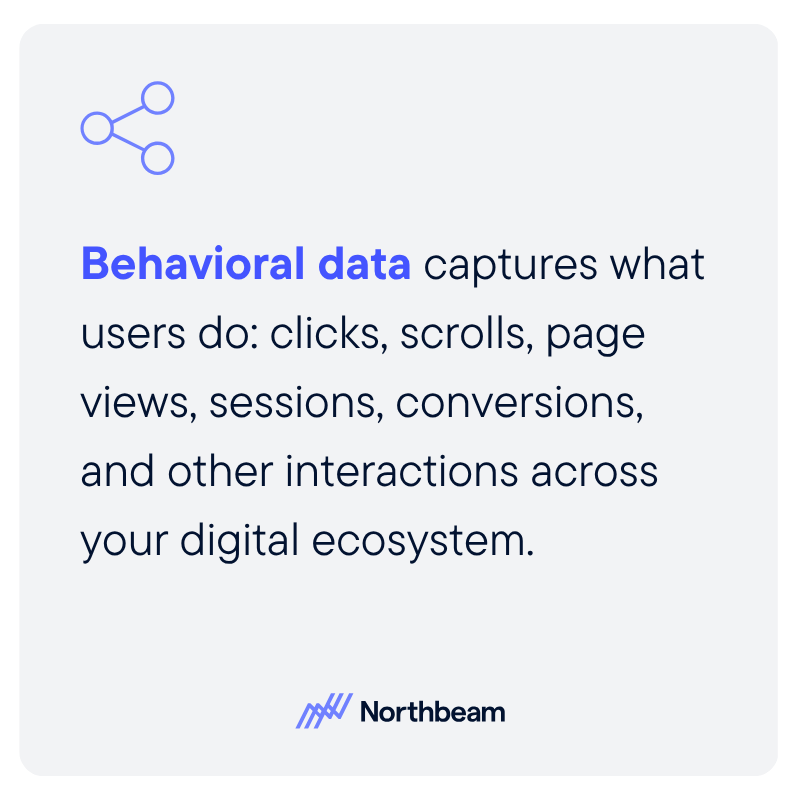
Behavioral data captures what users actually do: the clicks, scrolls, page views, sessions, and conversions that map every interaction across your digital ecosystem.
Unlike demographic or firmographic data, which describe who your users are, or attitudinal data, which suggest what they believe, behavioral data shows the truth of how they behave.
This distinction makes behavioral data the most dynamic and revealing signal in modern marketing.
It surfaces user intent, identifies friction points, and uncovers the paths people take on their journey from first touch to loyal customer.
By tracking and interpreting these interactions in real time, teams gain a living, breathing view of their audience that evolves as quickly as user behavior itself.
Types & Sources of Behavioral Data
Behavioral data comes from nearly every point of contact between a user and your brand. Each click, view, or interaction adds another clue about intent, engagement, and value. The strongest insights emerge when you connect these signals across channels.
On-Site and In-App Behavior
On-site and in-app behavioral data include the most immediate actions: page views, clicks, scroll depth, navigation paths, session length, and drop-off points.
These reveal how users explore your site or product and where they hesitate or lose interest.
Engagement with Content and Campaigns
Email opens, ad clicks, video views, and social interactions all reflect how users respond to your messaging, highlighting what resonates and drives follow-up actions across channels.
Transaction and Commerce Behavior
Product views, add-to-cart events, purchases, and abandonments capture commercial intent. These are some of the clearest signals of conversion likelihood and revenue potential.
Feature and Product Usage
Post-purchase behavior offers rich insight into customer value: which features users adopt, how frequently they engage, and which actions correlate with long-term retention or churn risk.
Offline and Cross-Channel Triggers
When available, in-store visits, event check-ins, or location data can connect digital and physical touchpoints, helping marketers form a continuous picture of the customer journey.
Enriched Behavioral Data
Combining multiple signals, like clicks, dwell time, and scroll behavior, reveals engagement intensity and intent.
Adding contextual layers such as time of day, device type, or location helps predict when and how users are most likely to act.
Challenges in Behavioral Data Collection
The more data you collect, the harder it becomes to keep it clean and consistent.
Duplicate identities, bot traffic, missing data, and cross-device fragmentation can distort insights and weaken decision-making. Investing in strong data governance and identity resolution is essential for accuracy and trust.
How to Analyze Behavioral Marketing Insights
Collecting behavioral data is only the first step. The real value comes from transforming raw signals into patterns, predictions, and action.
By analyzing how users move through your product or campaigns, marketers can uncover what drives growth, what slows it down, and where to focus next.
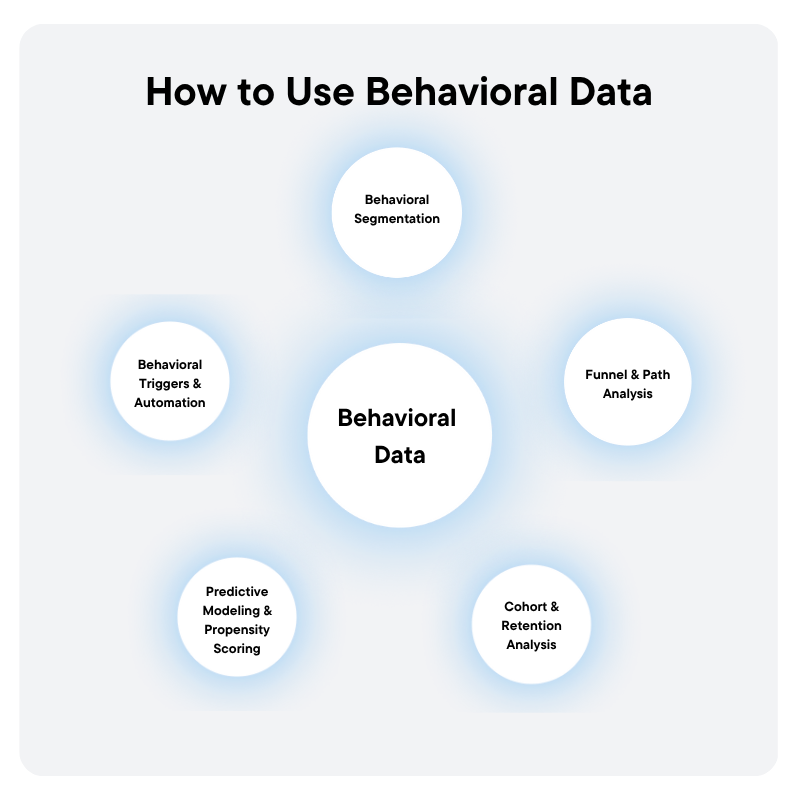
Here’s how to use behavioral data in marketing:
Behavioral Segmentation
Not all users engage in the same way.
Grouping users by behavior patterns, such as frequent users, dormant users, or high-intent browsers, helps tailor experiences to each group’s needs.
According to Growth-Onomics, campaigns built on behavioral segmentation can achieve 10–30% higher conversions compared to one-size-fits-all messaging.
Funnel and Path Analysis
Mapping how users progress through your funnel reveals where they succeed and where they drop off.
By examining navigation paths, session sequences, and exit points, teams can identify friction zones and optimize the steps that lead to higher completion or purchase rates.
Cohort and Retention Analysis
Cohort analysis compares groups of users who share a common trait, such as acquisition date or campaign source, to see how engagement and retention evolve over time.
It’s a powerful way to measure the long-term impact of marketing decisions and uncover which channels or features sustain loyalty.
Predictive Modeling and Propensity Scoring
By applying machine learning or statistical models, marketers can use behavioral signals to predict what users are likely to do next: whether they’ll churn, re-engage, or upgrade.
These predictive insights allow teams to prioritize outreach and personalize timing with precision.
Anomaly Detection and Trend Shifts
Sudden changes in user behavior often serve as early warnings.
A spike in drop-offs or a dip in feature usage can signal a broken experience, performance issue, or shift in audience interest.
Automated monitoring helps teams respond before small issues become widespread problems.
Behavioral Triggers and Automation
Once you understand behavior patterns, you can act on them in real time.
Set up triggers, like cart abandonment emails, onboarding nudges, or personalized homepage experiences, that respond automatically to user behavior.
This turns insights into impact, driving engagement while reducing manual effort.
Applications: Driving Growth with Behavioral Data
Once behavioral insights are in place, marketers can turn them into concrete strategies that drive growth, retention, and efficiency.
By understanding how users act, not just who they are, teams can personalize experiences, refine journeys, and optimize spend based on what actually moves the needle.
Personalization and Content Targeting
Behavioral data powers personalization that feels natural, not forced.
By analyzing browsing history, click behavior, and content preferences, marketers can tailor offers, recommendations, or creative assets to each user’s demonstrated interests.
When personalization reflects real actions rather than assumptions, it builds trust and boosts engagement.
Retargeting and Remarketing
Not every interaction ends in conversion, but behavioral retargeting helps close the loop.
Dynamic ad creative can automatically show users the products or services they viewed but didn’t purchase, keeping intent alive across channels.
When tied to behavioral thresholds (like time since last visit or cart activity), these campaigns turn lost opportunities into recoverable value.
Onboarding and Activation Flows
Early behavior is one of the strongest predictors of long-term success.
Monitoring how new users engage (which features they try, where they get stuck, or what they skip) allows teams to guide them toward key “aha” moments faster.
Adaptive onboarding sequences, in-app tips, and behavior-based nudges all help accelerate activation.
Retention and Churn Prevention
Declining activity patterns can reveal churn risk before it happens.
By tracking metrics like session frequency, feature use, or content engagement, marketers can flag at-risk users and proactively re-engage them with reminders, loyalty offers, or personalized outreach.
A small, timely intervention often saves a customer relationship.
Optimizing User Journeys and Removing Friction
When users repeatedly drop off or hesitate in specific areas, it’s often a sign of friction, whether that’s due to unclear messaging, broken UX, or irrelevant steps.
Funnel and path data highlight these pain points so teams can refine copy, simplify navigation, and reduce cognitive load, improving both satisfaction and conversion rates.
Resource Allocation and Campaign Optimization
Not all engagement is created equal. User behavior analytics show which segments or campaigns deliver the strongest downstream impact, including higher conversions, longer retention, or greater lifetime value.
With these insights, marketing teams can shift budget and focus toward the behaviors and audiences that drive the most growth.
In short, behavioral data doesn’t just describe the customer journey, it actively guides how brands shape it in real time.
Ethical Considerations & Data Governance
As behavioral data becomes more sophisticated, so does the responsibility to handle it ethically. Users expect transparency, control, and respect, and brands that deliver on those expectations build lasting trust and loyalty.
Privacy, Consent, and Transparency
Every interaction tracked should come with clear communication about how data is collected and used.
Transparent consent mechanisms, from cookie banners to preference centers, empower users to make informed choices and strengthen brand credibility in the process.
Anonymization and Data Protection
Even when consent is granted, identifiable data should be handled carefully.
Techniques like anonymization, de-identification, and aggregation help preserve analytical value while protecting user privacy.
The goal is to understand patterns, not individuals.
Regulatory Compliance
Compliance with privacy laws such as the GDPR, CCPA, and emerging regional regulations isn’t just a legal box to check, it’s a marketing advantage.
Companies that embed ethical data handling into their operations earn consumer trust and reduce long-term risk.
Transparency and accountability are core to sustaining user relationships.
Balancing Utility and Intrusion
Personalization should enhance the customer experience, not overstep it. Behavioral insights can quickly become invasive if they feel manipulative or overly precise.
Striking the right balance means using data to serve user needs, not just brand goals.
Governance and Data Quality
Good data governance ensures that behavioral insights remain accurate, representative, and fair. That means auditing data sources, correcting bias or sample skew, and validating inferences before acting on them.
Behavioral data is only as reliable as the systems and standards that manage it.
When used responsibly, behavioral data deepens relationships rather than exploiting them, allowing marketers to deliver relevance with integrity, and innovation with accountability.
[Example] Behavioral Data in Marketing
To see data in action, let’s look at how a SaaS company might use it to boost user retention and reverse churn through behavior-based interventions.

1. Detecting the Signal
User behavior analytics reveal that users who stop using Feature X within their first two weeks are 60% more likely to churn by Month 2.
The company sets up a dashboard to monitor feature usage daily and flags users whose engagement drops below a set threshold.
2. Segmenting the Audience
Two segments are defined:
- Healthy users: actively using Feature X multiple times per week.
- At-risk users: engaged early but showing declining or zero activity after Week 1.
3. Designing the Intervention
The marketing and product teams collaborate to create targeted nudges for the at-risk group:
- An automated email highlighting how top users benefit from Feature X.
- A short in-app tutorial that reintroduces the feature’s value and provides an incentive to try it again.
4. Acting on the Behavior
These messages are triggered dynamically: as soon as a user meets the “at-risk” criteria, the system deploys the re-engagement sequence automatically.
5. Measuring the Impact
After 30 days, the team compares cohorts: users who received the nudge show a 22% higher retention rate and a 35% higher likelihood of upgrading to paid plans compared to the control group.
Why It Works
By connecting usage data with automated triggers, the company transformed passive observation into proactive engagement.
Instead of reacting to churn after it happens, they used behavioral insights to predict and prevent it, turning early warning signs into growth opportunities.
Behavioral data isn’t just diagnostic; it’s prescriptive. When used thoughtfully, it closes the gap between insight and action, allowing marketers to intervene at precisely the right moment to change the outcome.
Implementation Prompts & Next Steps
Using behavioral analytics in your marketing strategy doesn’t require an overhaul, just a few focused steps to align teams, tools, and tactics. The goal is to start small, prove value, and scale as insights compound.
1. Audit Your Data Collection
Start by mapping out where and how behavioral data currently flows through your systems.
List key touch points (website interactions, app usage, campaign engagement, purchase events) and identify what’s missing.
Clean, comprehensive tracking is the foundation for every insight that follows.
2. Define High-Value Behavioral Signals
Choose two or three metrics that directly tie to growth goals, such as feature engagement, repeat logins, or cart abandonment rate.
Instrument these carefully so you can measure changes in real time and tie them to outcomes like retention or conversion.
3. Build Behavior-Based Segments
Group users by observable actions rather than static traits.
For example:
- Group A: frequent users or buyers
- Group B: new but inactive users
- Group C: churn-risk users showing declining engagement
Launch one tailored campaign for each to validate whether different behaviors truly require different approaches.
4. Set Up Dashboards and Alerts
Use user behavior analytics tools to visualize and monitor trends across cohorts, funnels, and events.
Configure alerts to flag anomalies like sudden drops in activity, usage spikes, or changes in conversion behavior so you can investigate and act quickly.
5. Run Iterative Experiments
Pick one high-impact behavior, such as a checkout drop-off point or low engagement feature, and test a single change like new messaging, a simplified UI, or a retargeting email.
Measure, learn, and repeat. Behavioral insights improve exponentially when paired with experimentation.
Small, systematic improvements like these create a feedback loop between marketing and user behavior, helping teams stay agile, data-informed, and one step ahead of customer needs.
From Insights to Action: The Power of Behavioral Data
Behavioral data turns guesswork into guidance. By observing what users actually do, not just what they say or who they are, marketers gain a real-time window into intent, friction, and opportunity.
From segmentation and personalization to churn prevention and journey optimization, these insights transform every touchpoint into a learning loop.
When paired with ethical data practices and smart experimentation, tracking user behavior for growth can also improve the customer experience.
The takeaway is simple: behavioral data is most valuable when it drives action. Start small, stay curious, and let your users’ behavior lead the way toward sustainable growth.







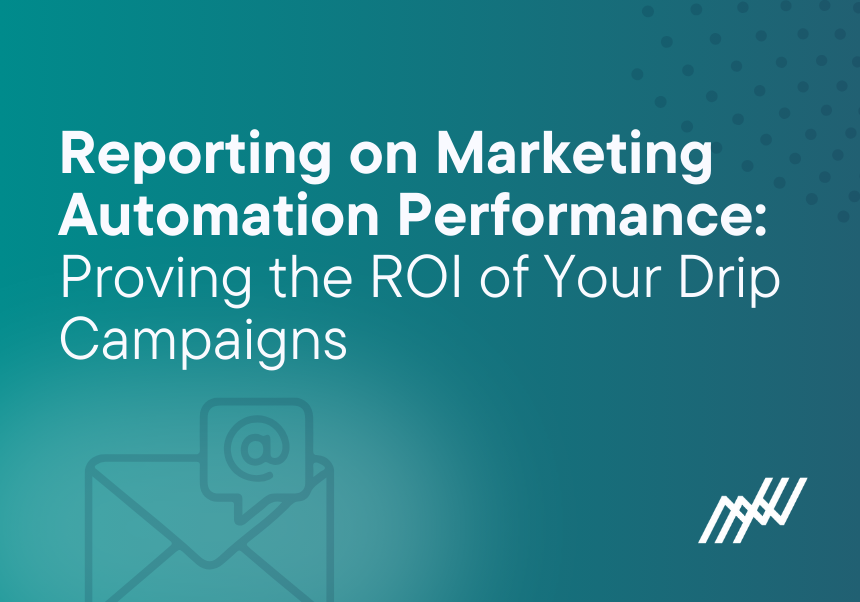
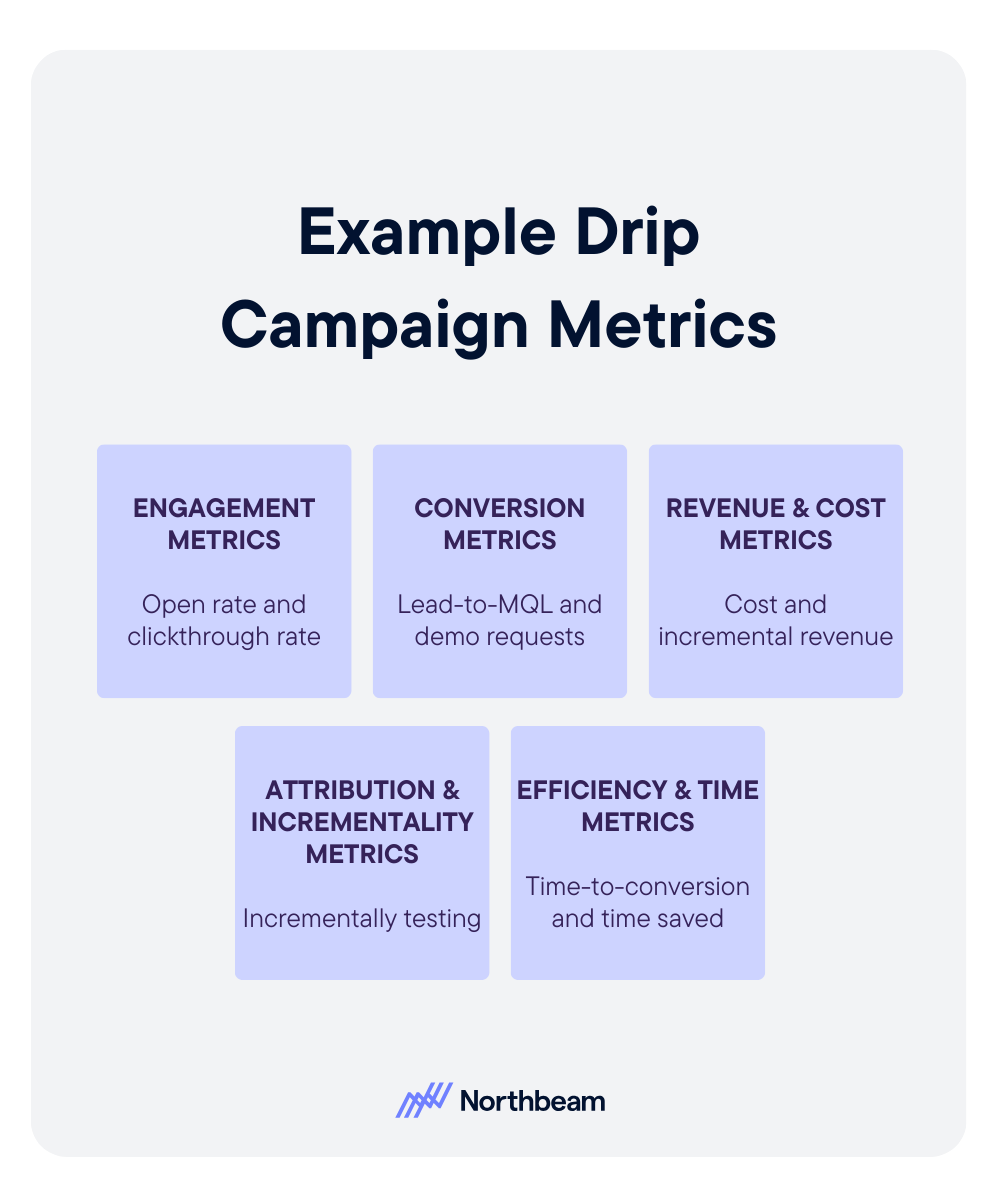


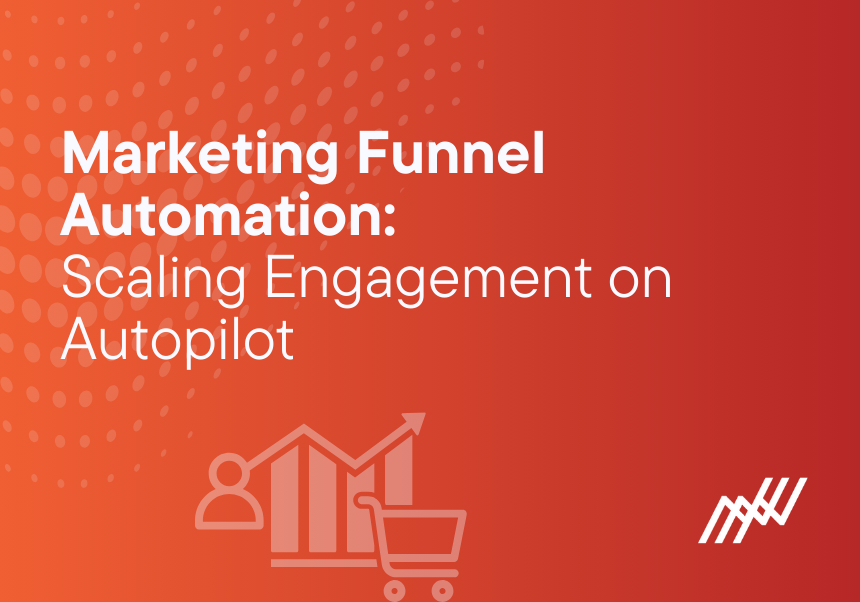
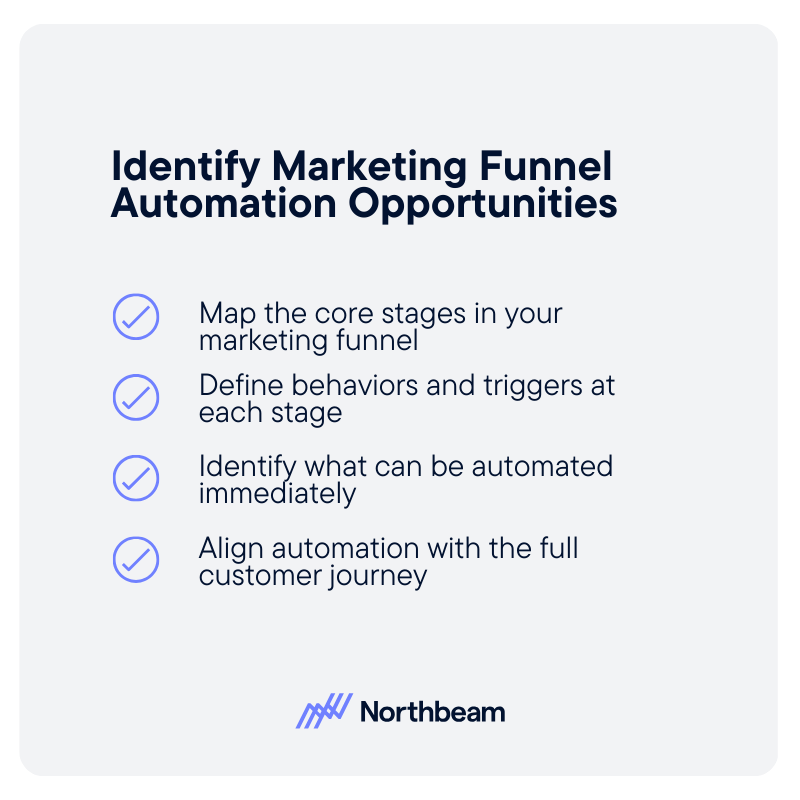
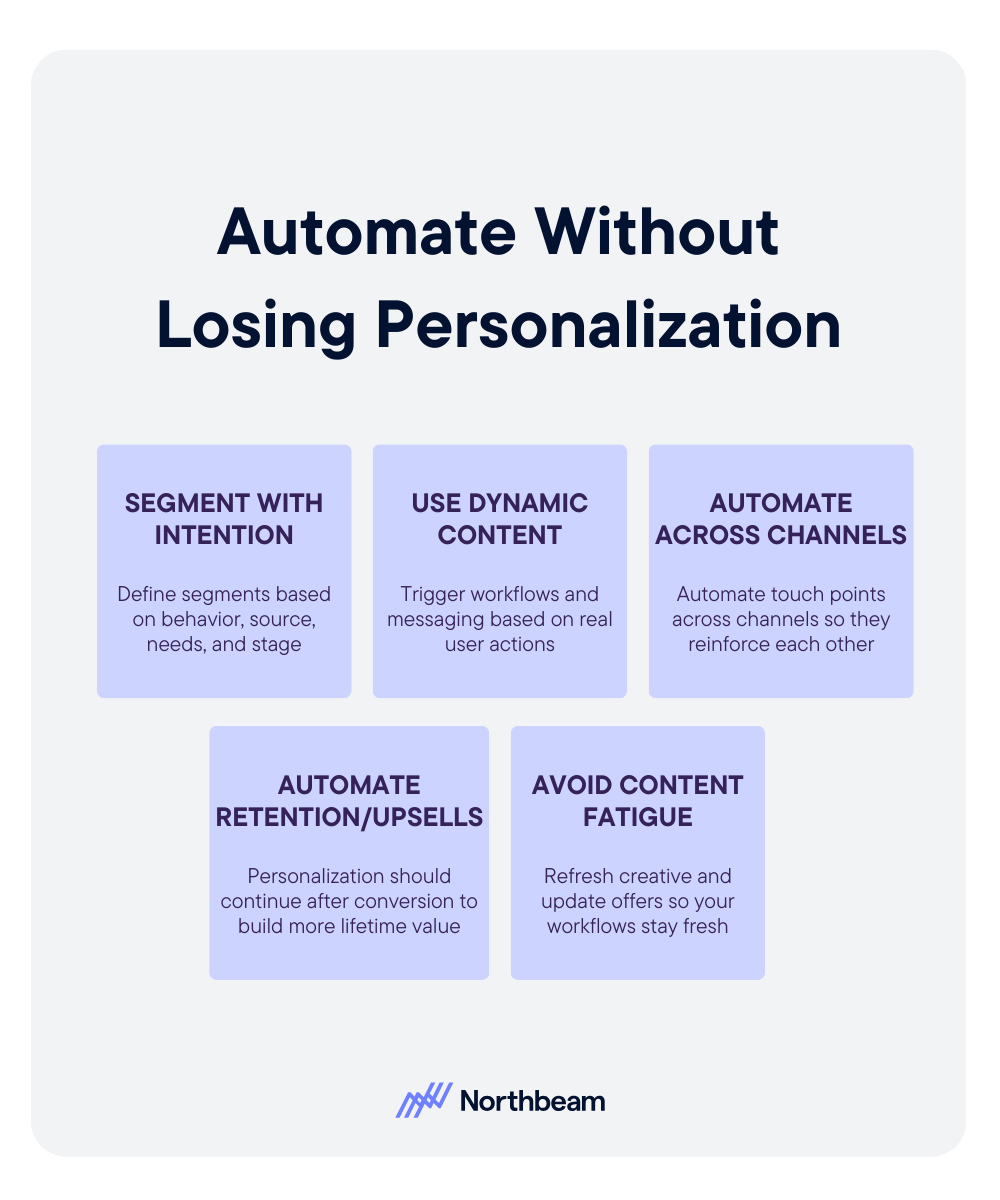
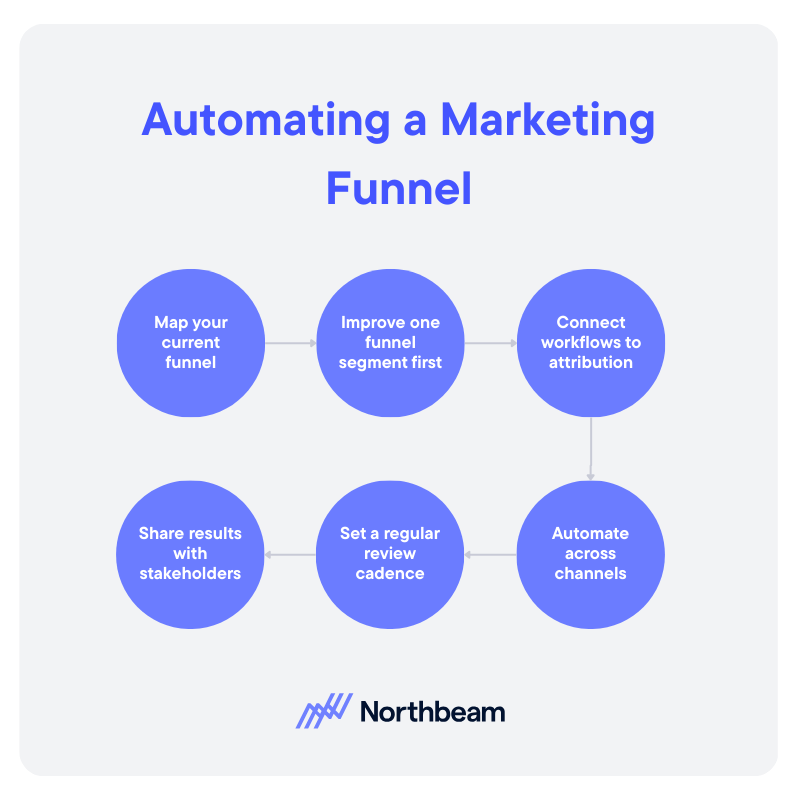





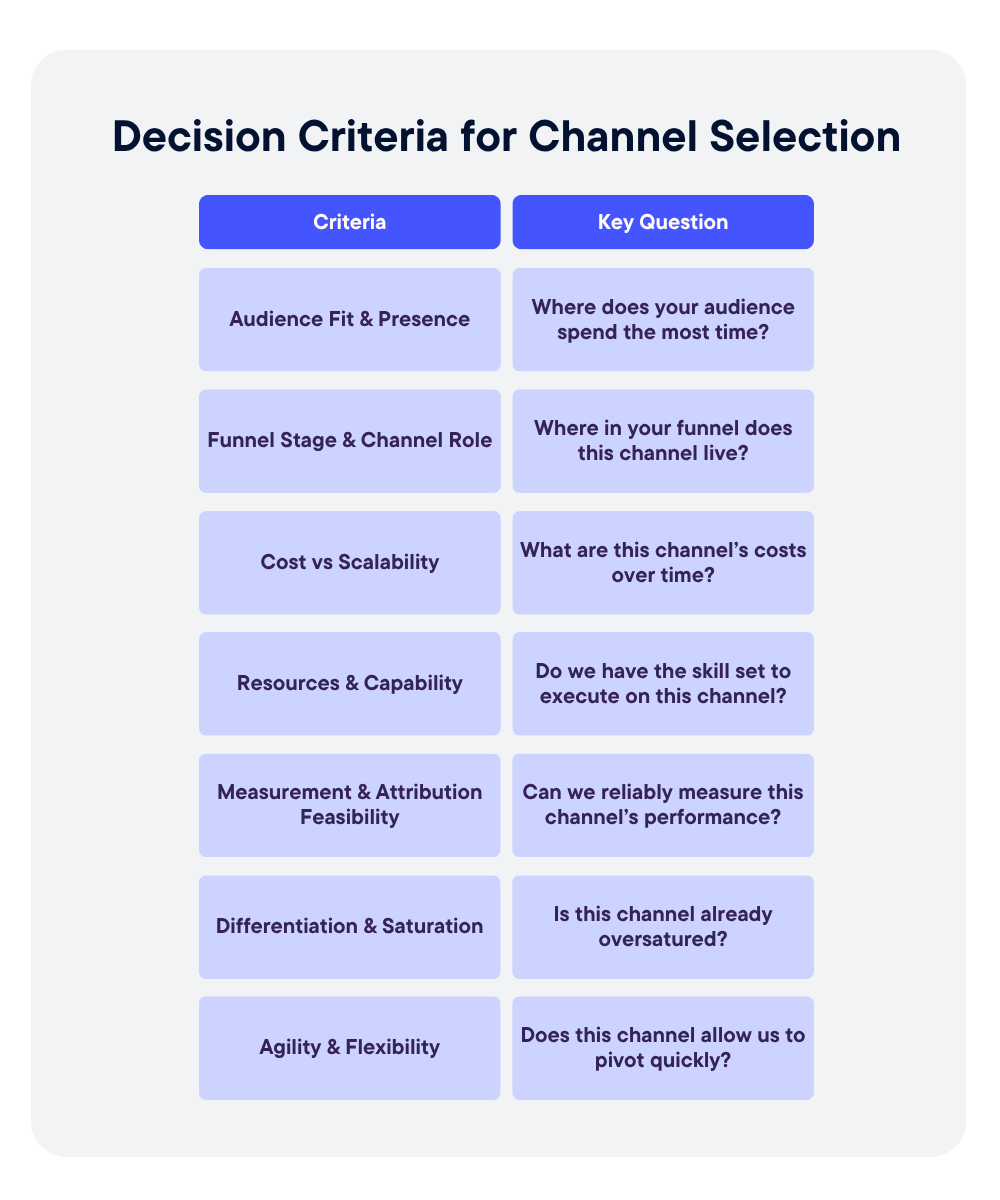
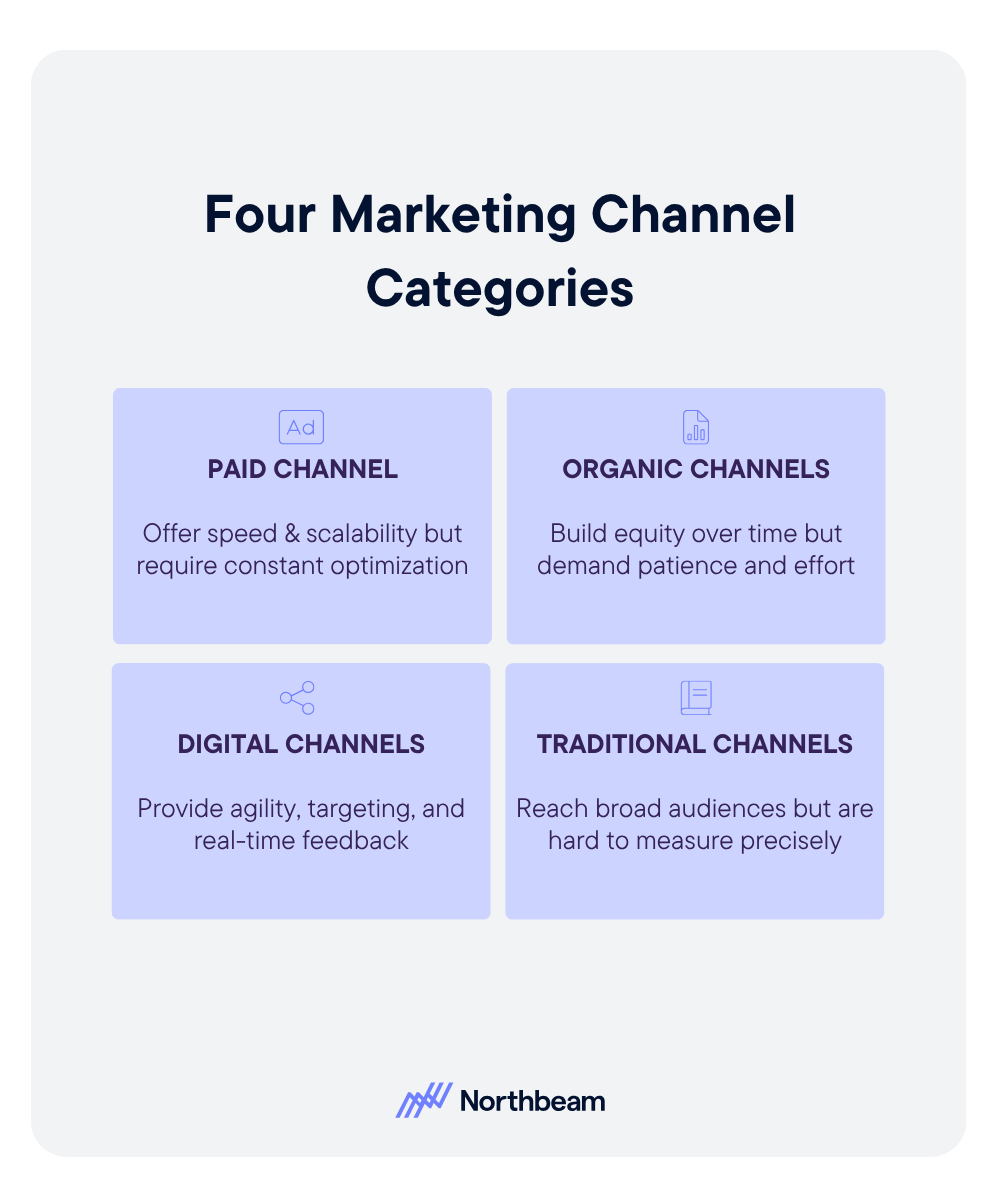
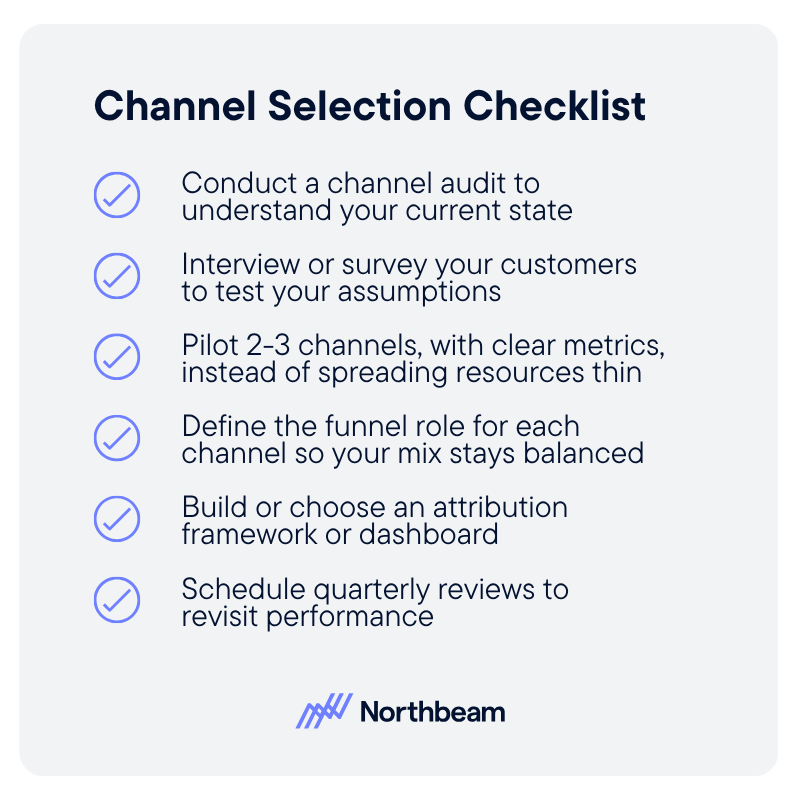

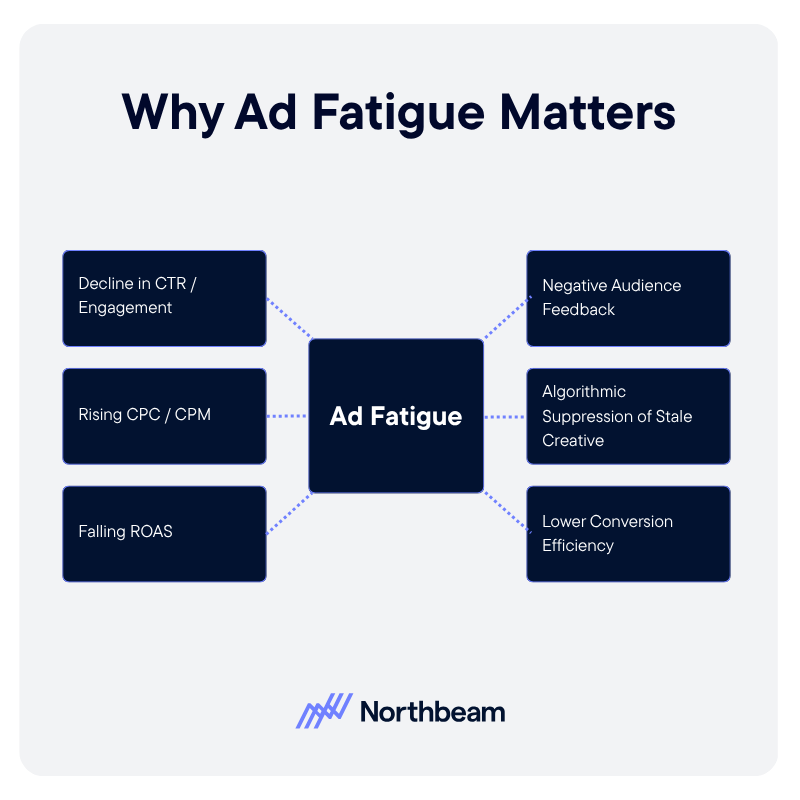
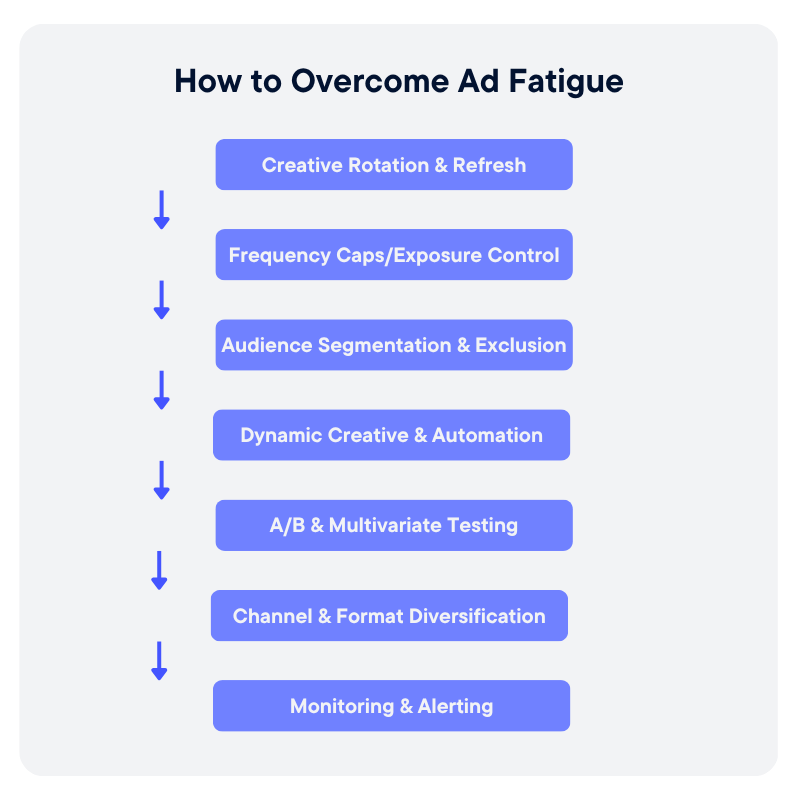
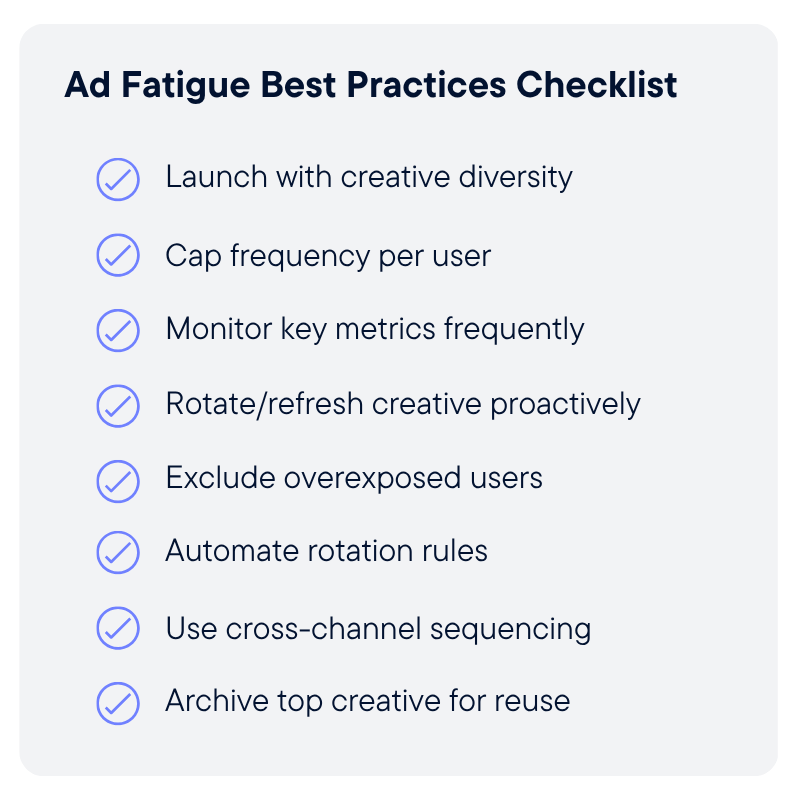

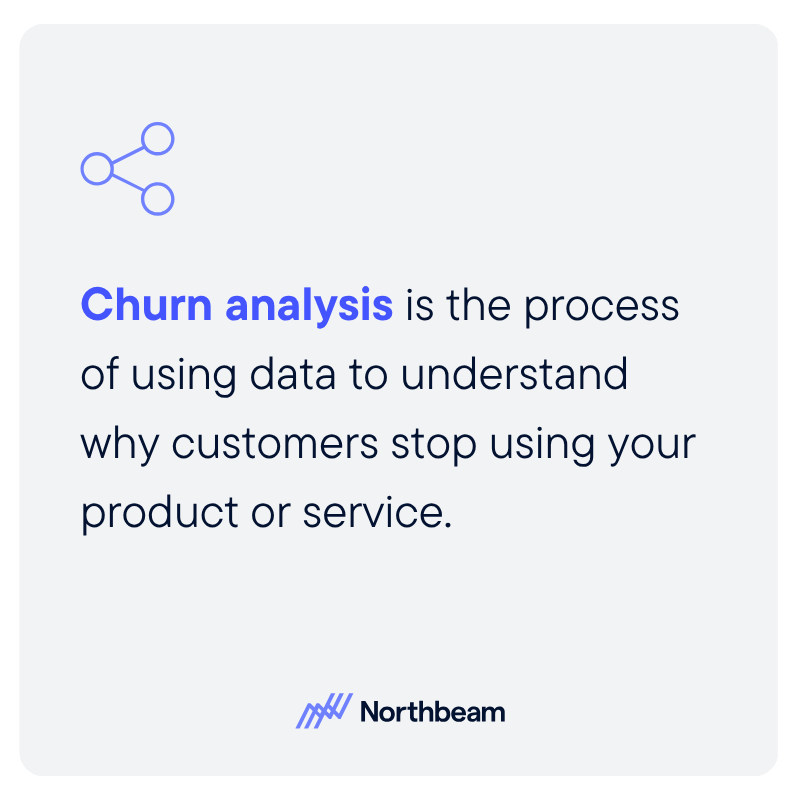
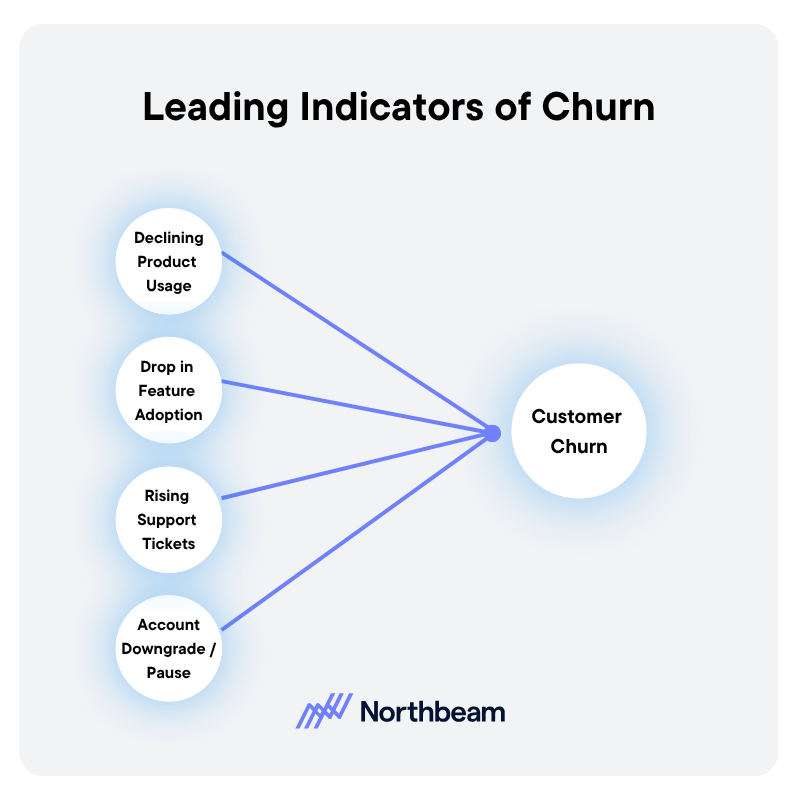
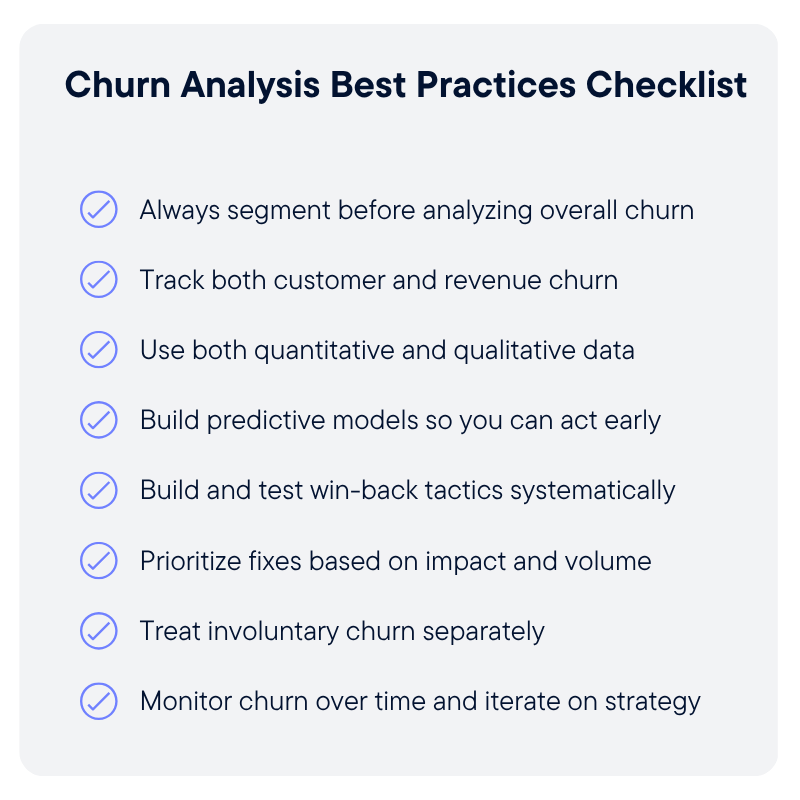
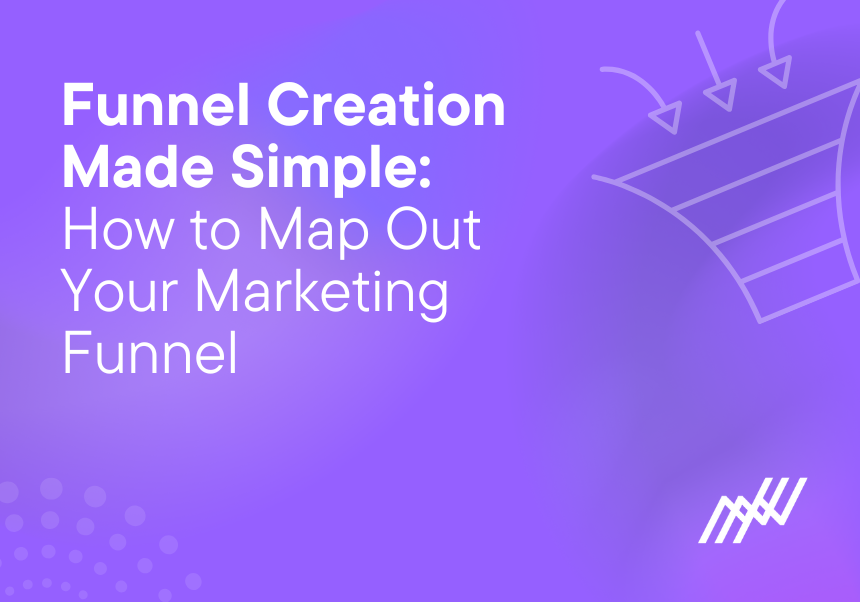
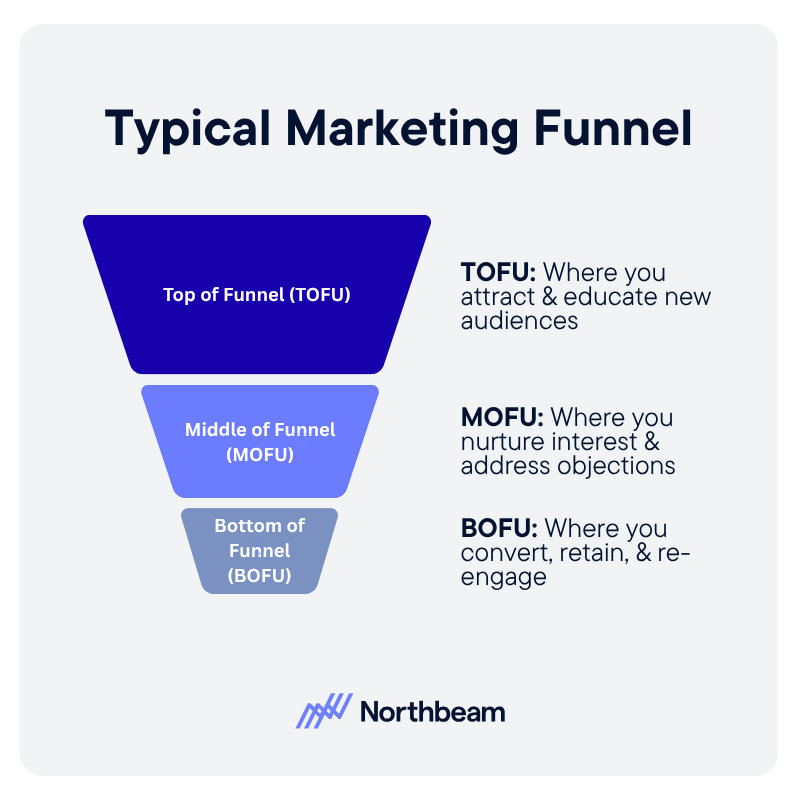
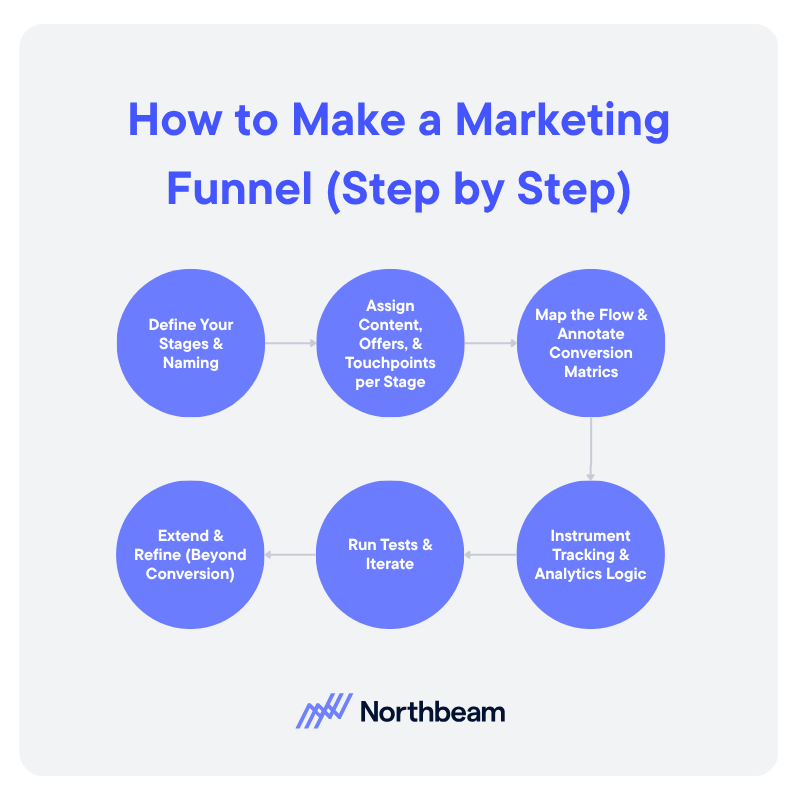
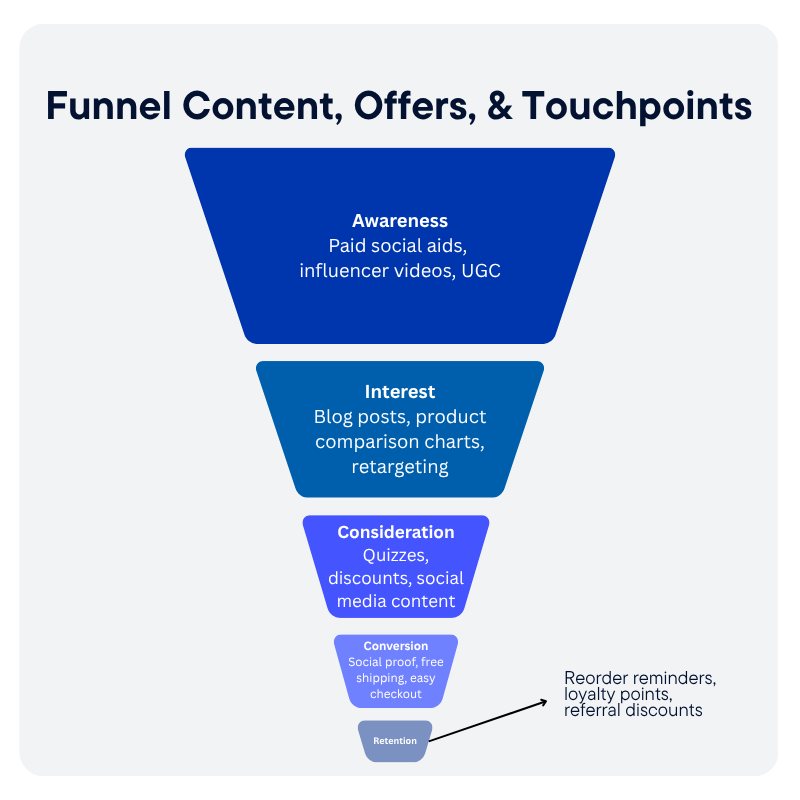
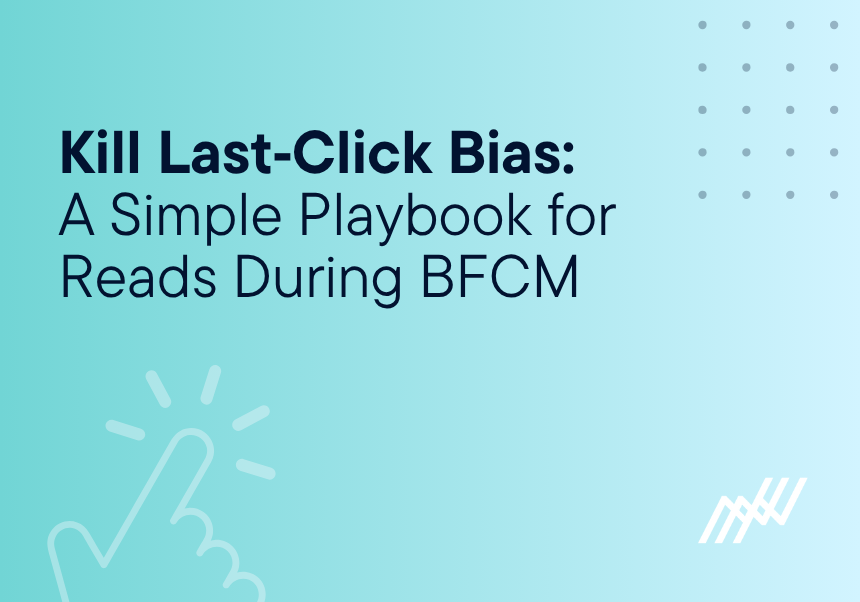

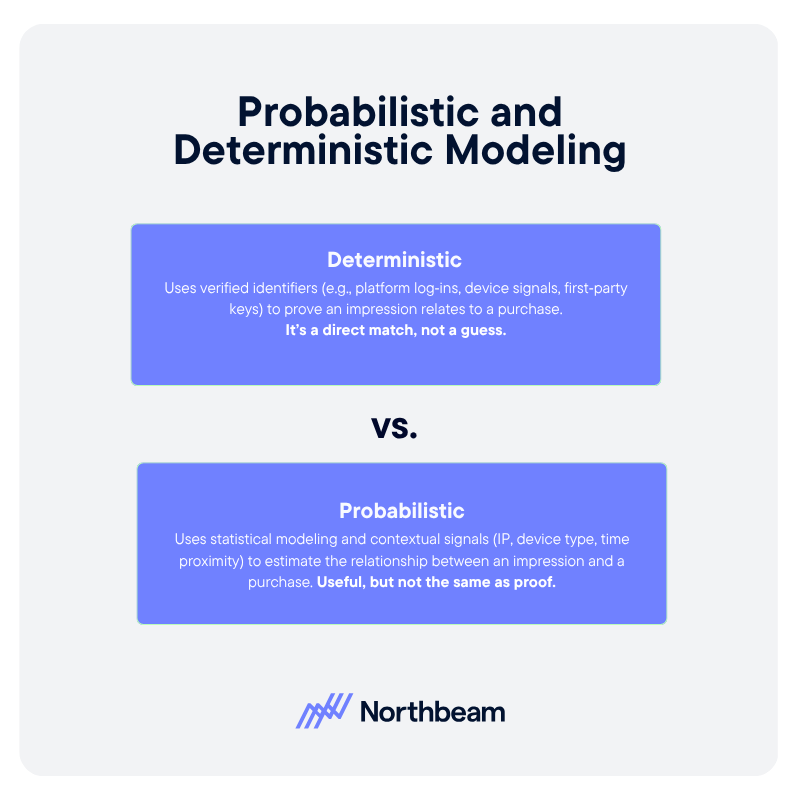




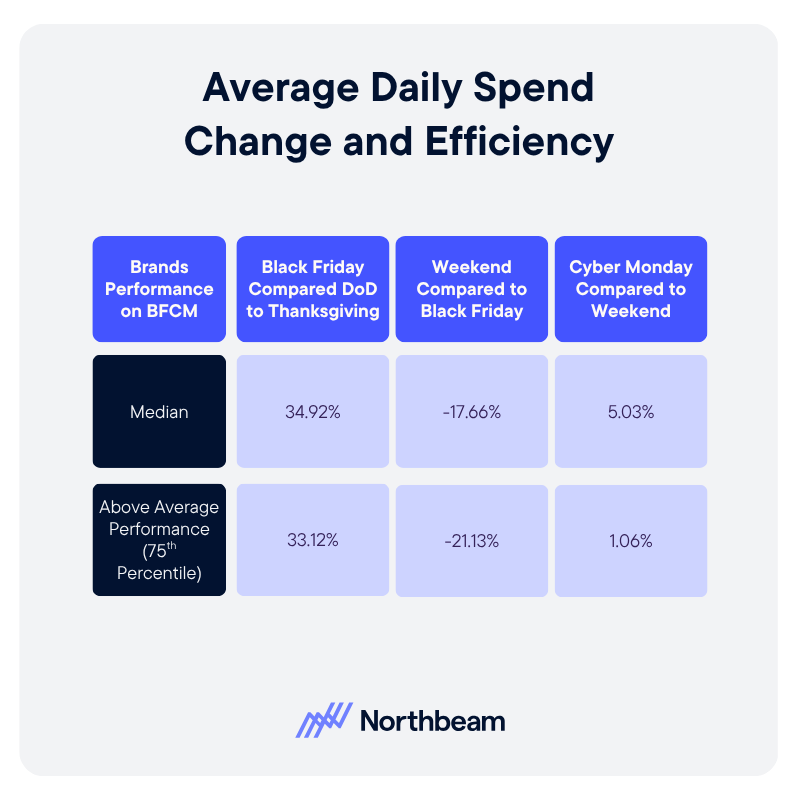
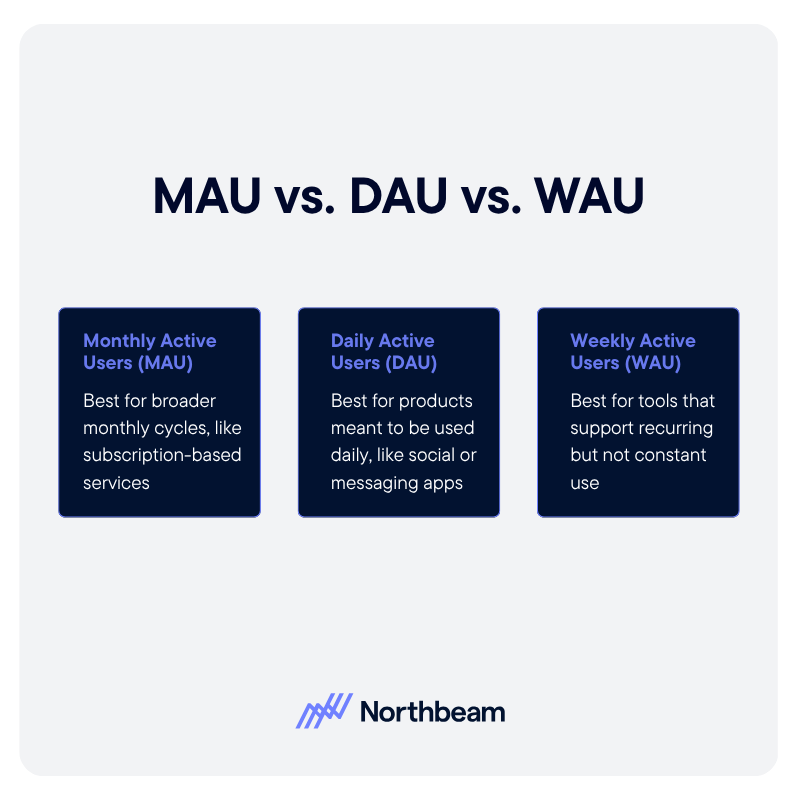

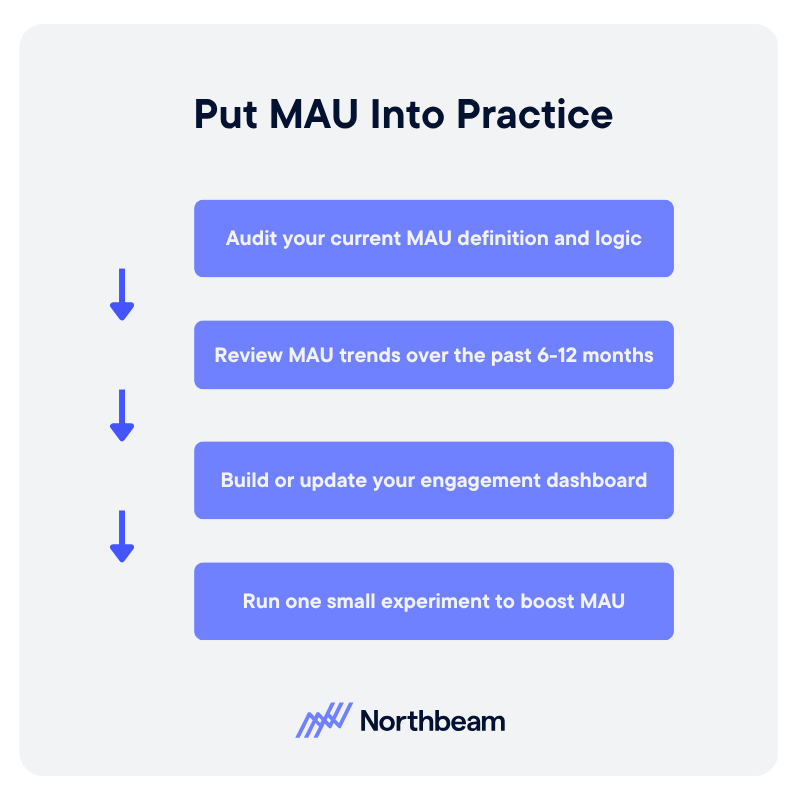
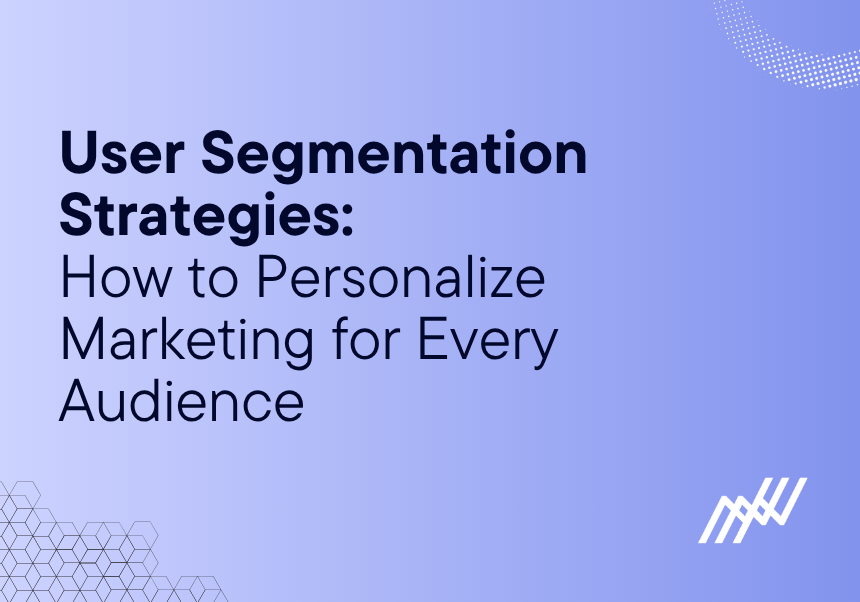
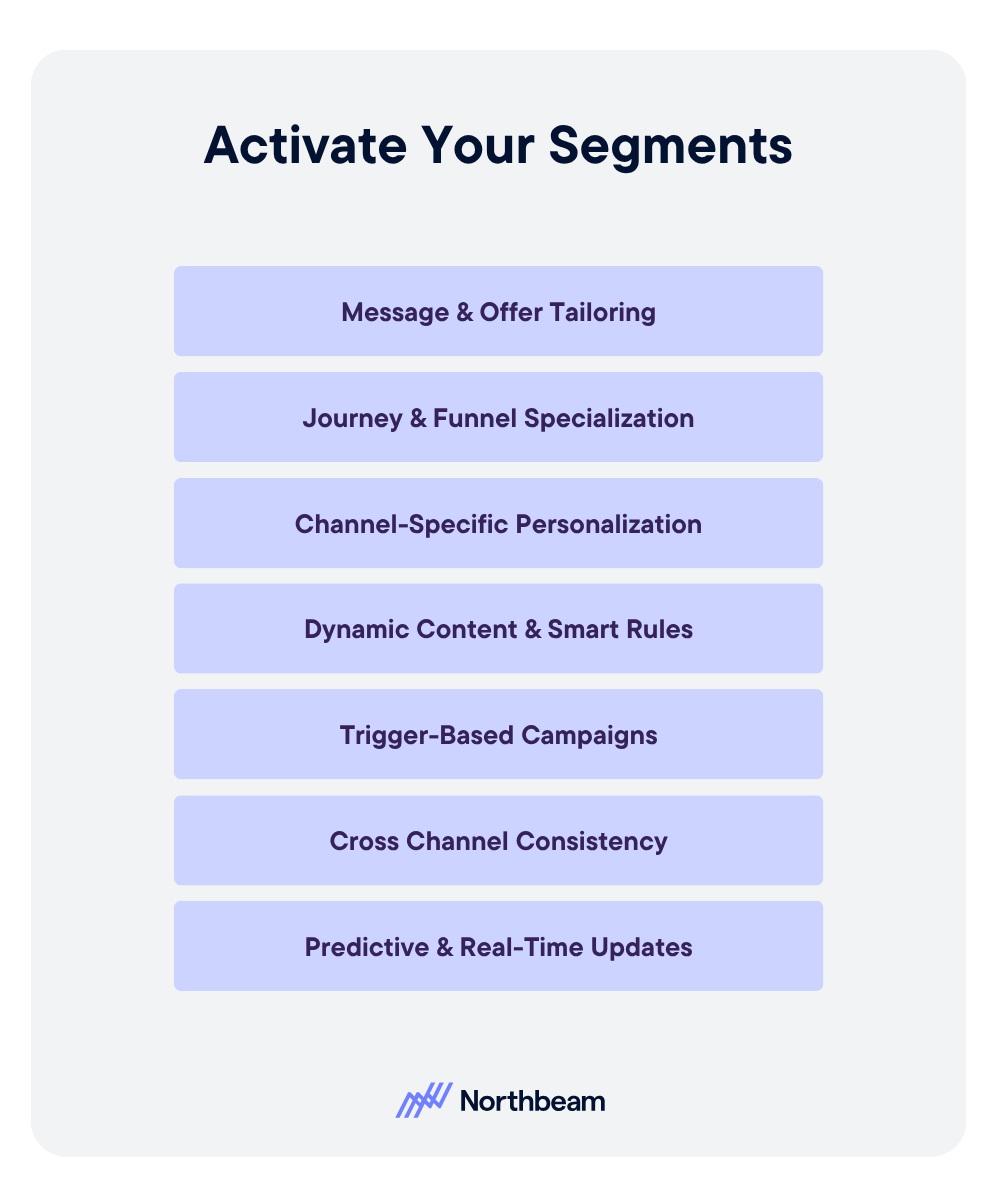
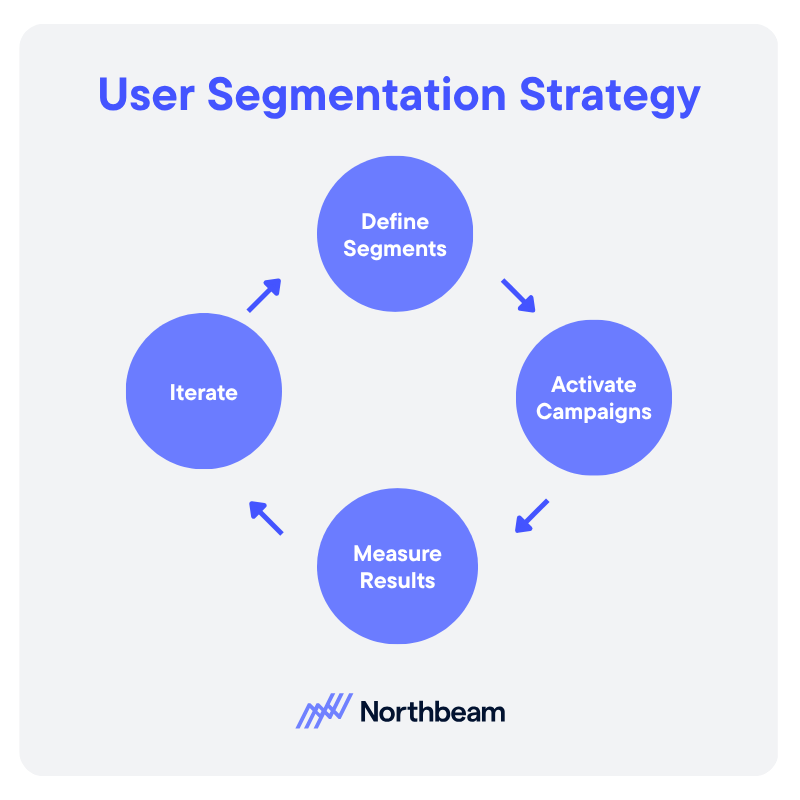
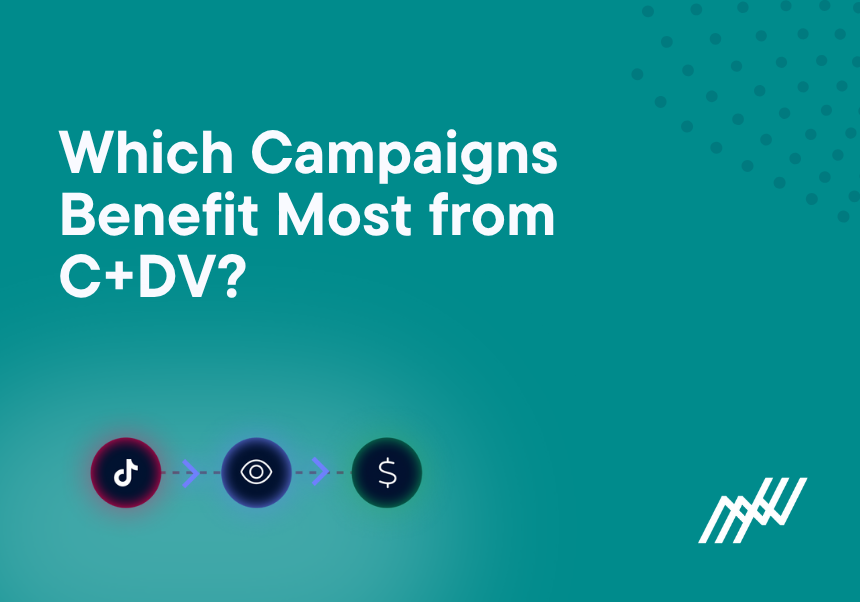

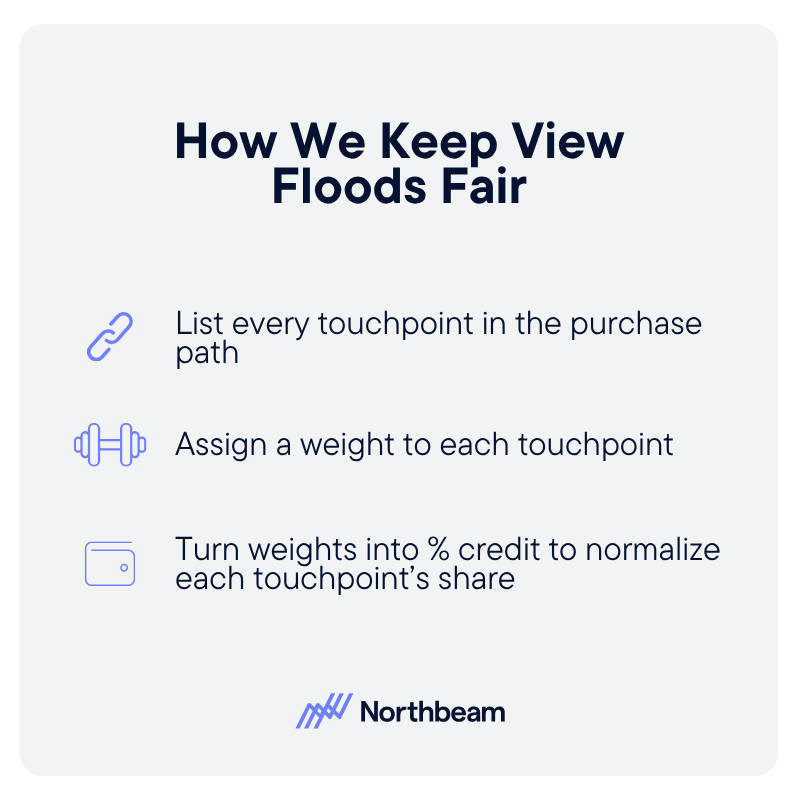
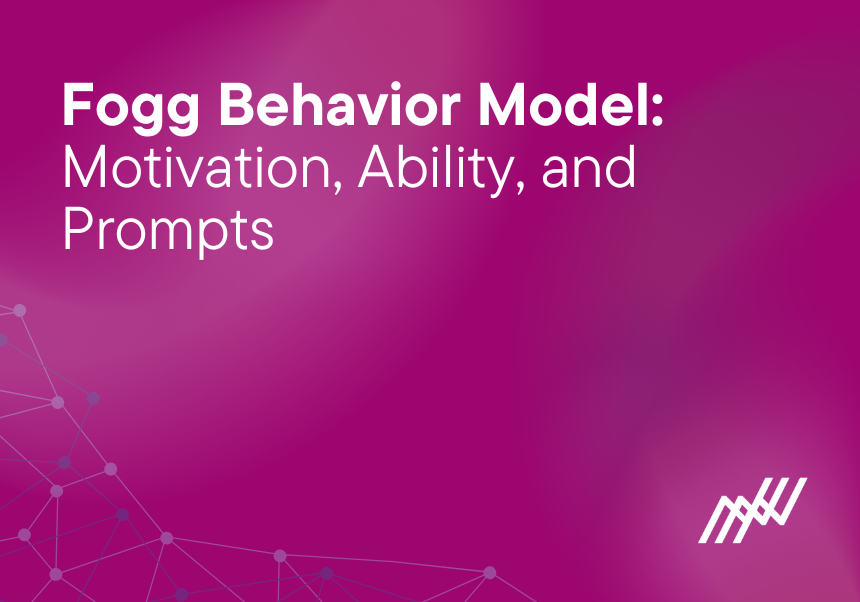


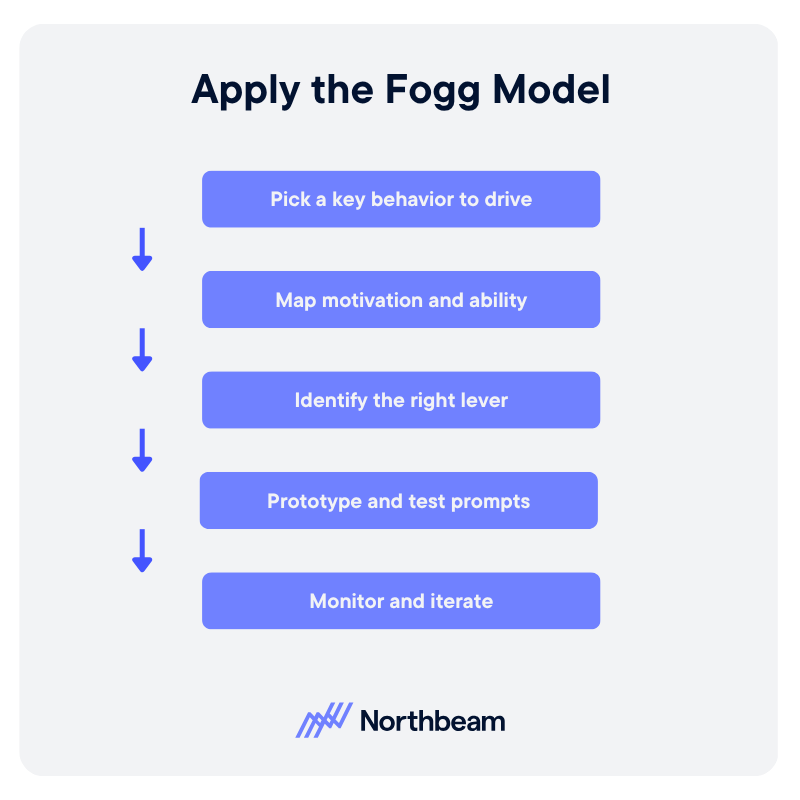

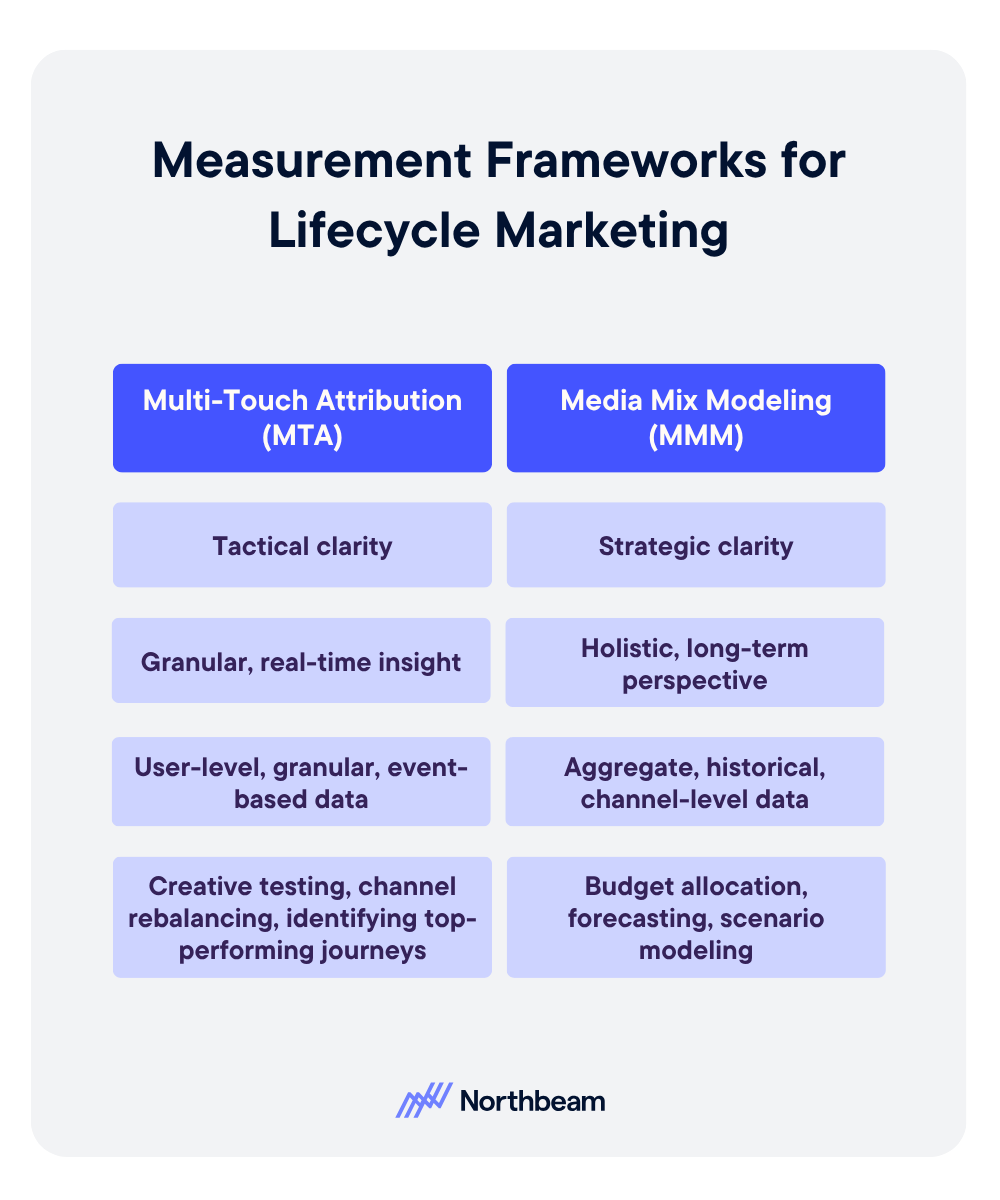
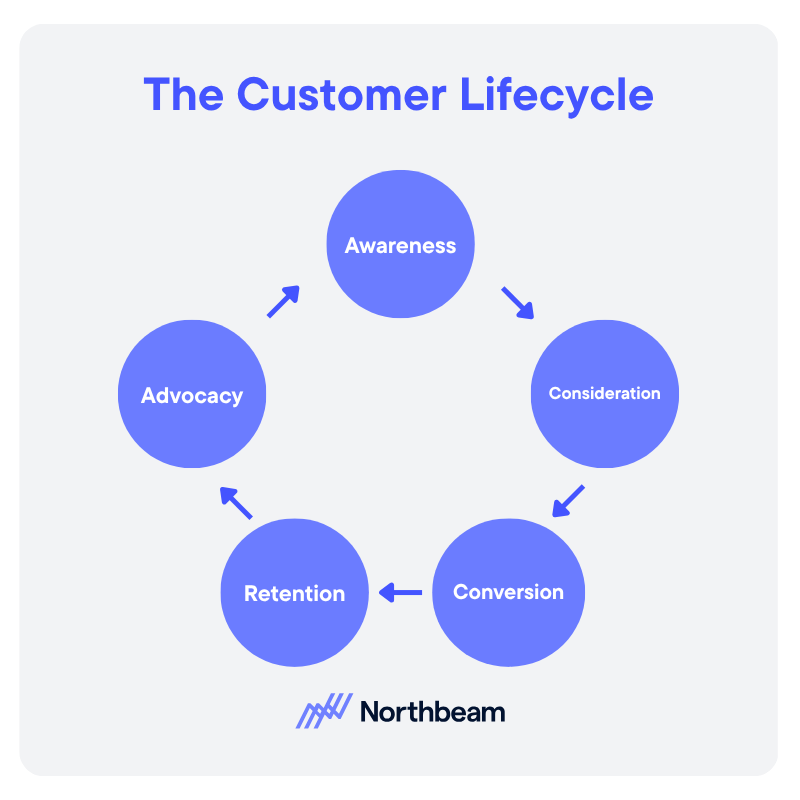
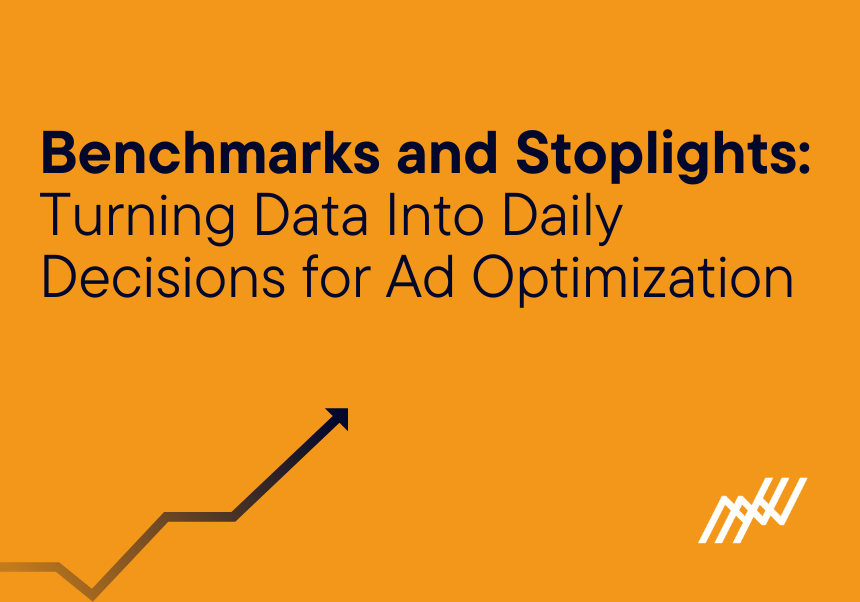
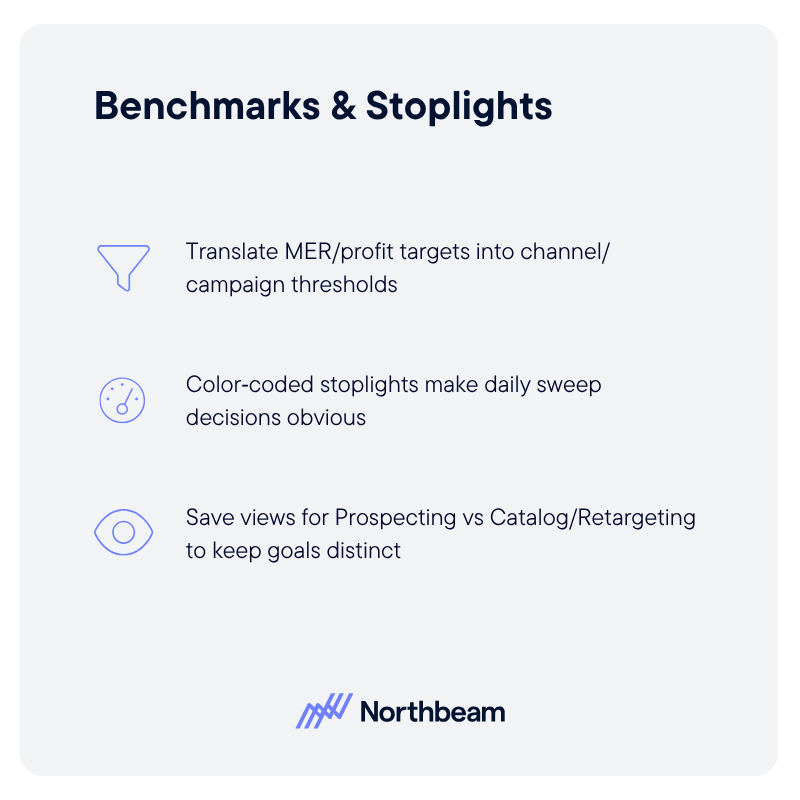
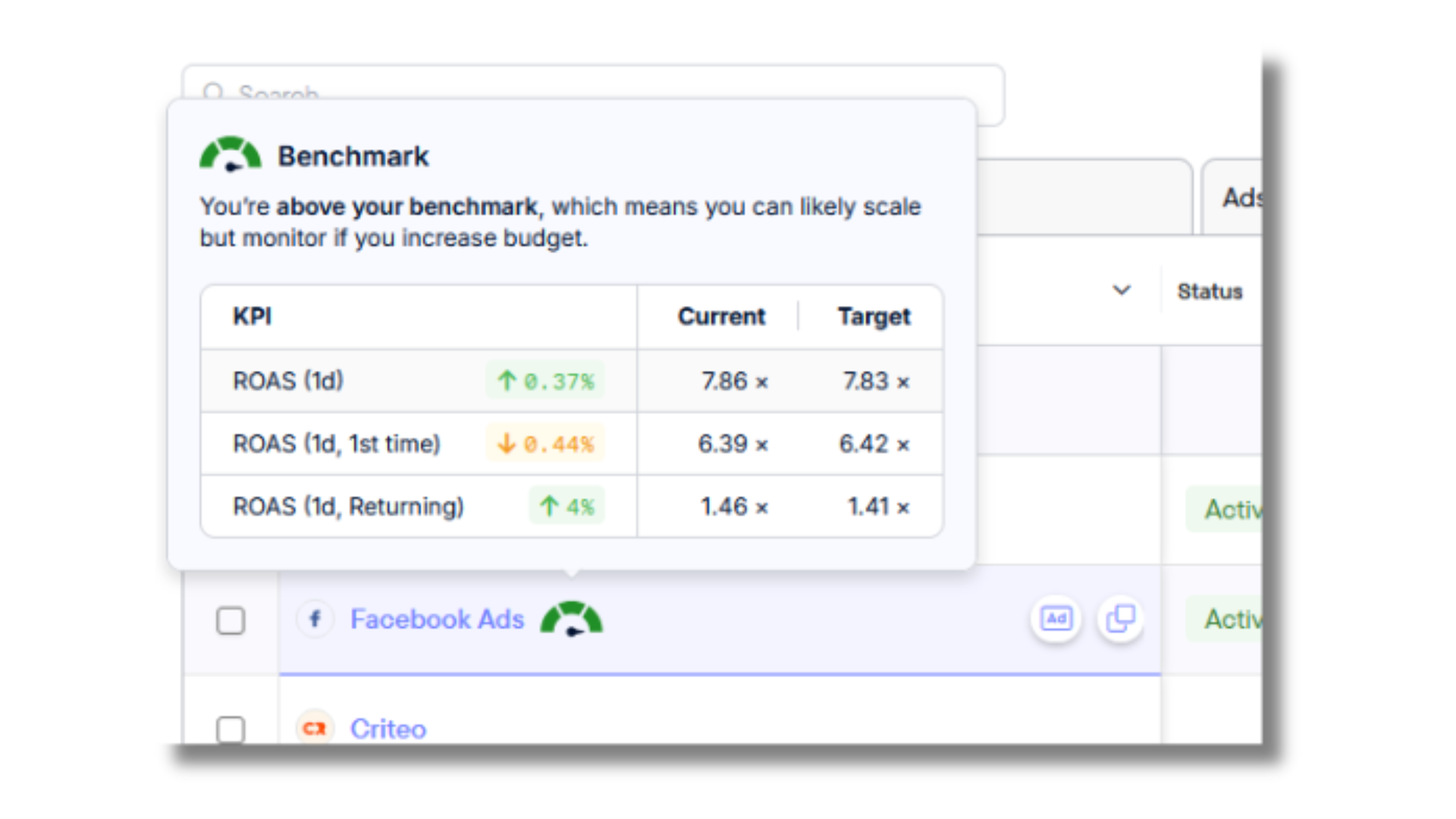
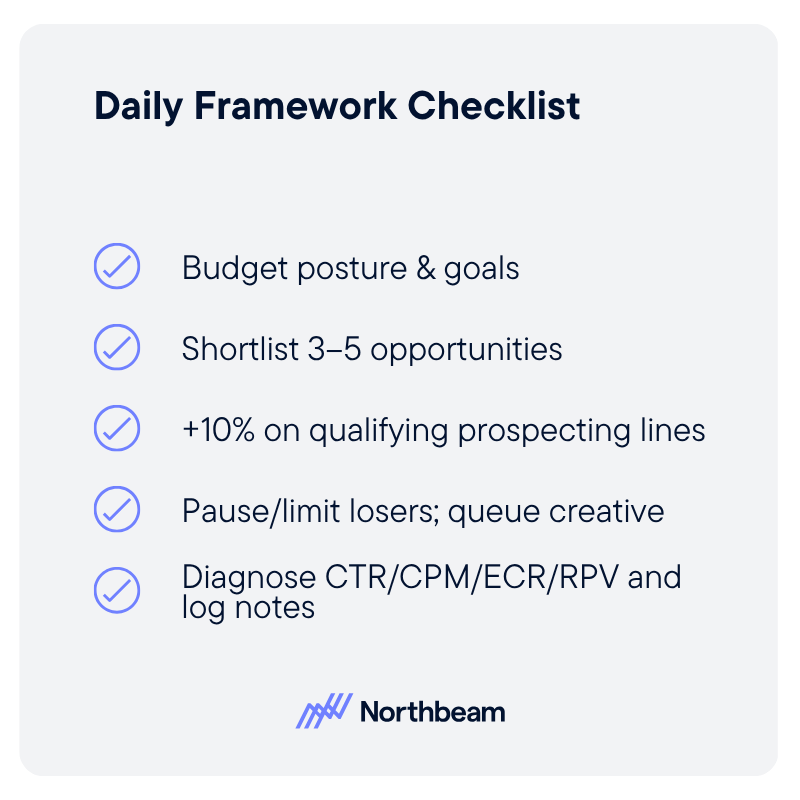
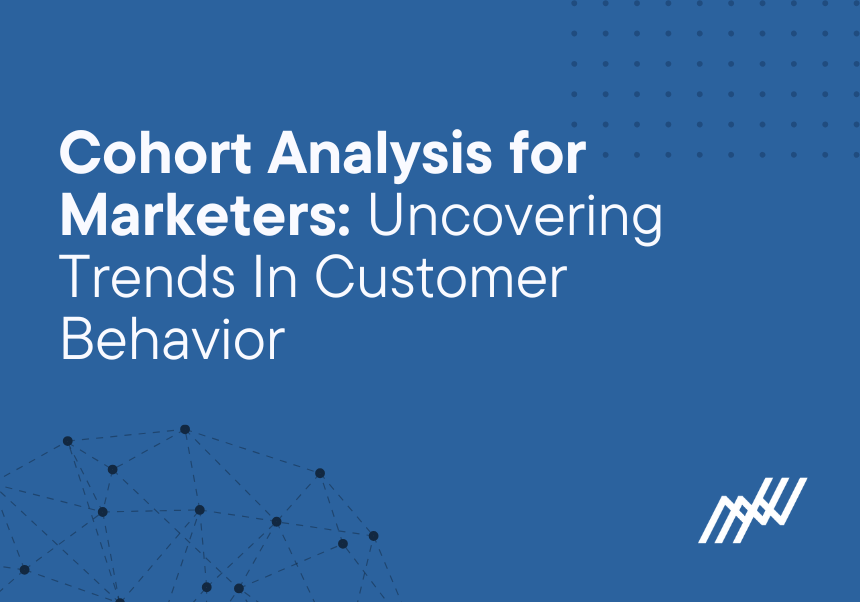
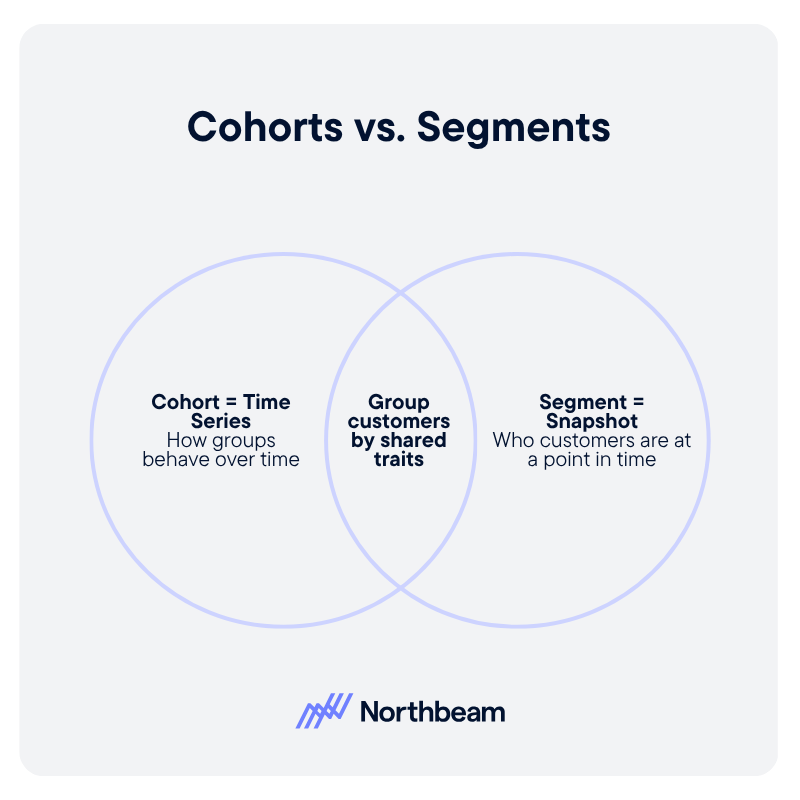
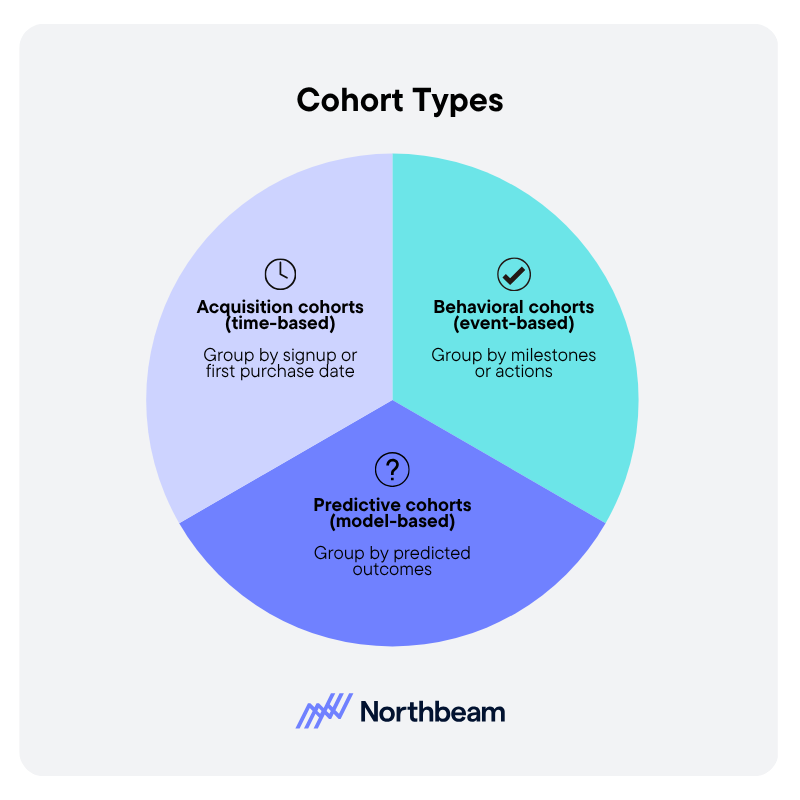
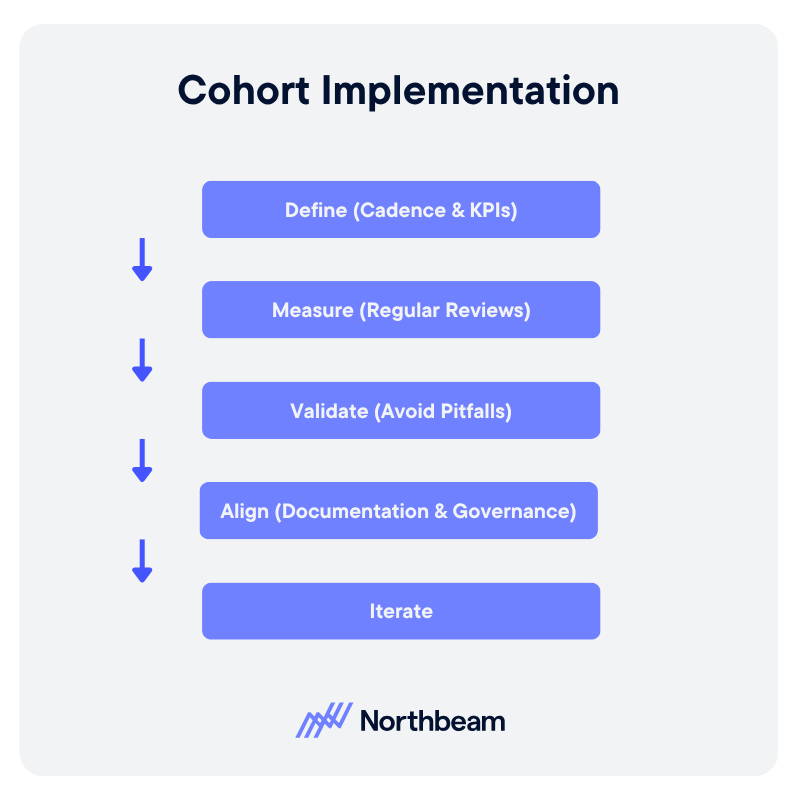
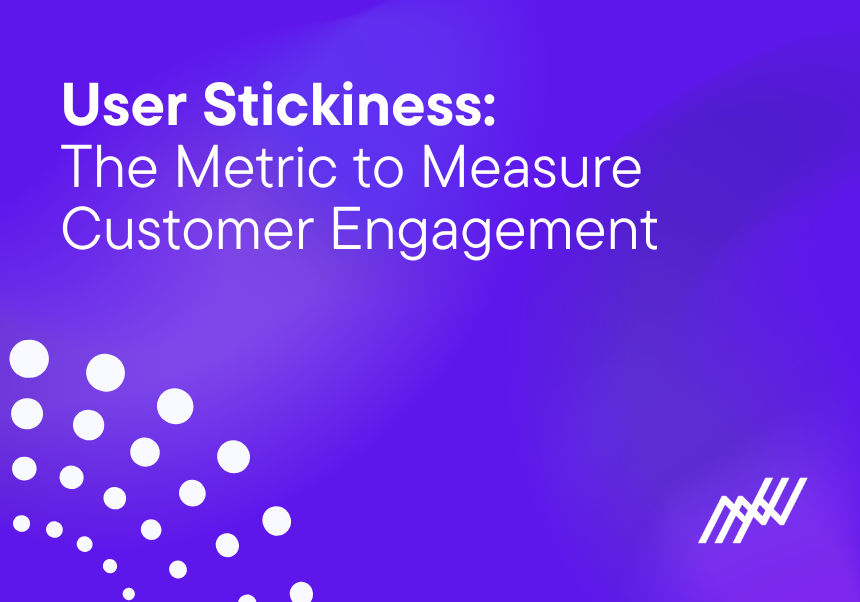
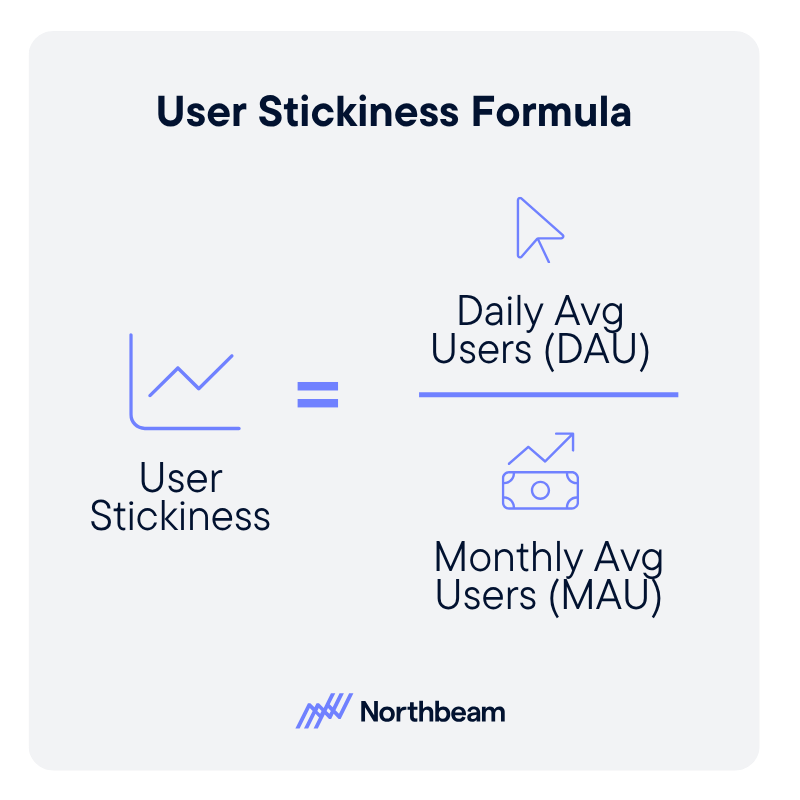
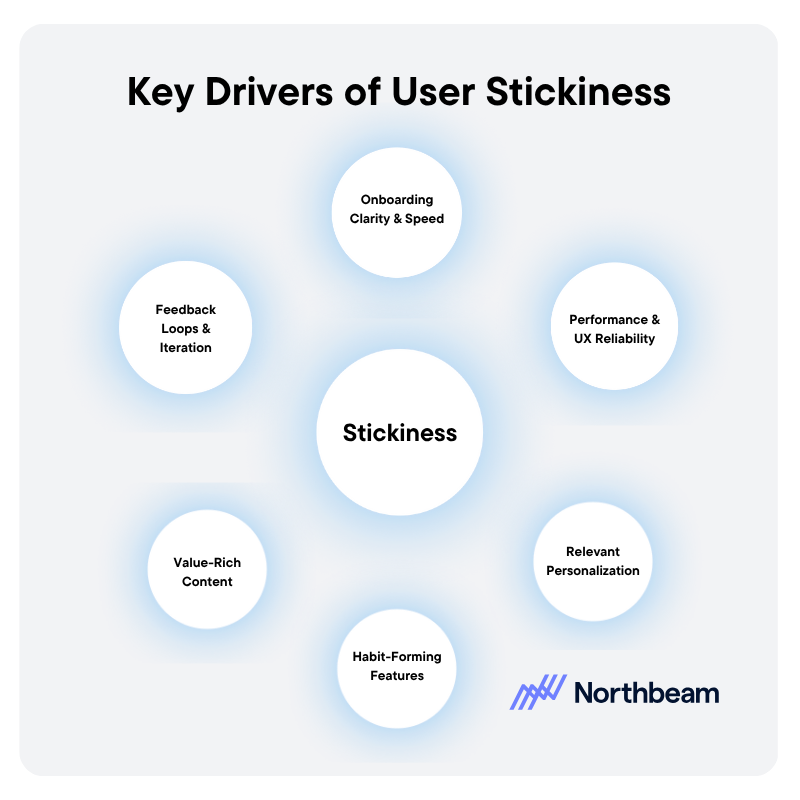
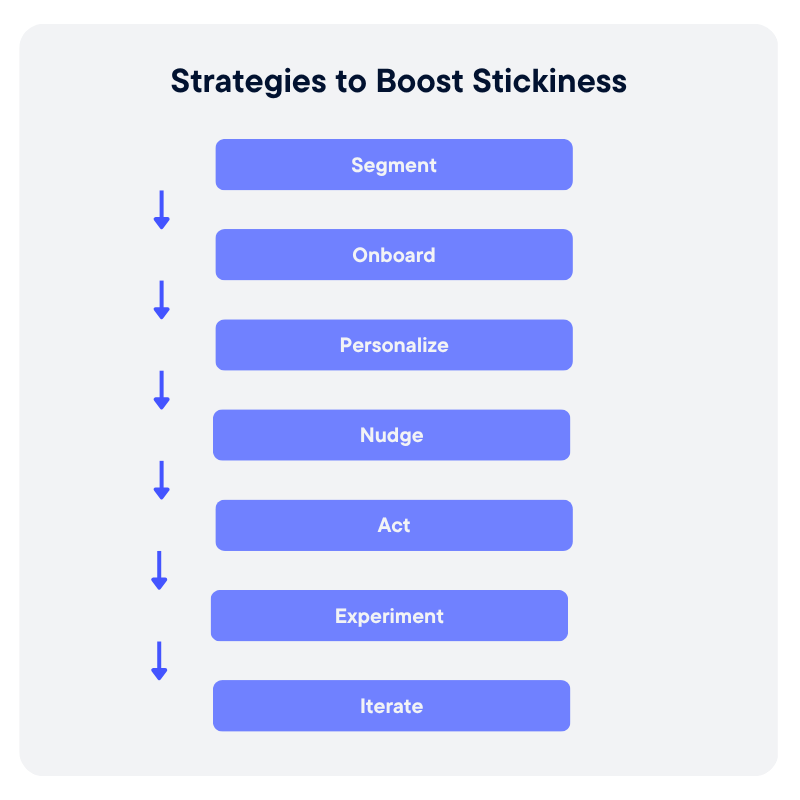

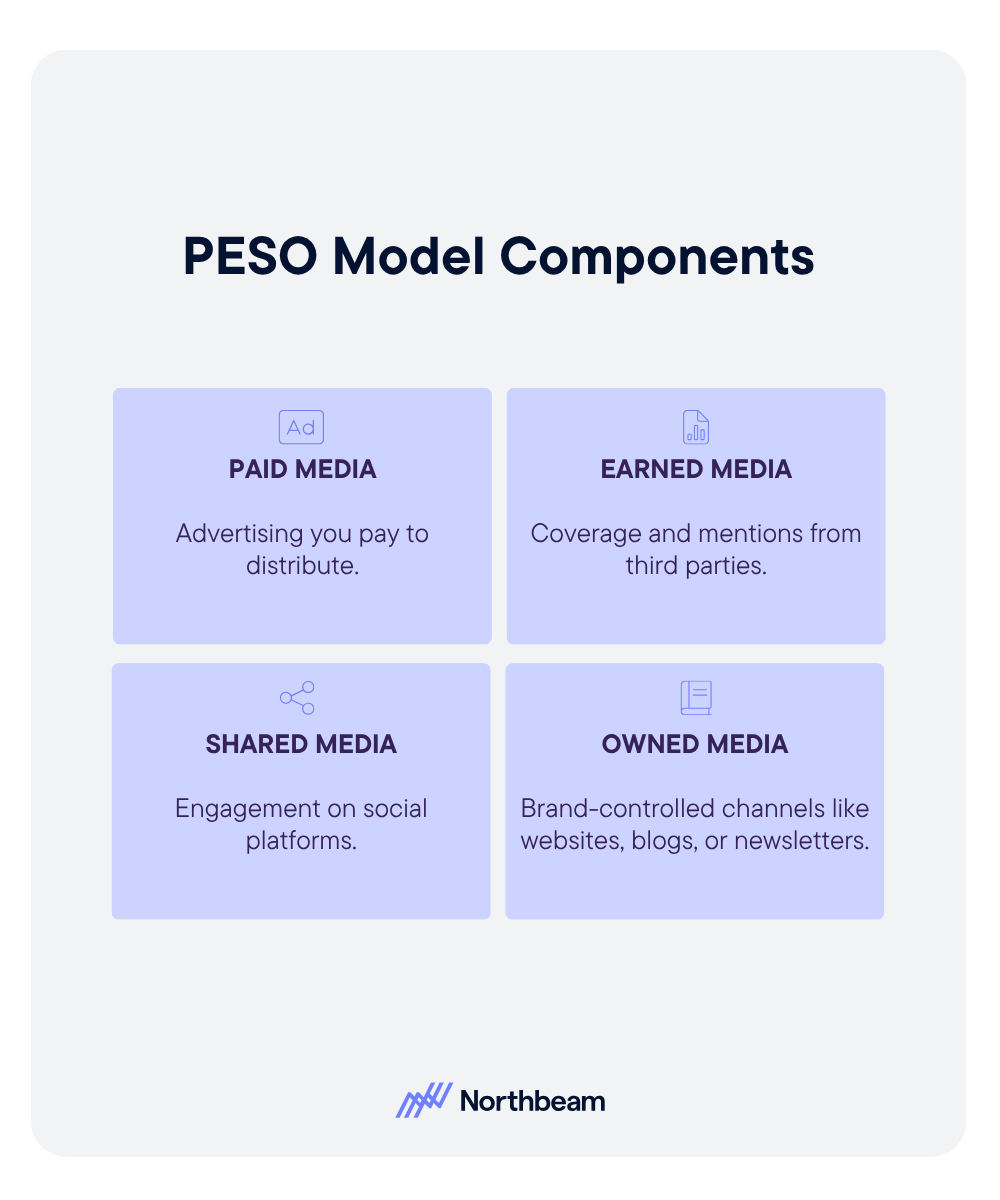
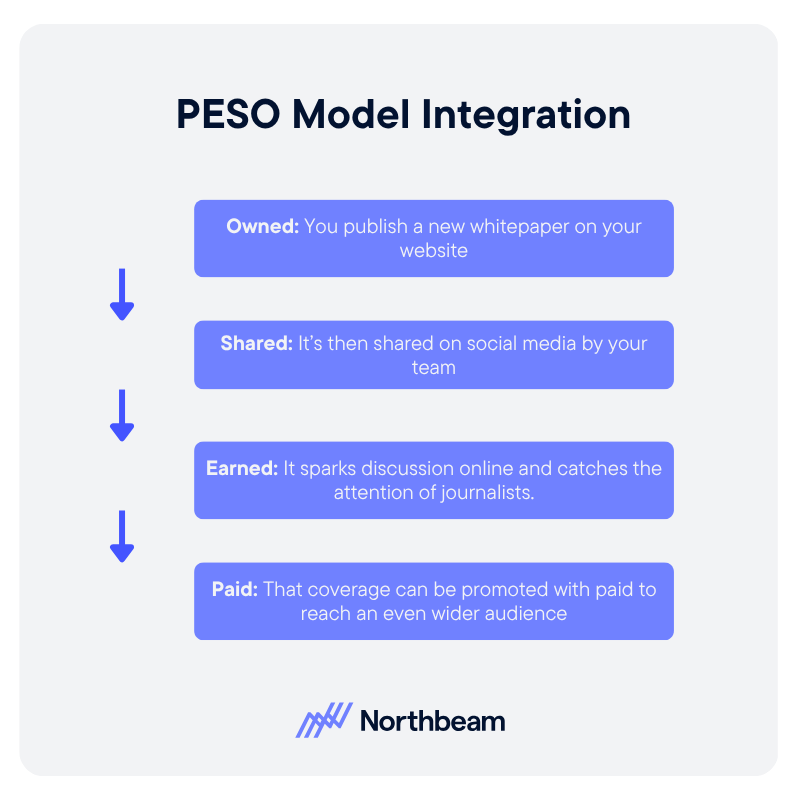
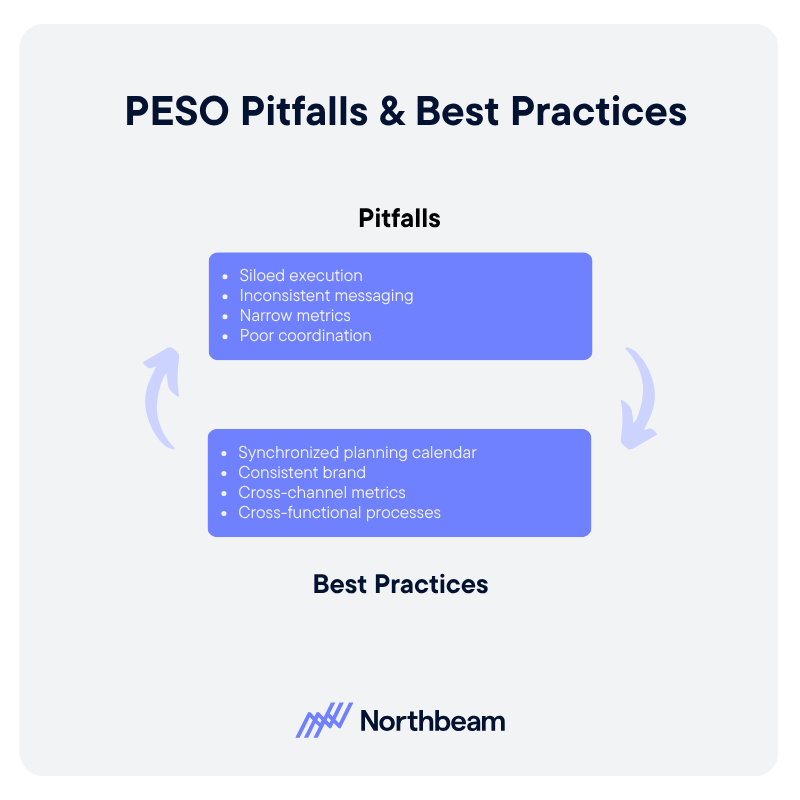
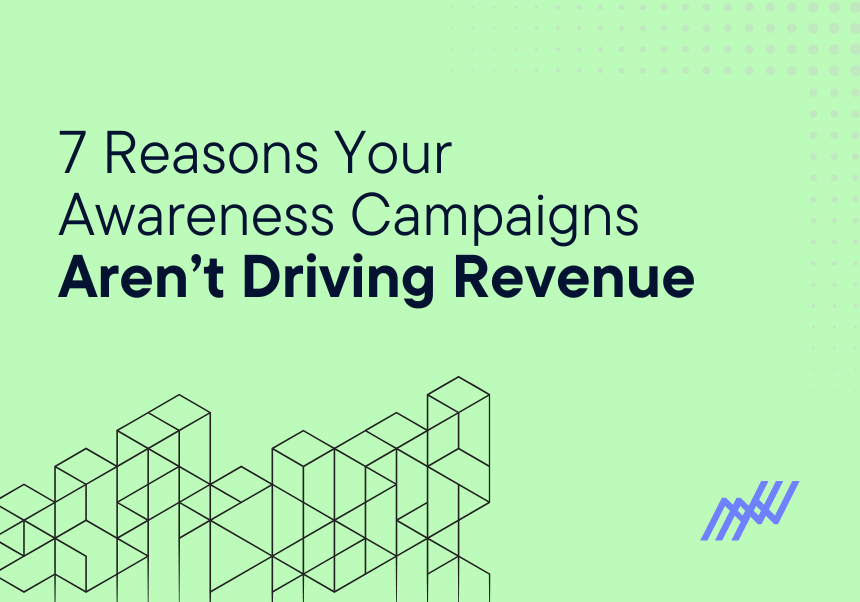

.png)


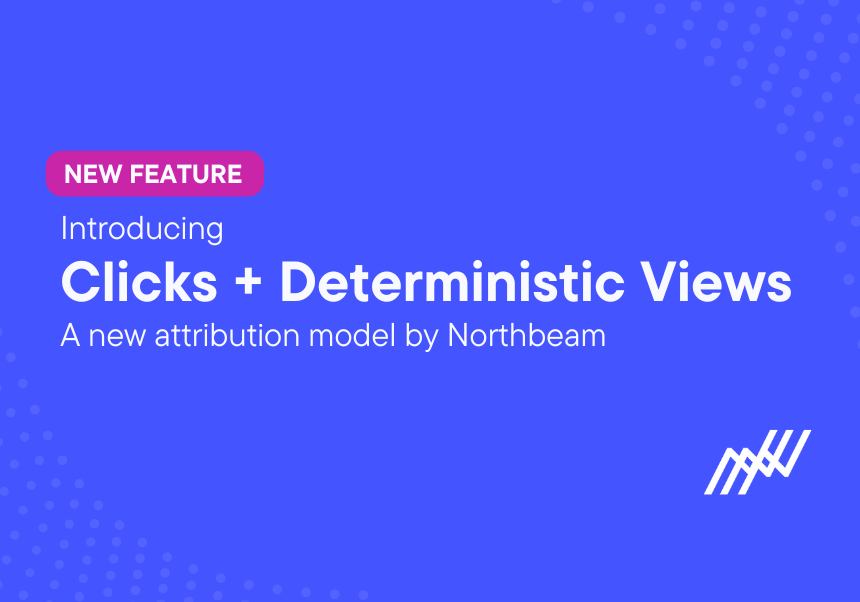


.png)





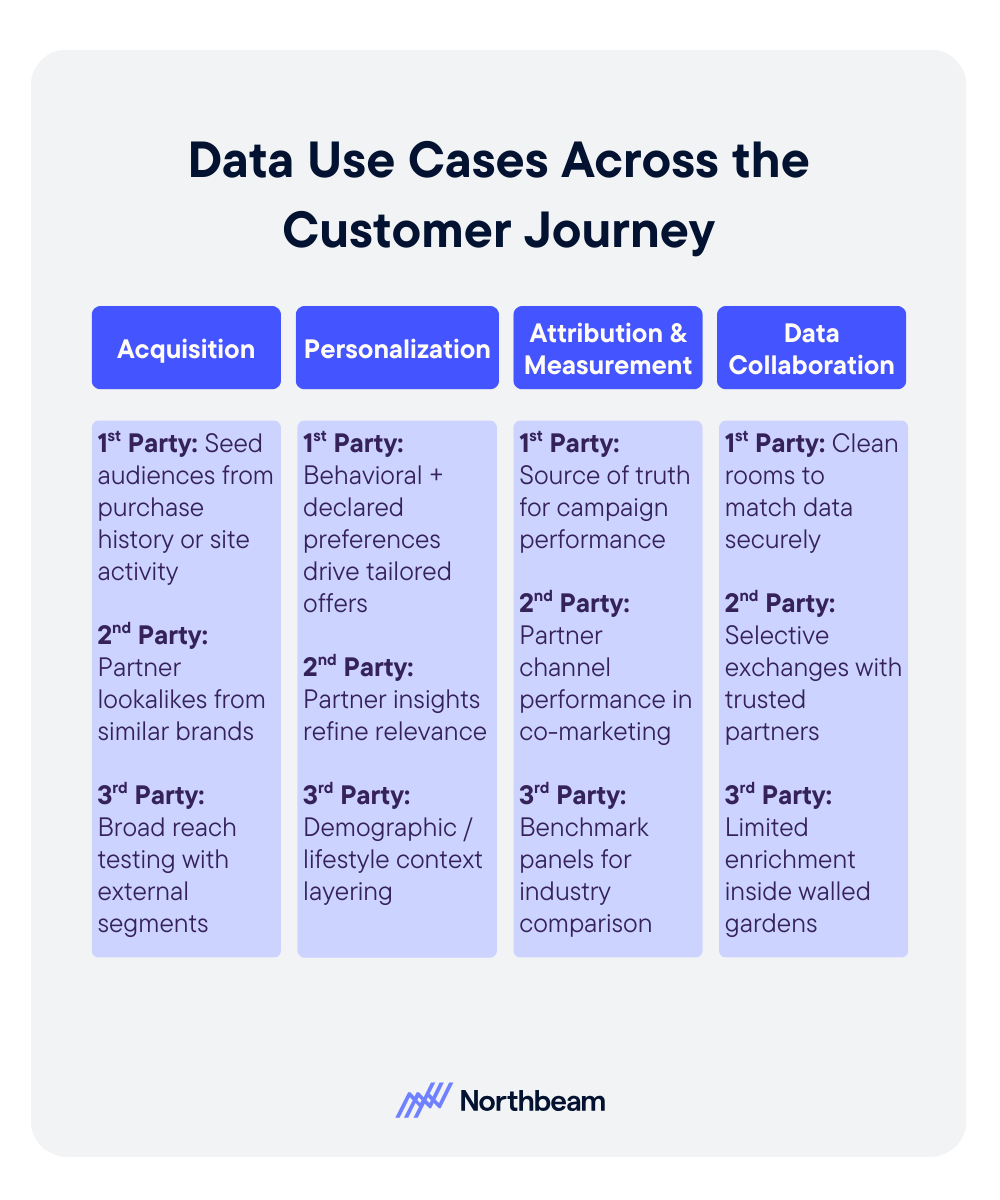

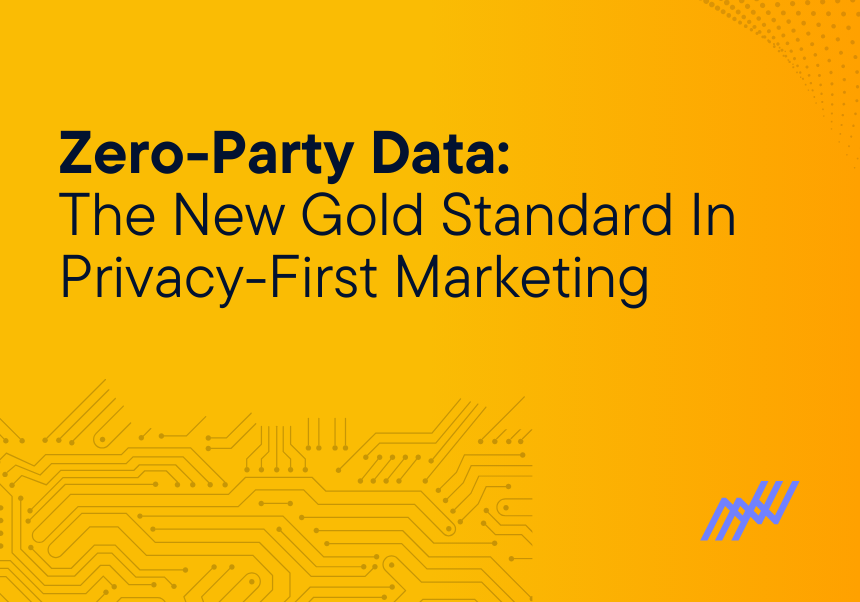
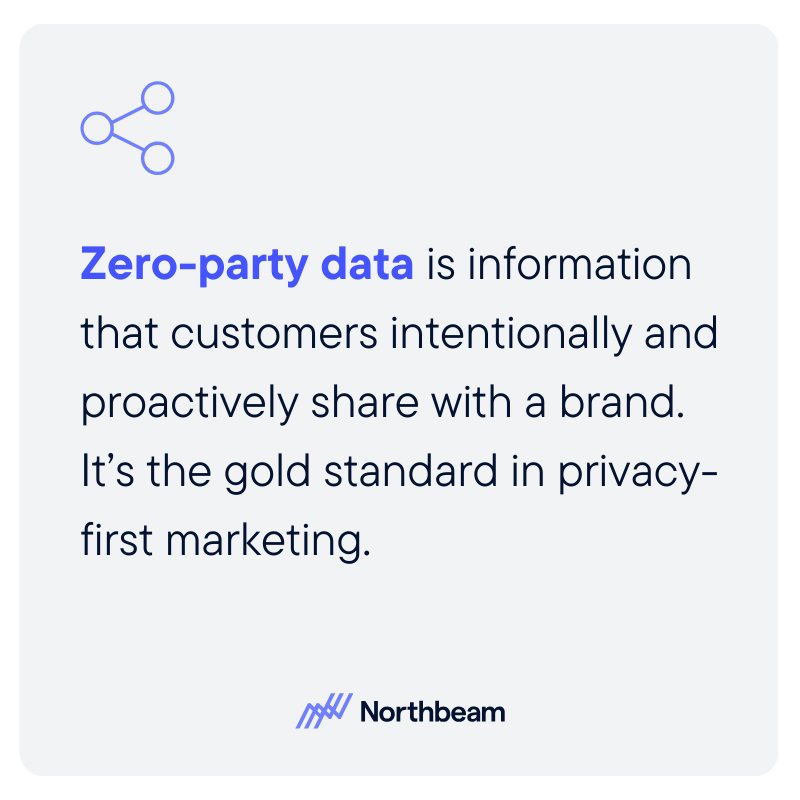
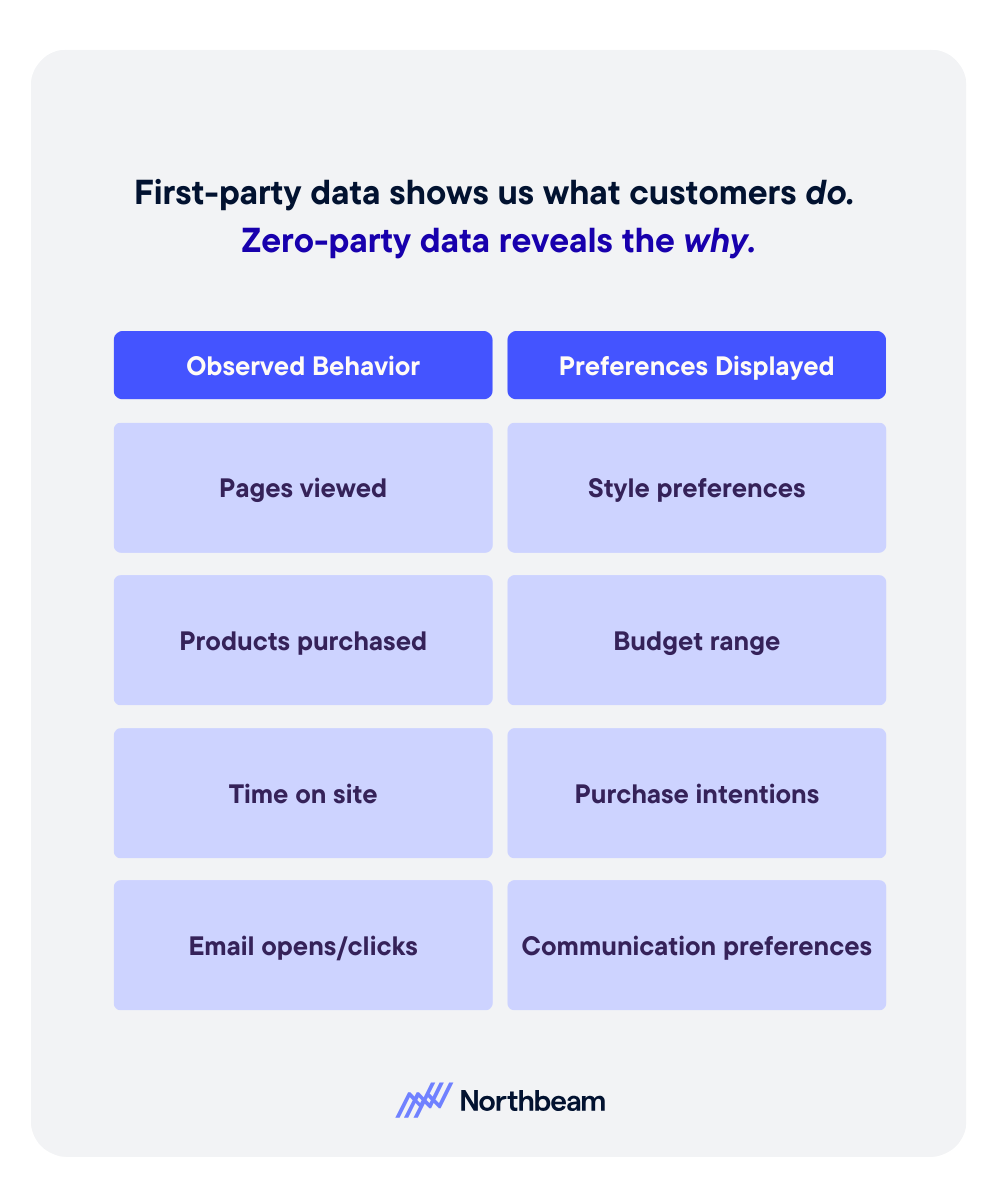
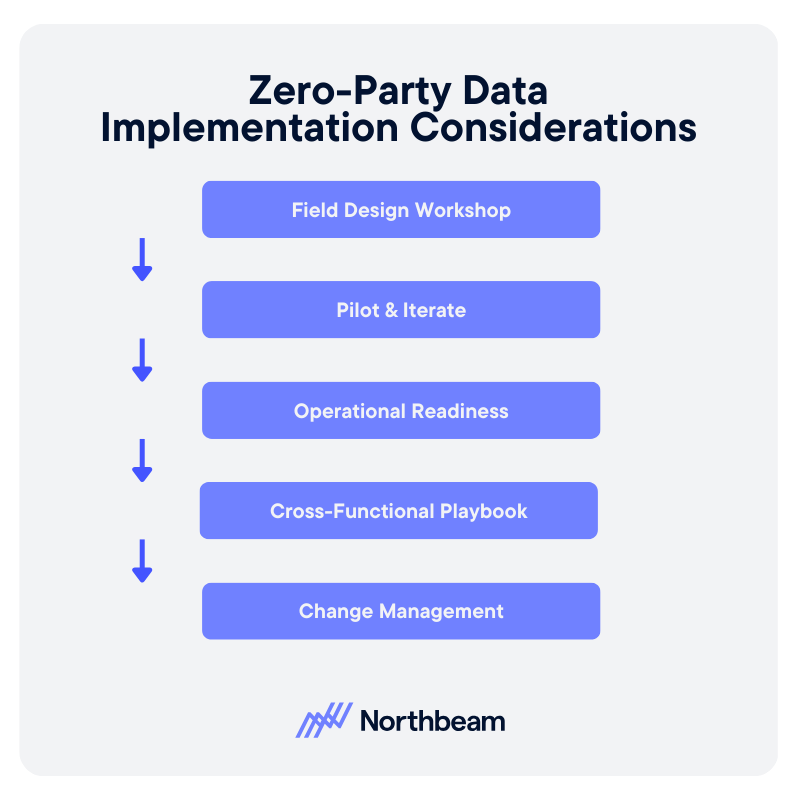



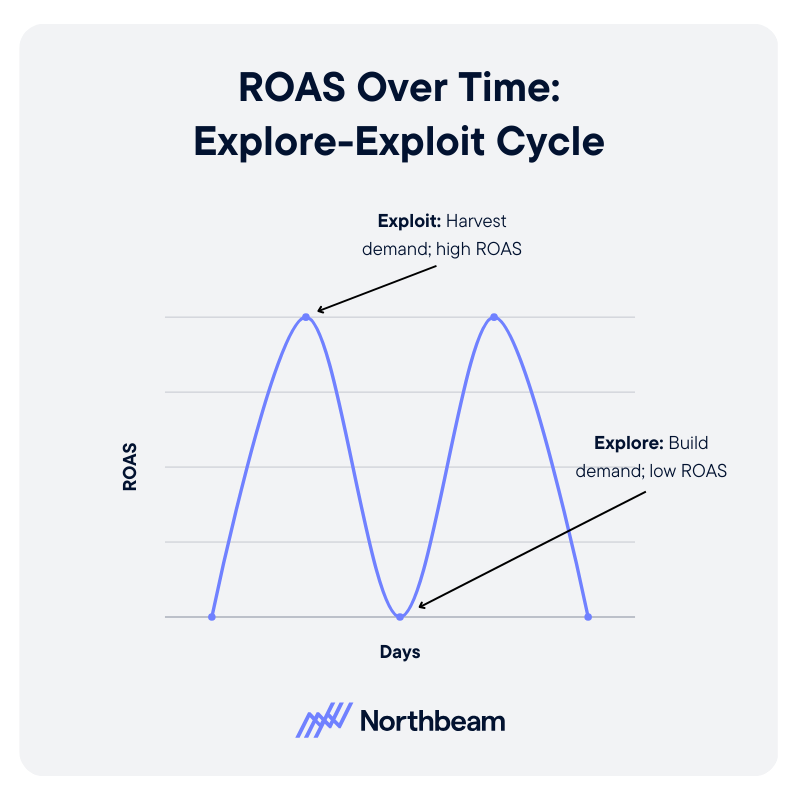
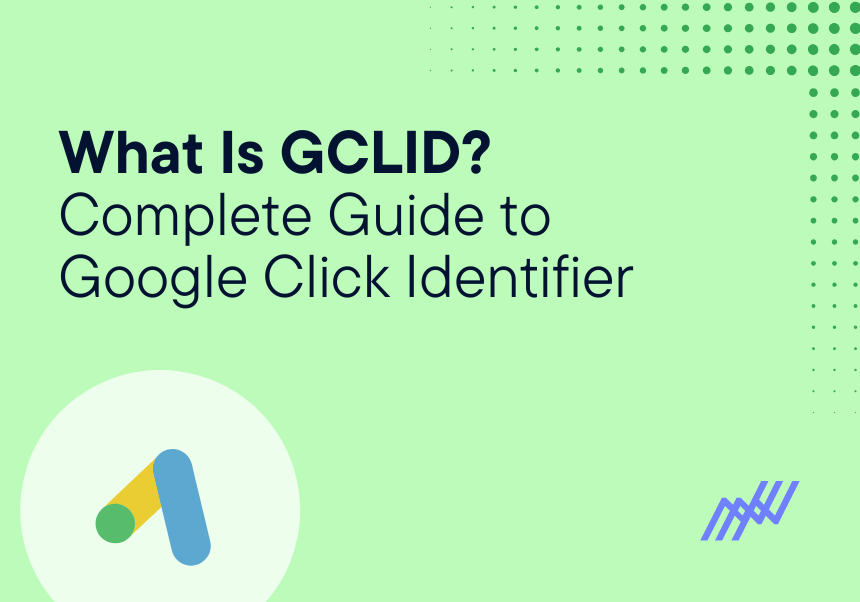

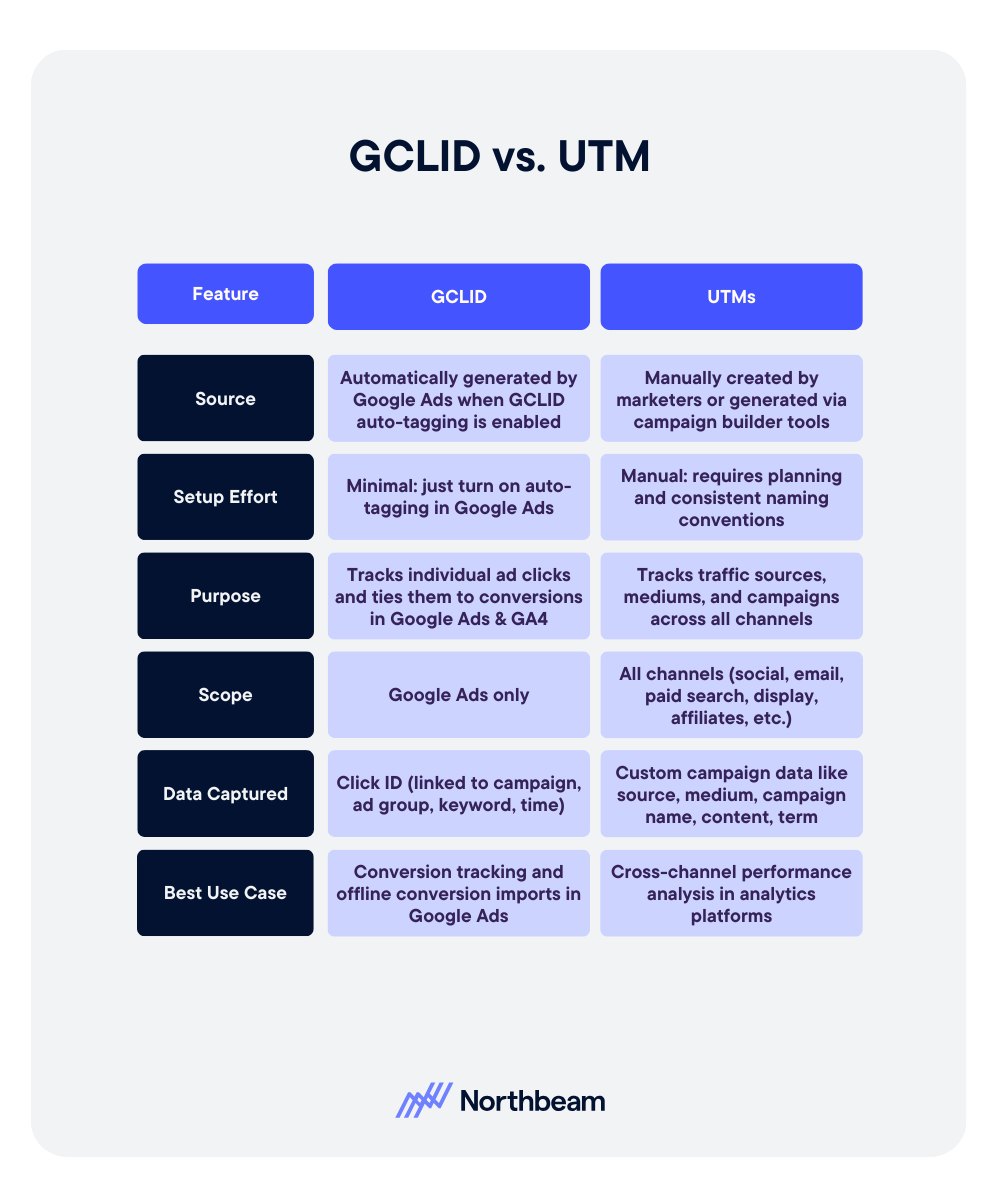
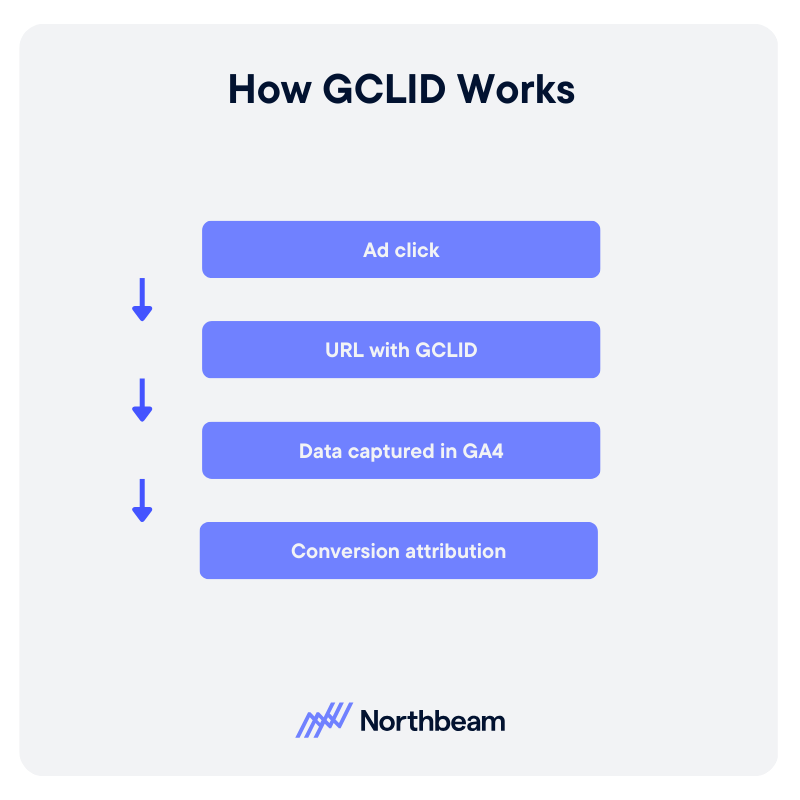
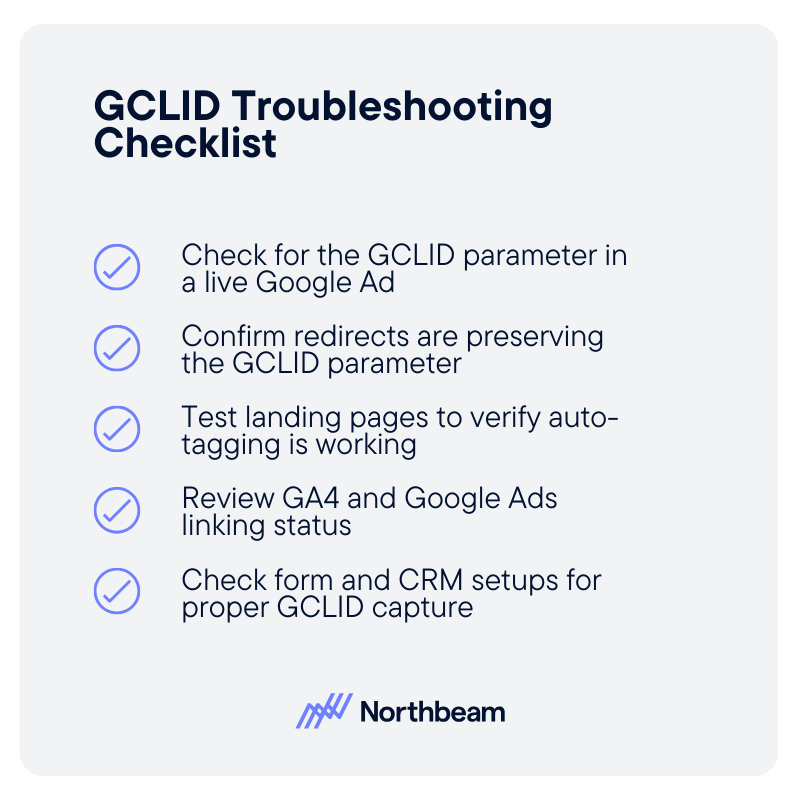




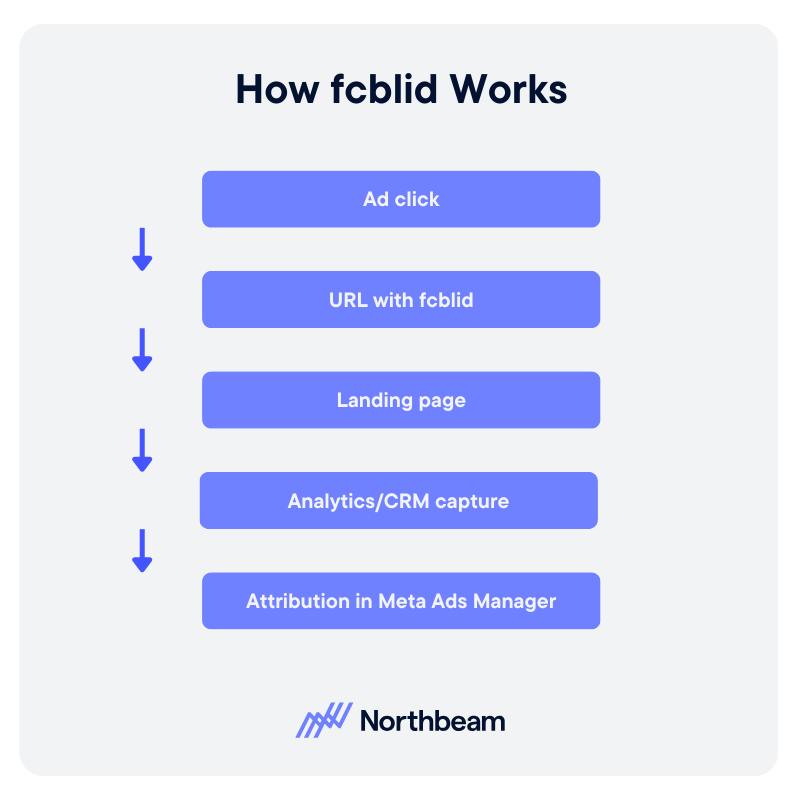
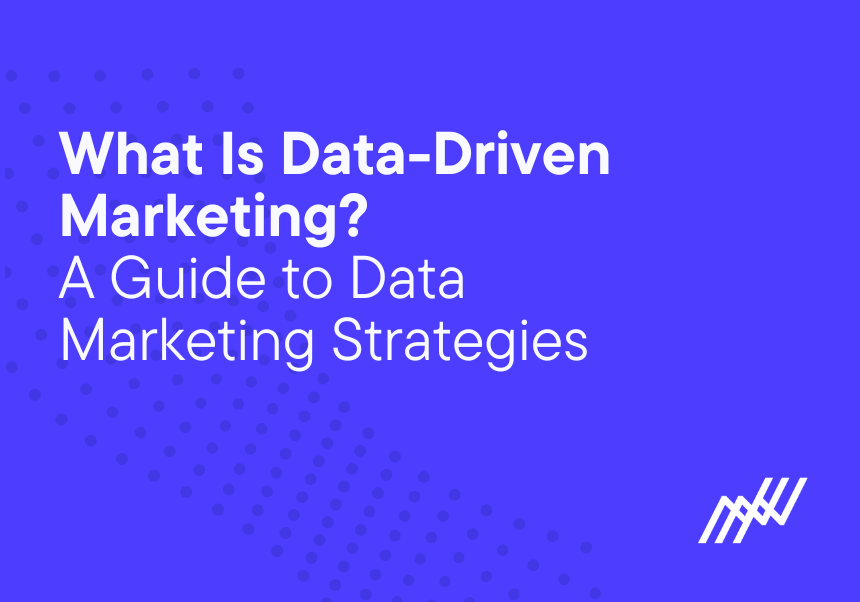

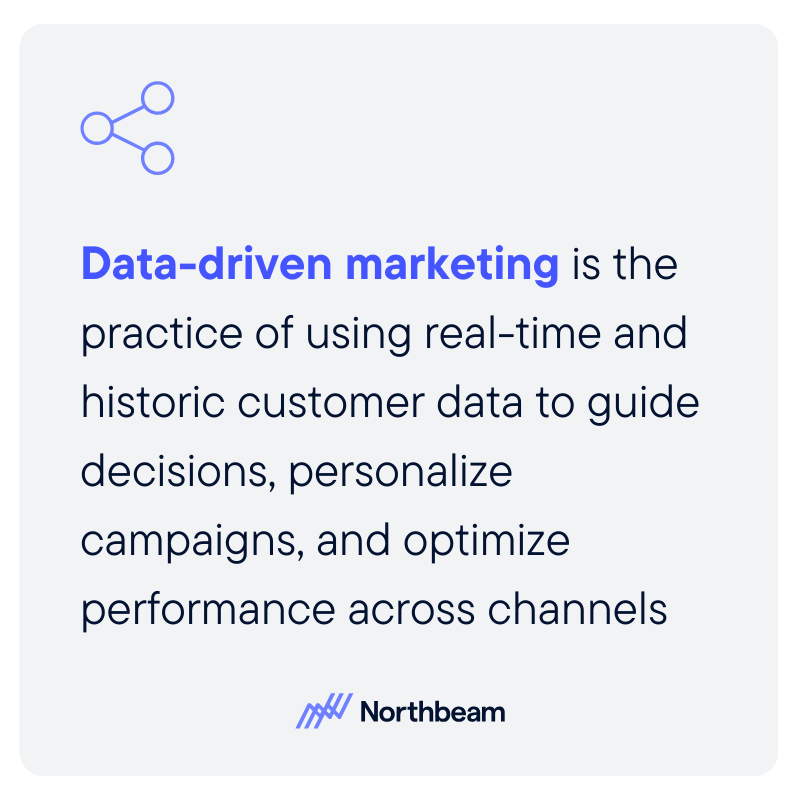
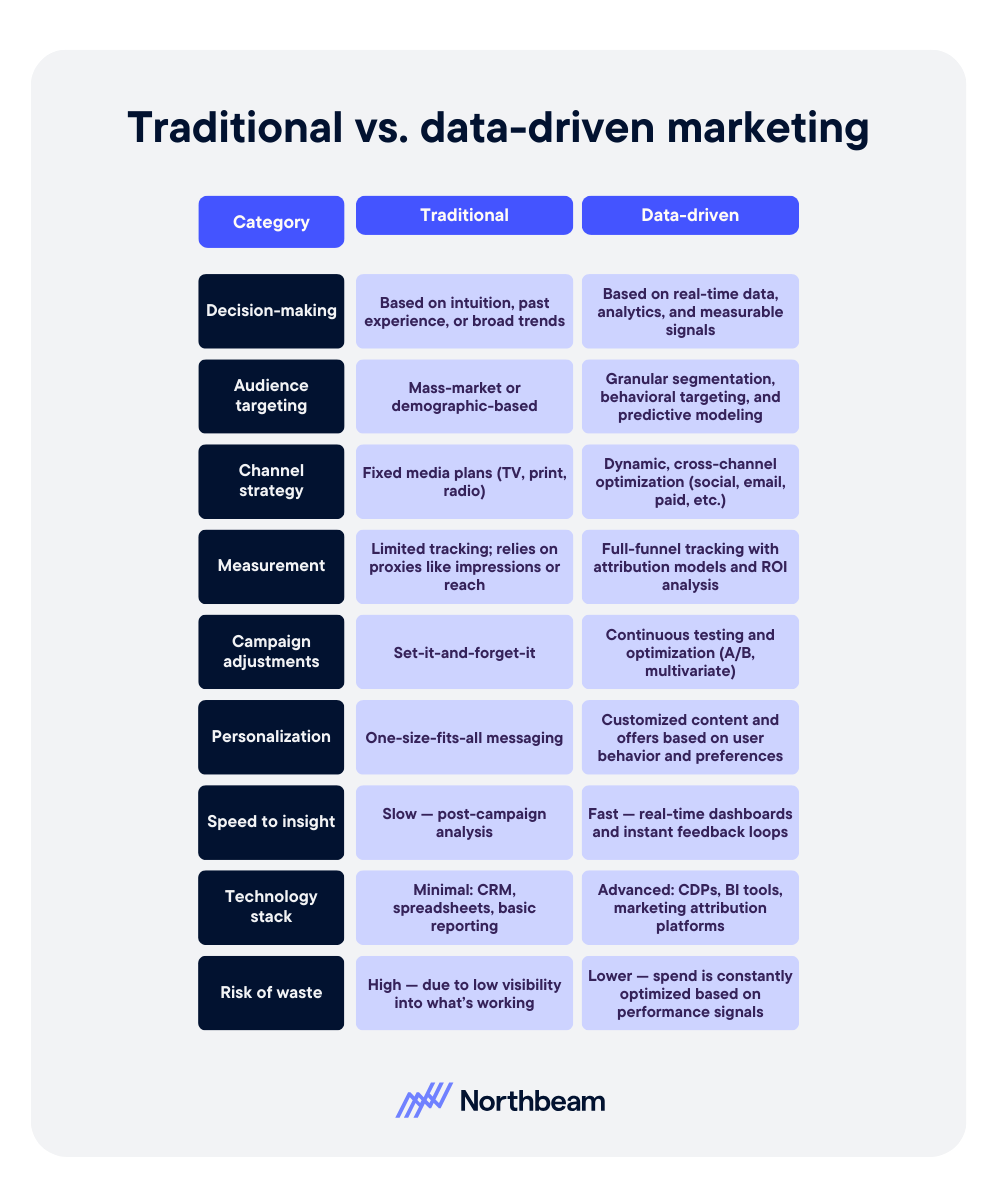
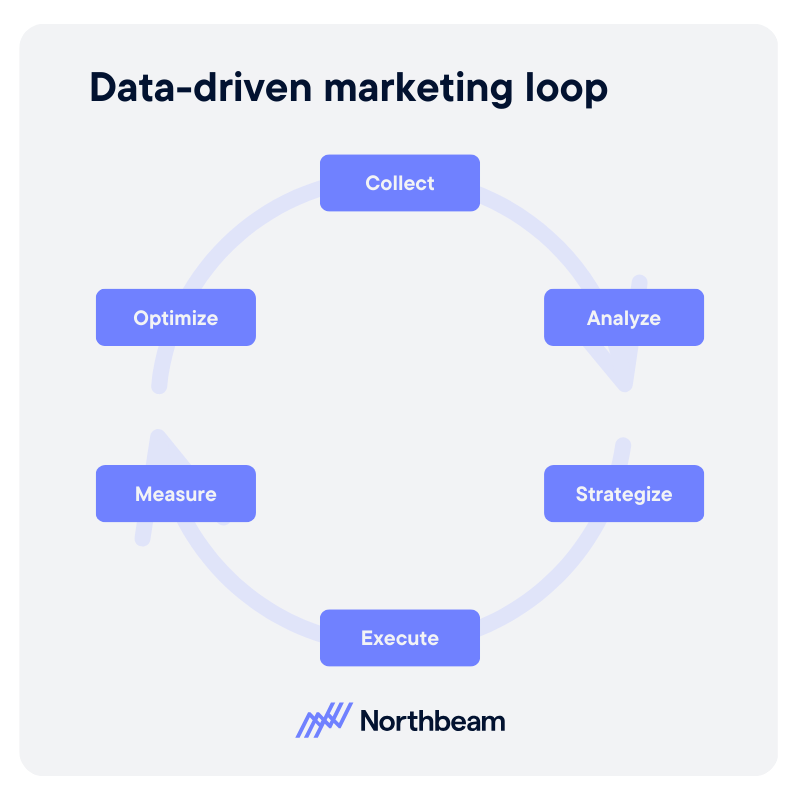


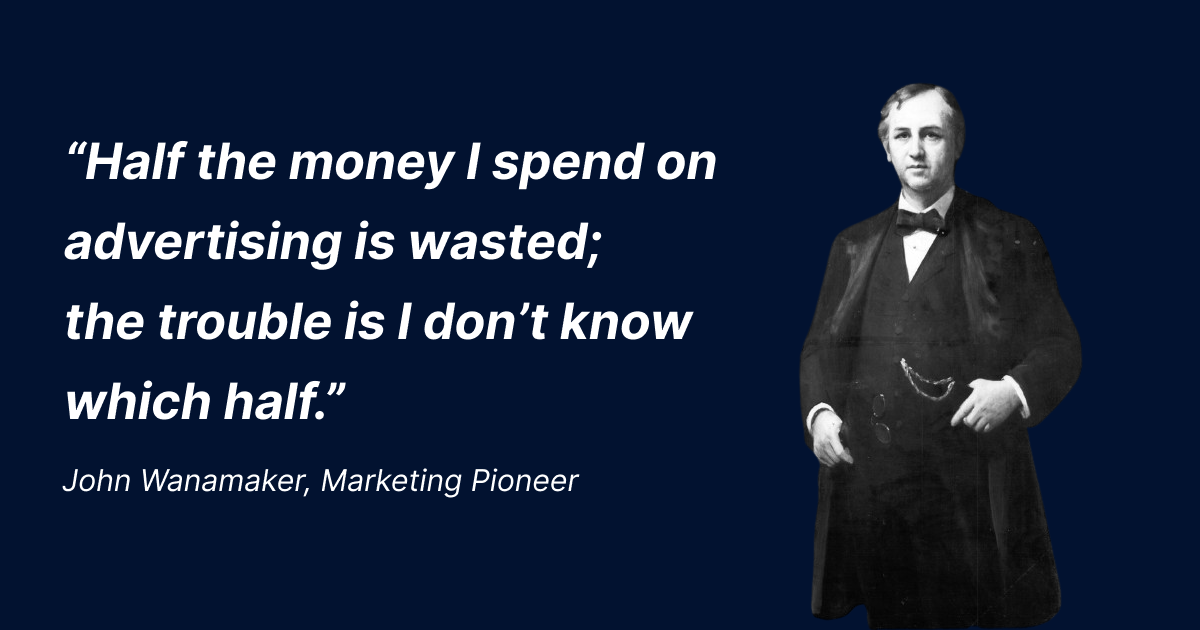

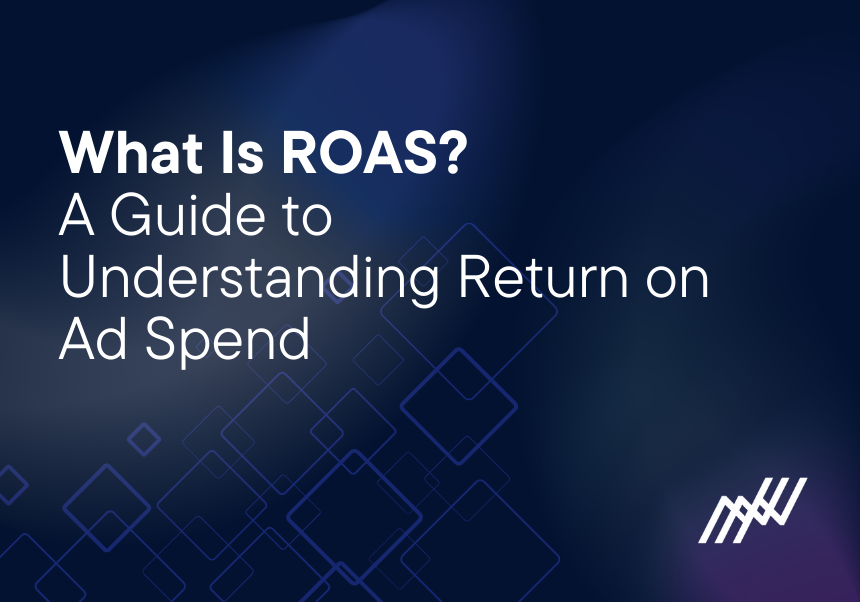

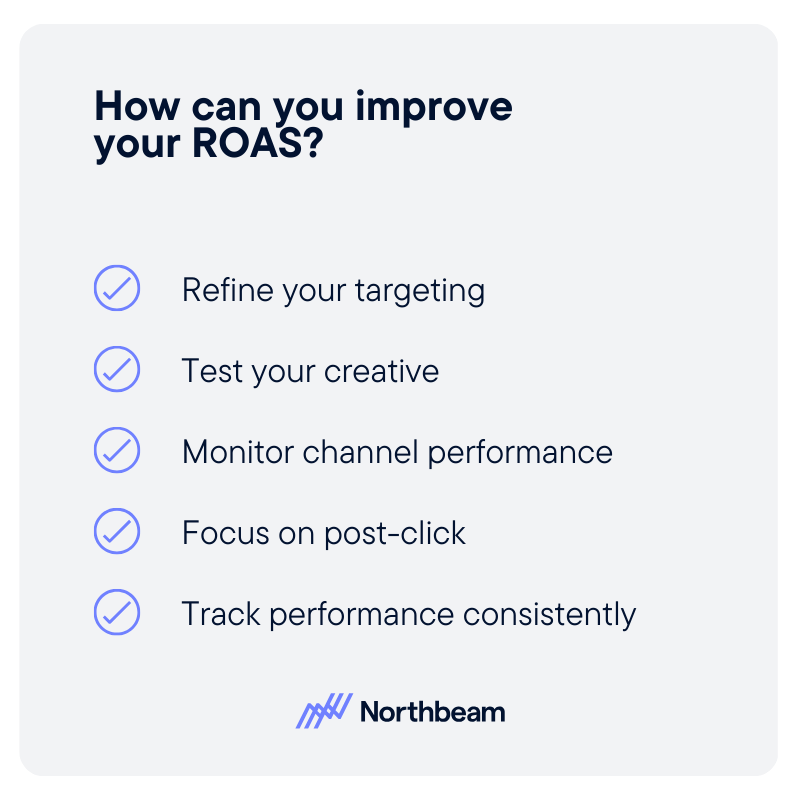
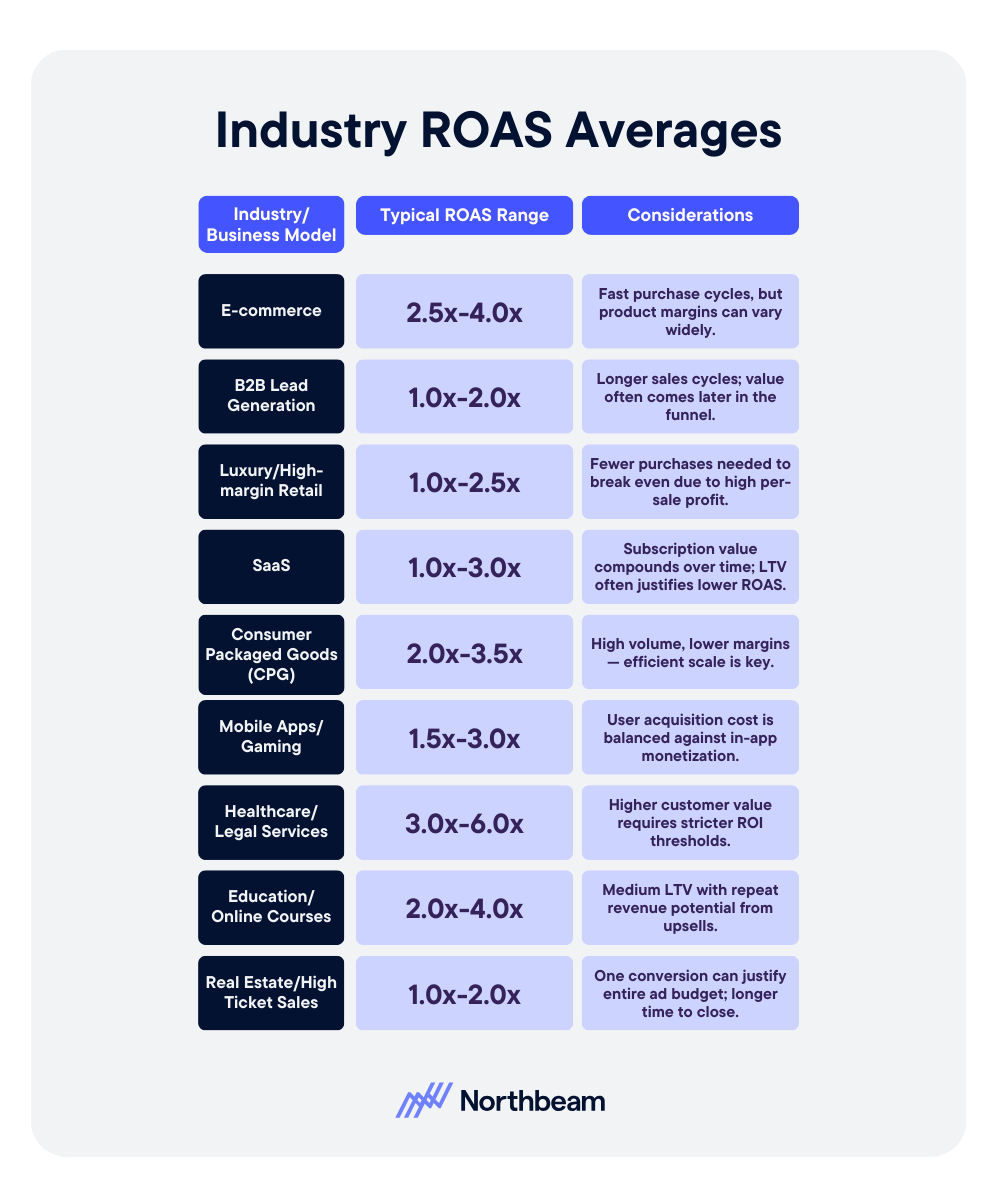
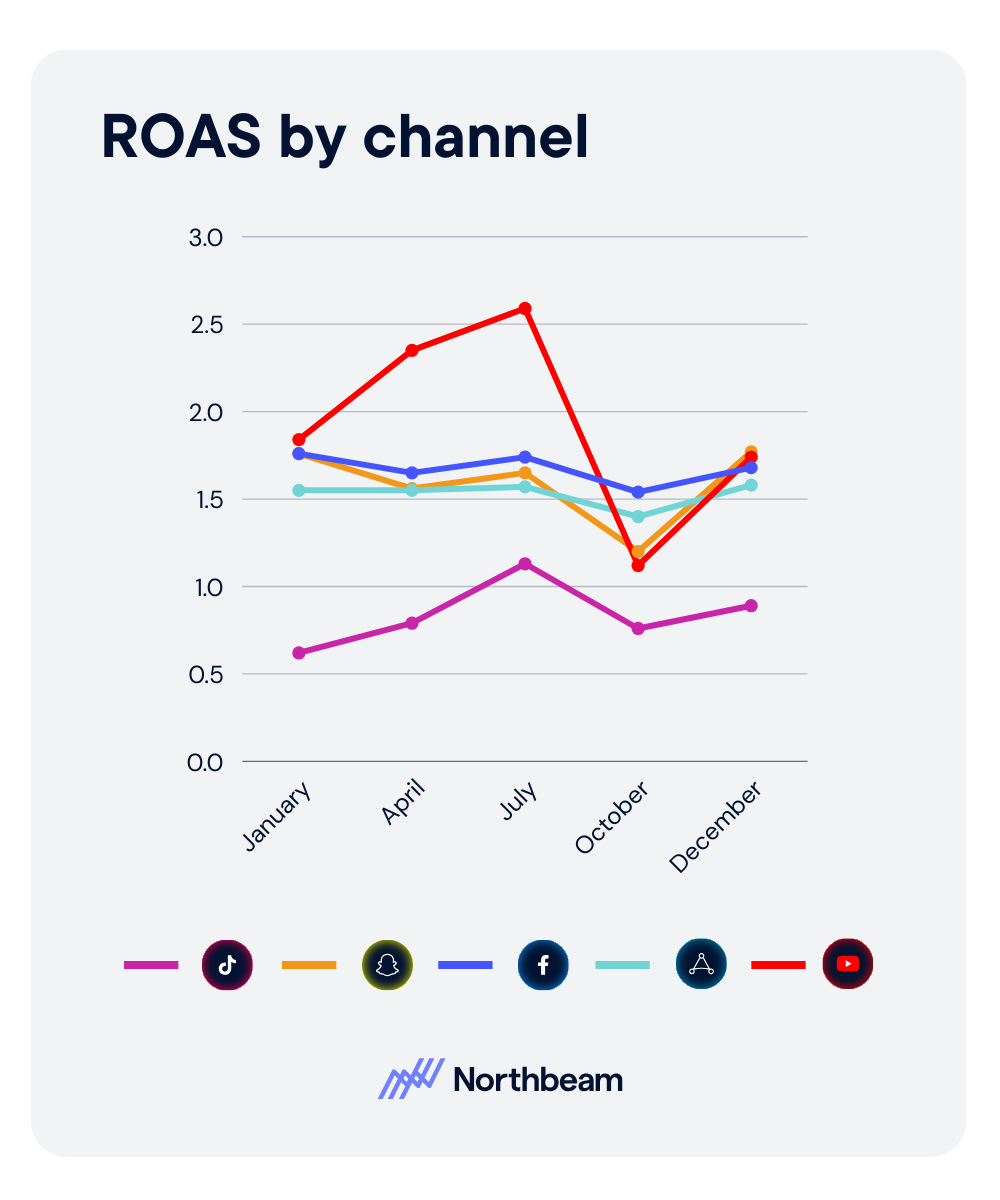
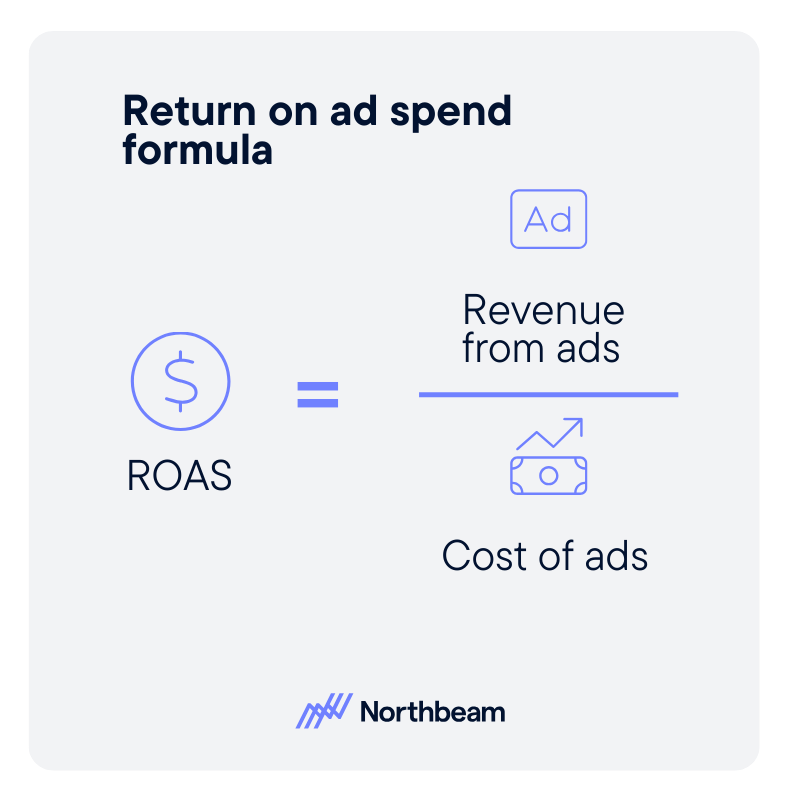

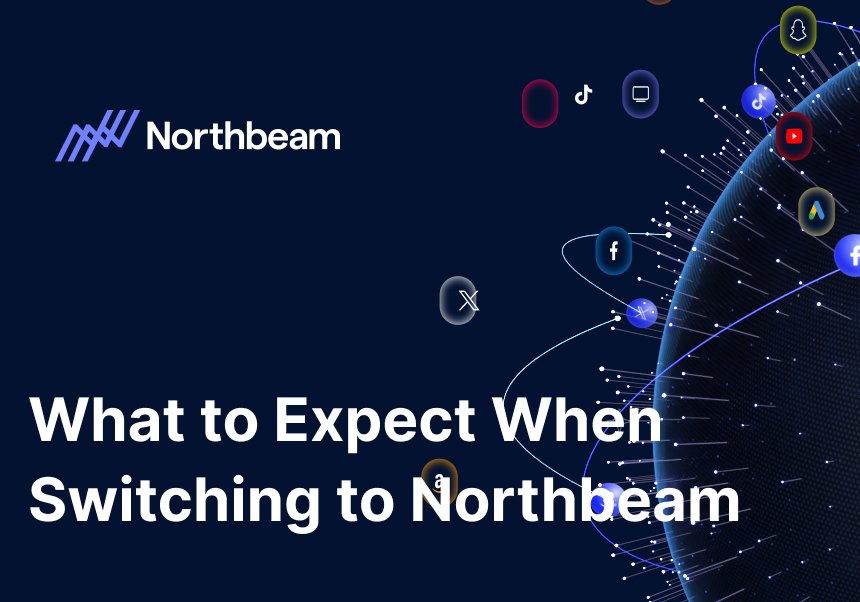
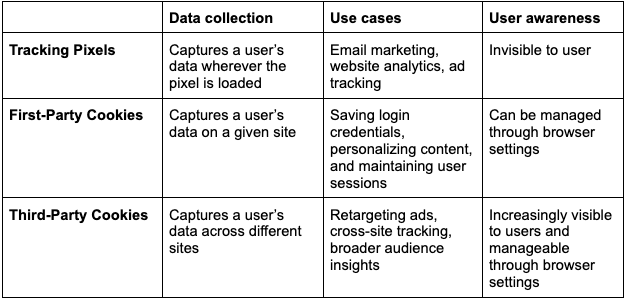
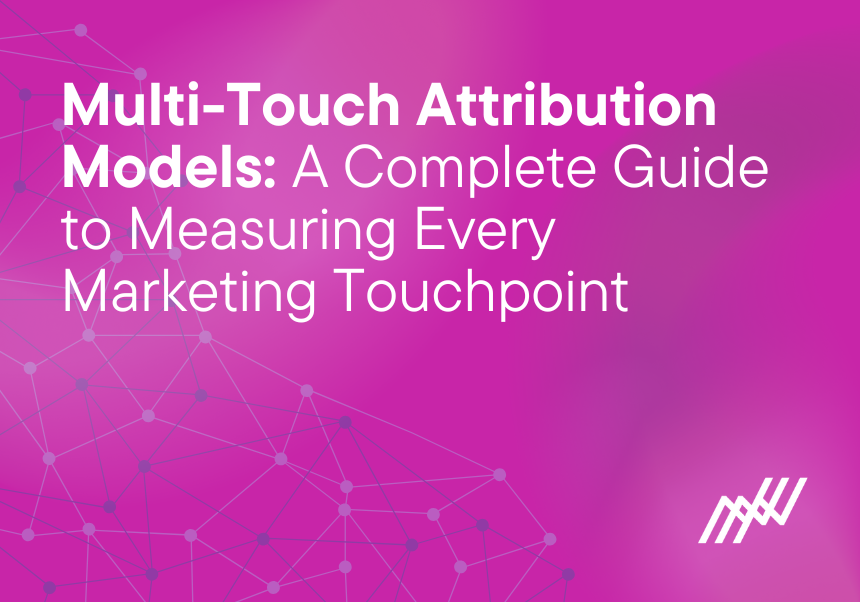
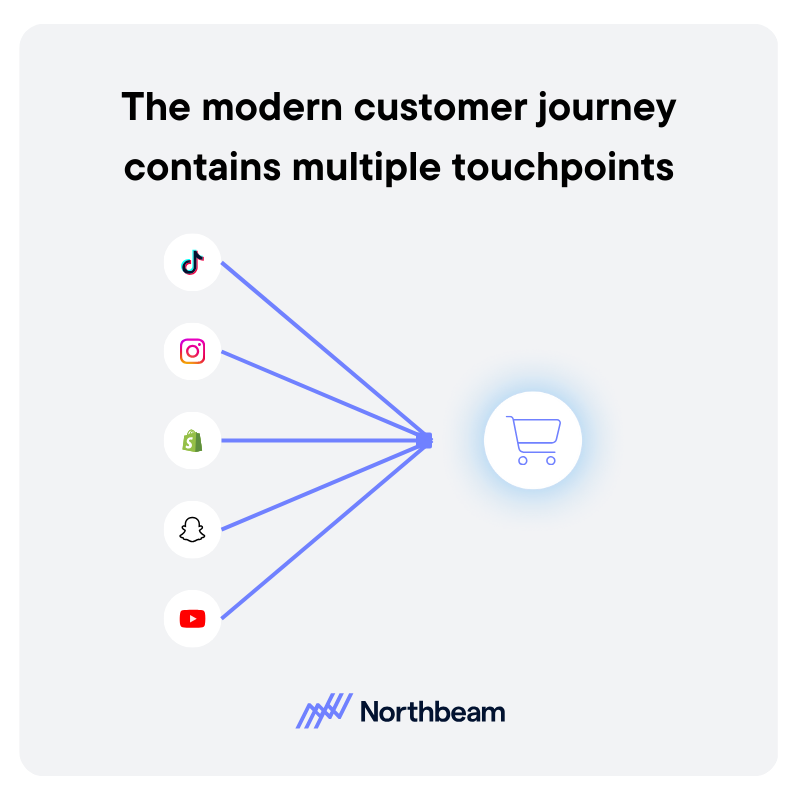
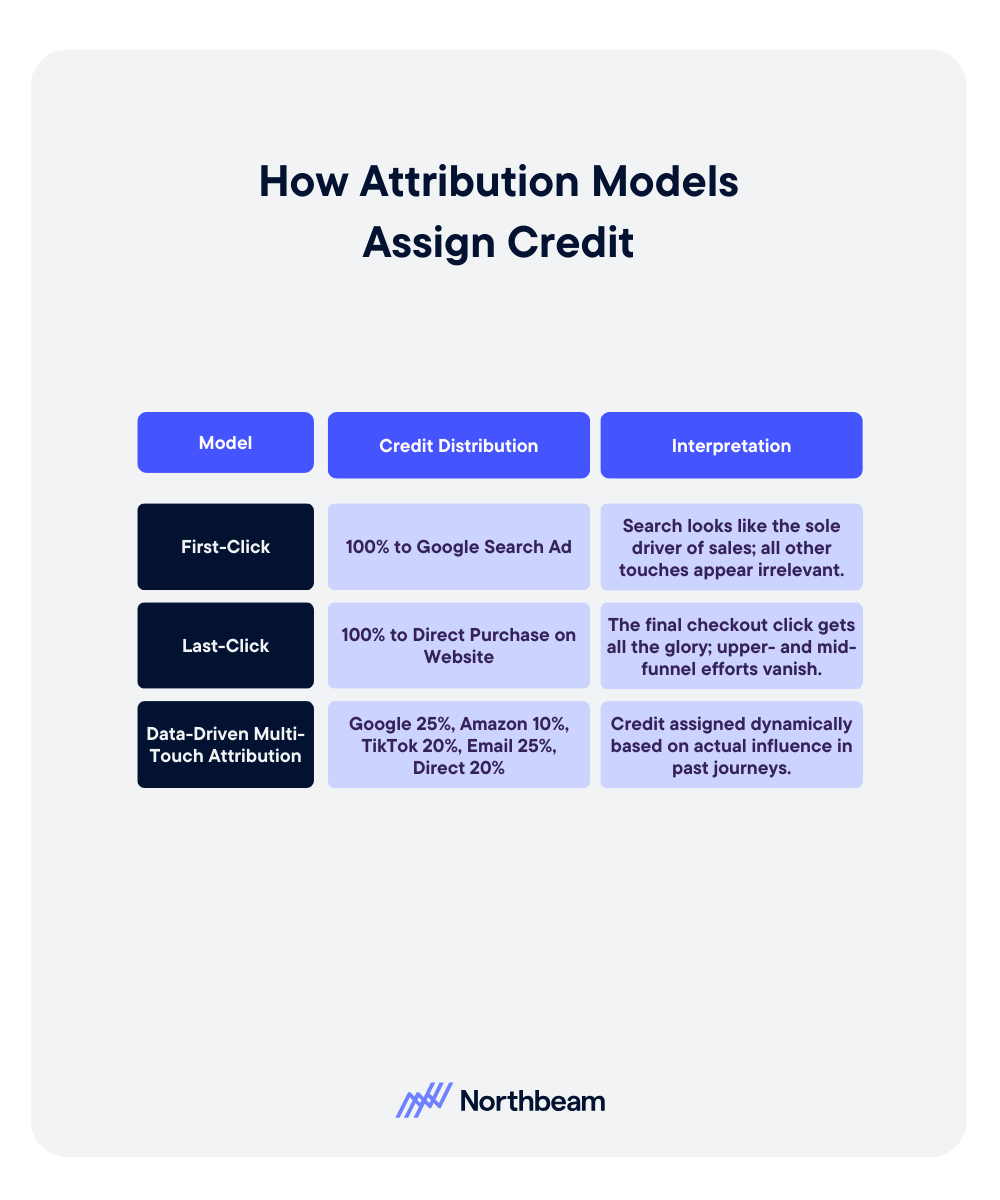
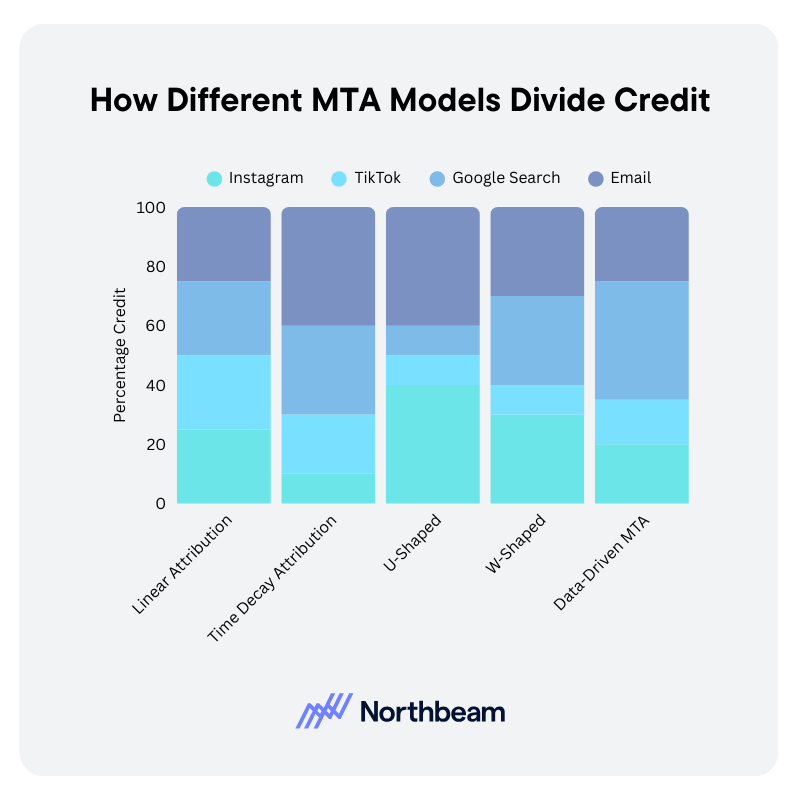
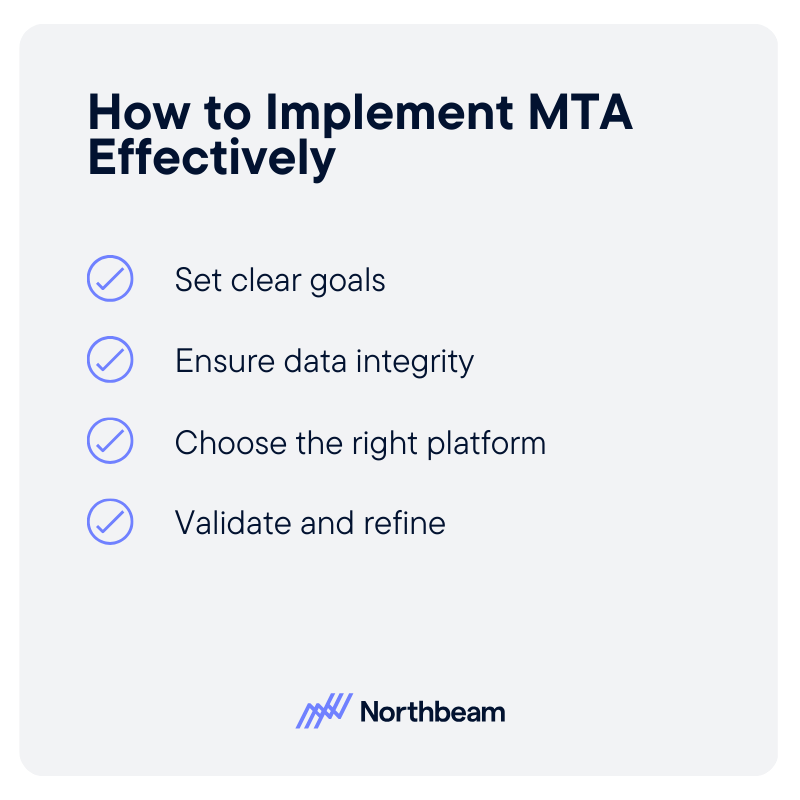
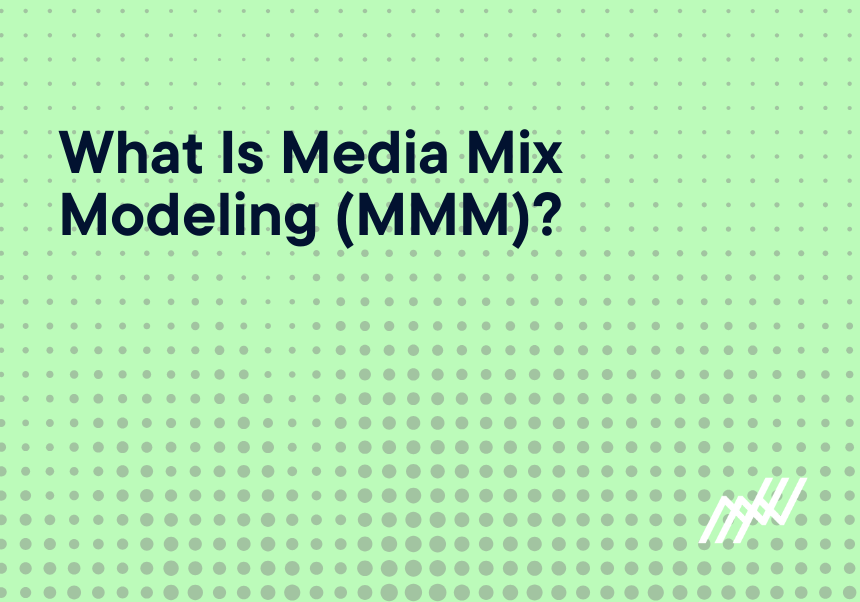
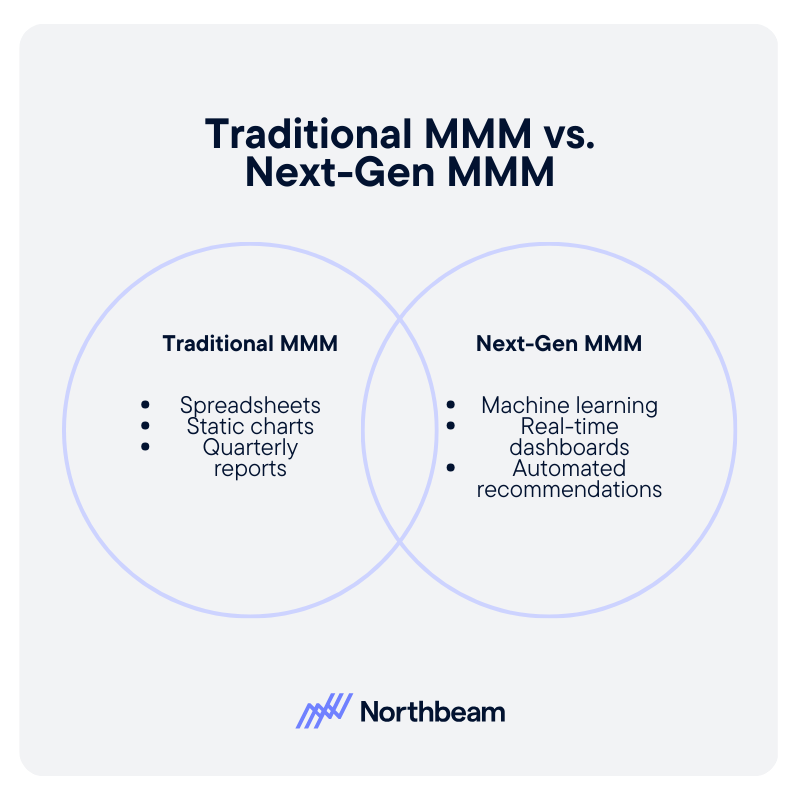
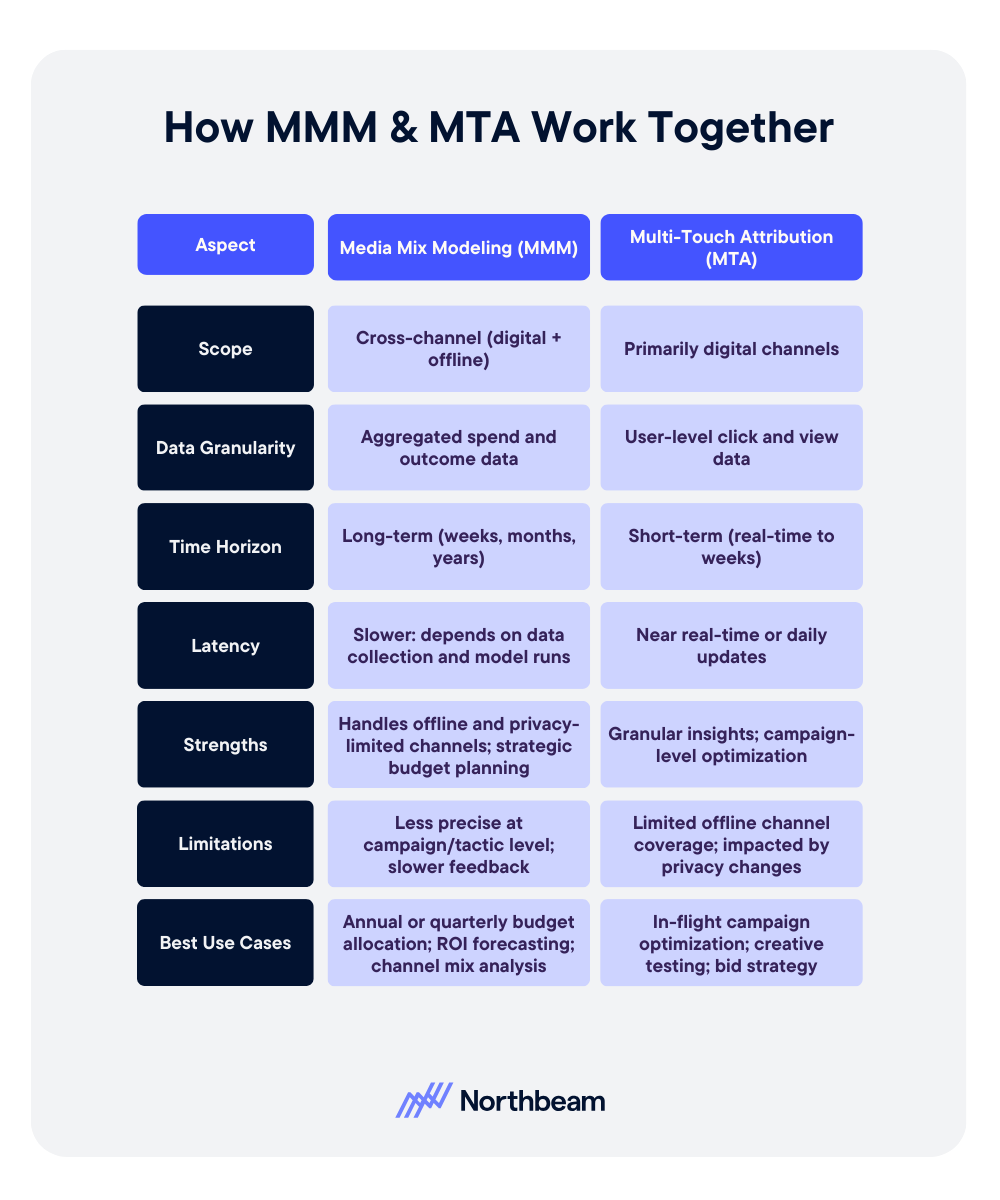
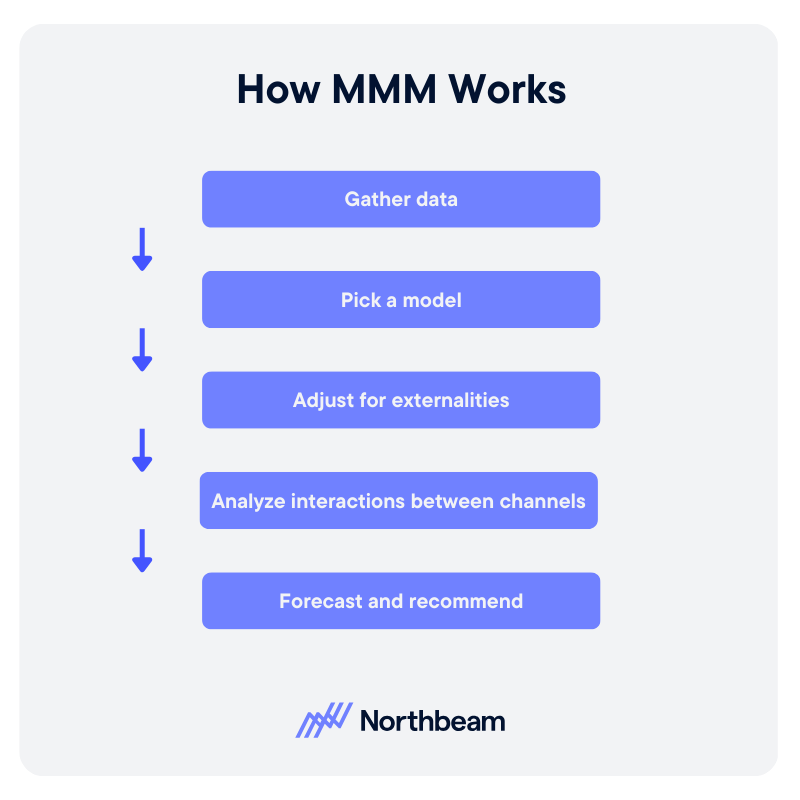






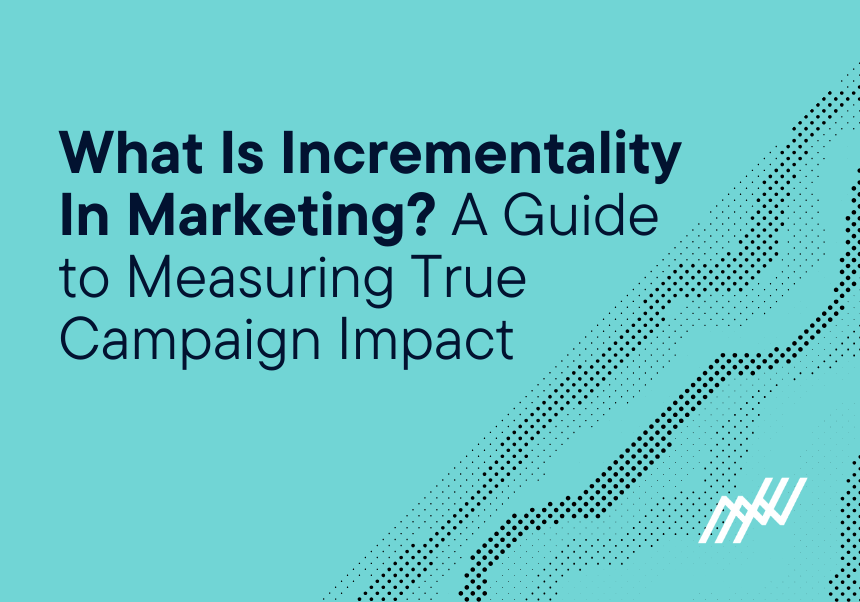

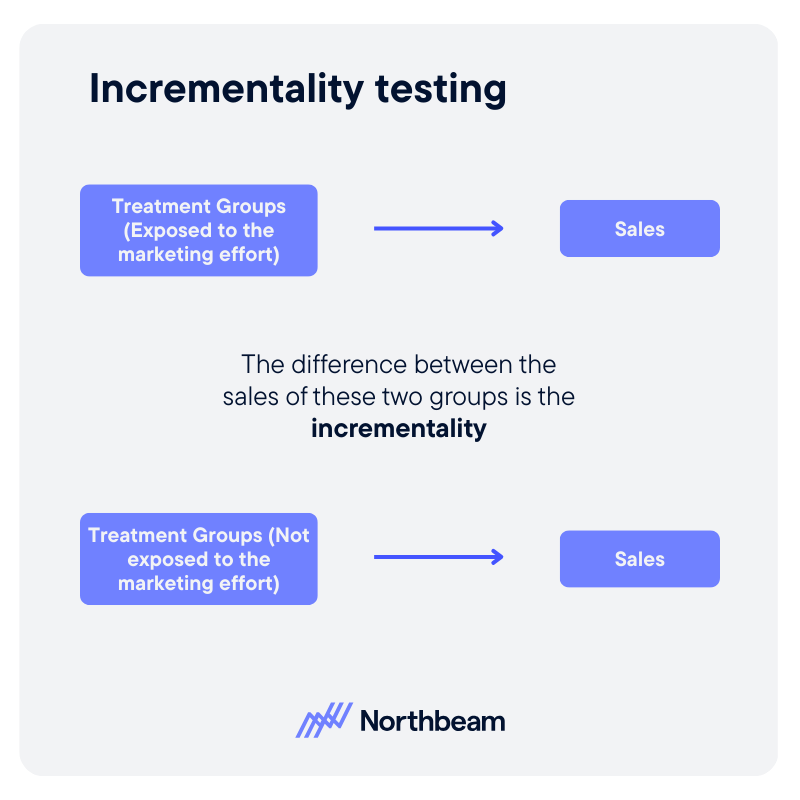
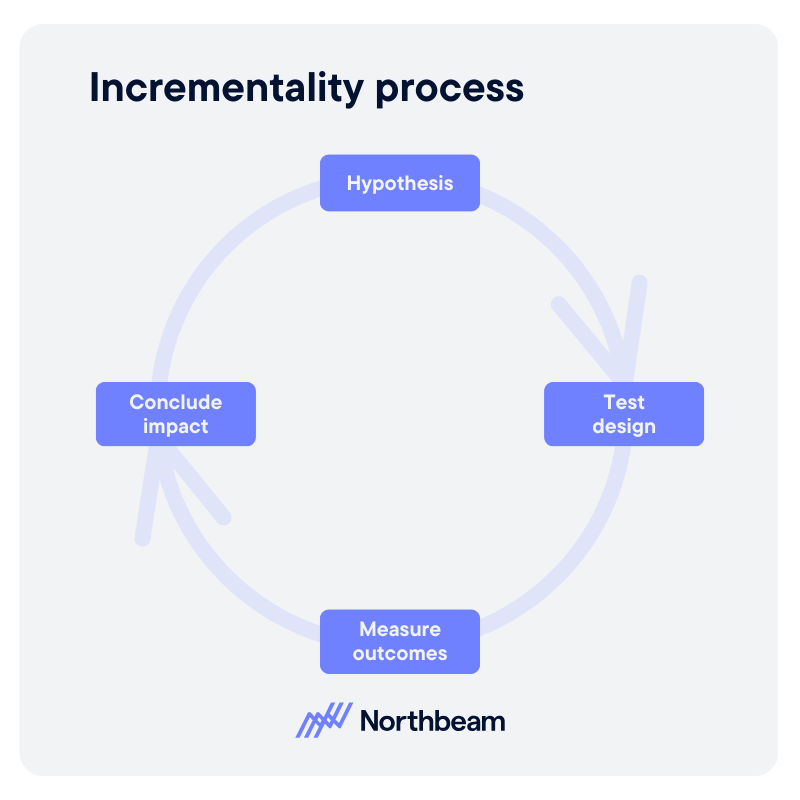
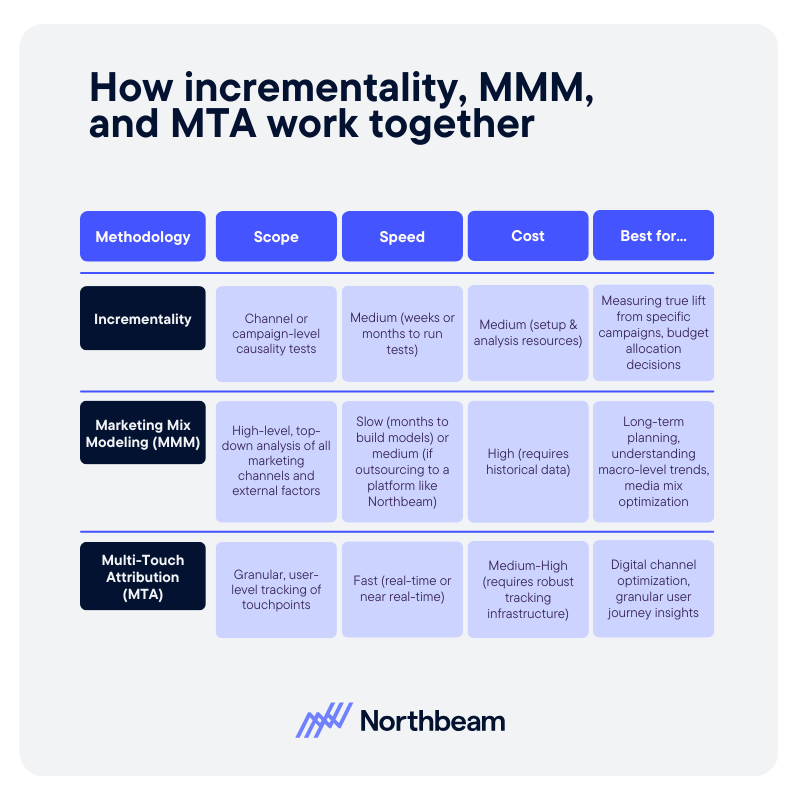
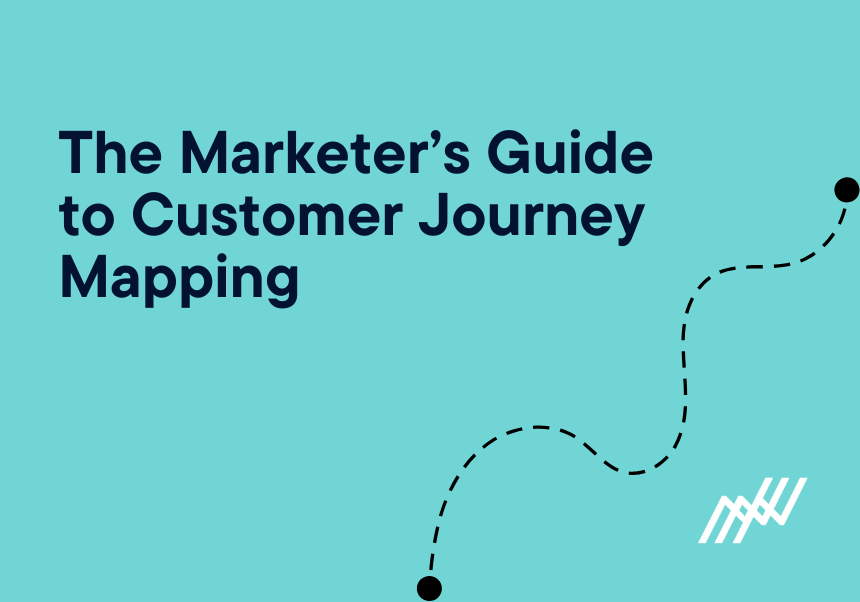
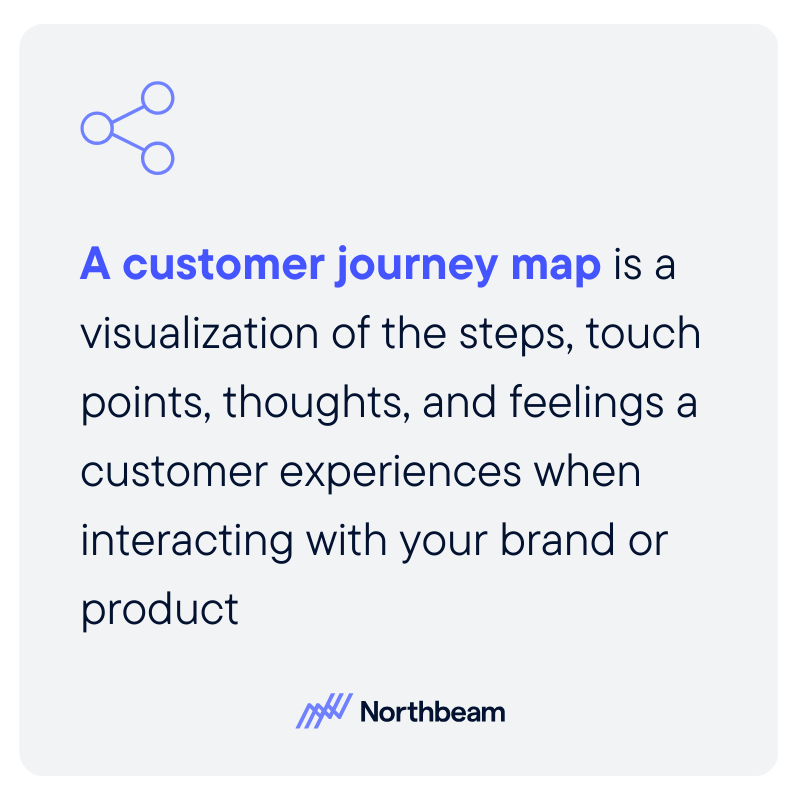
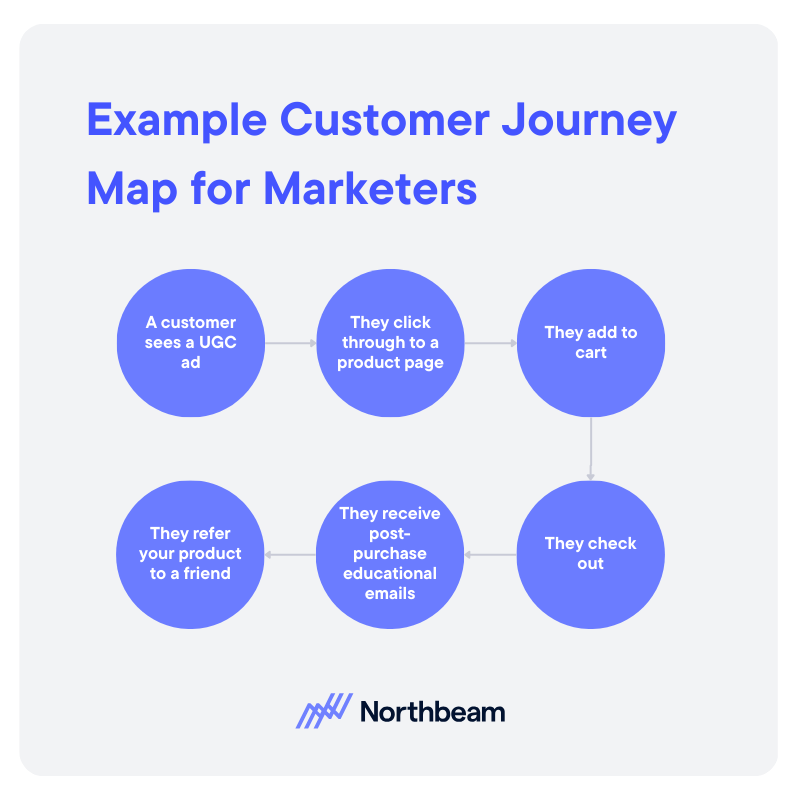
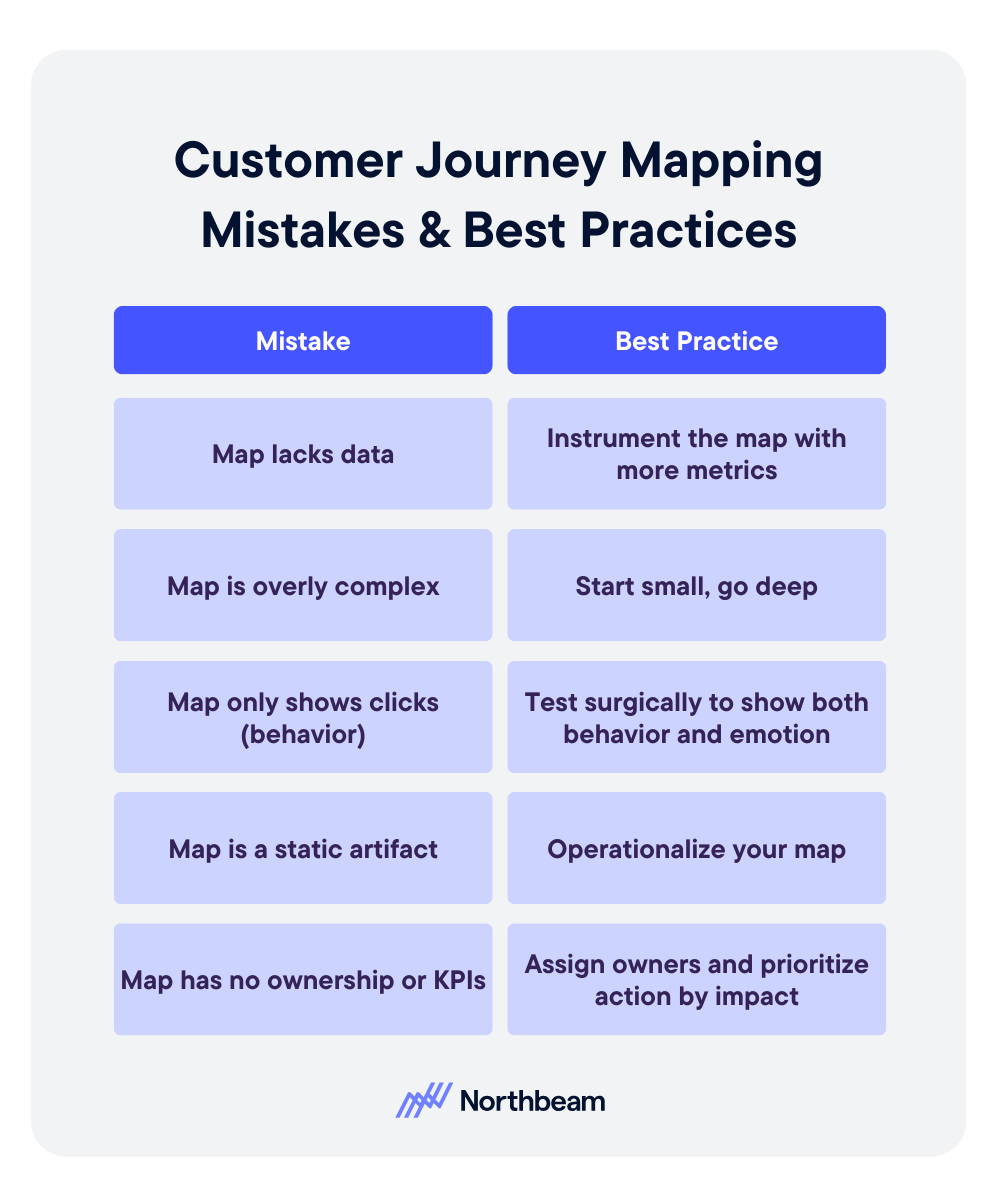


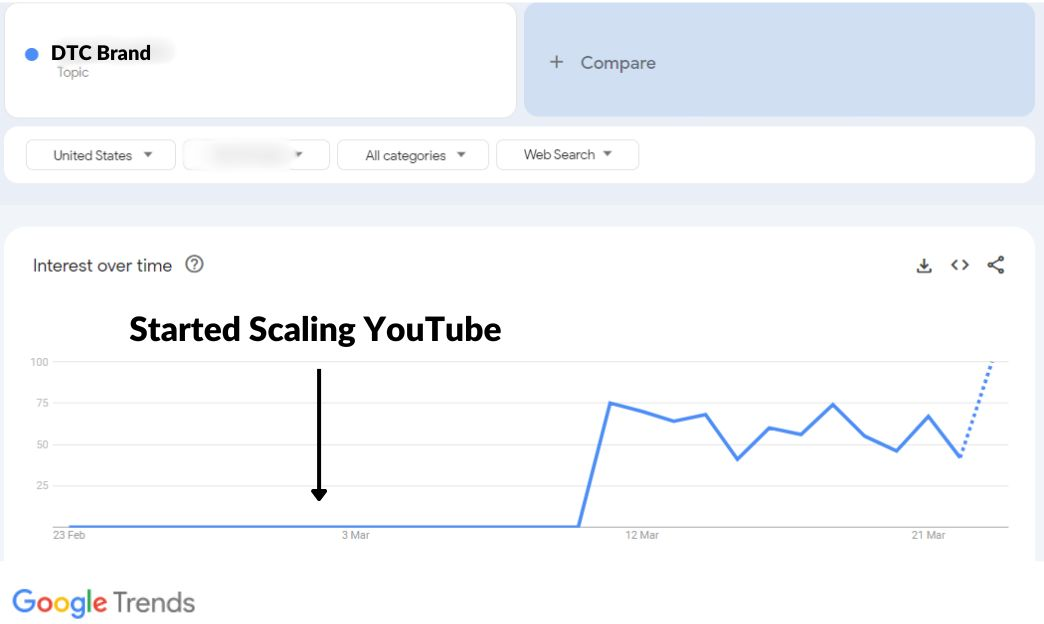
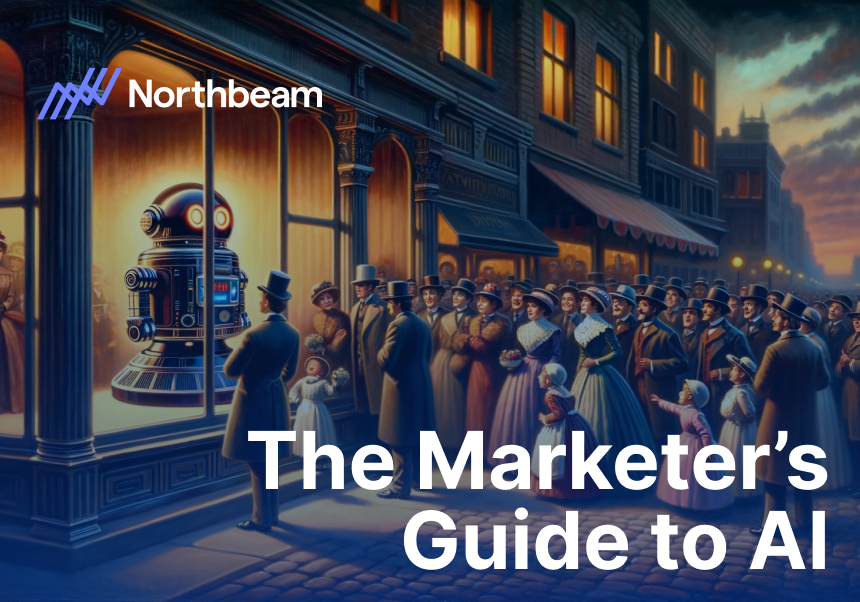

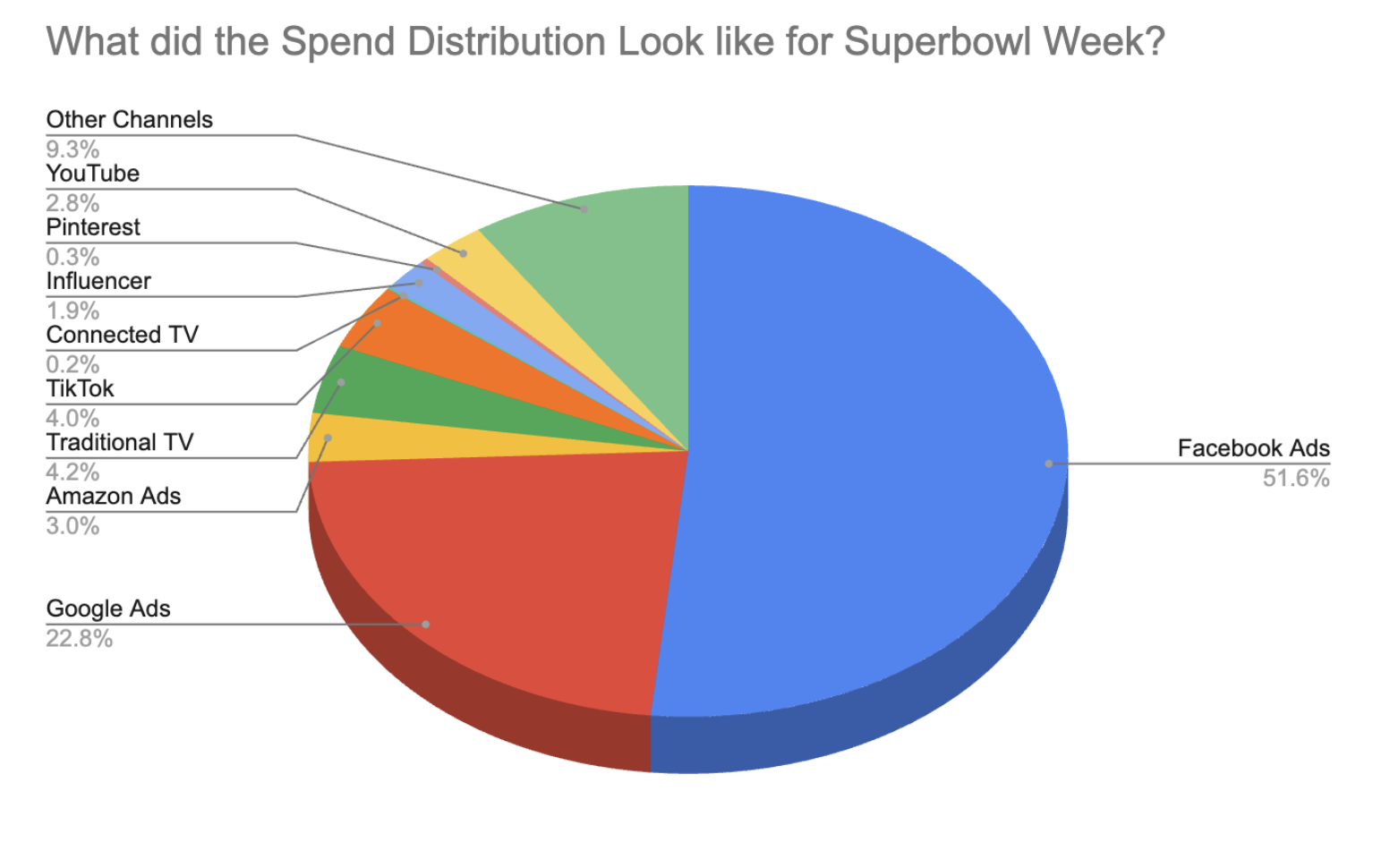



%25201.png)

.png)
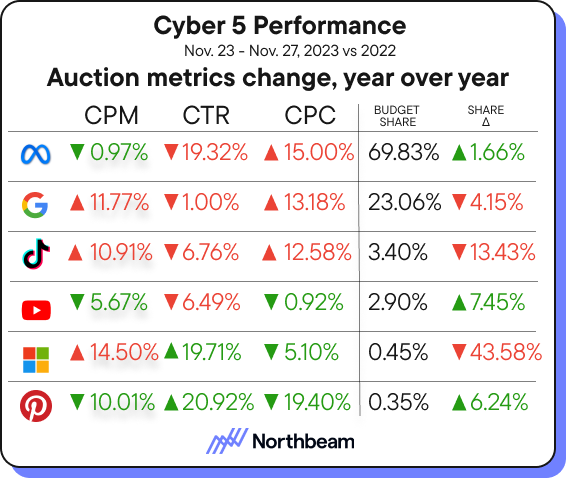
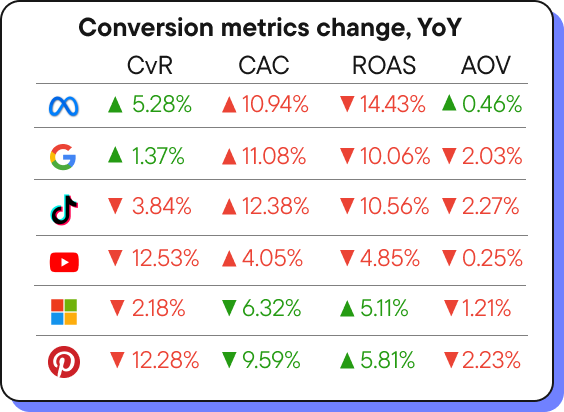
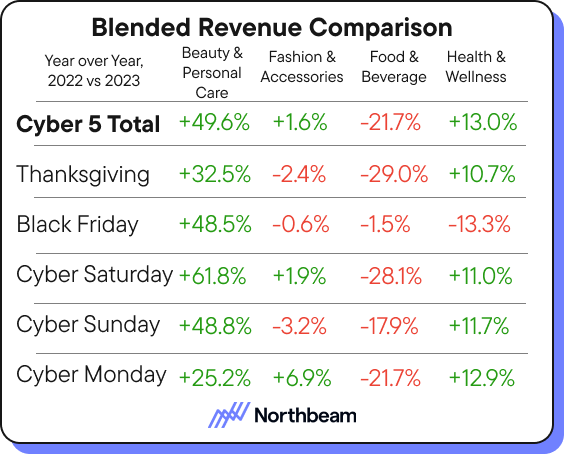
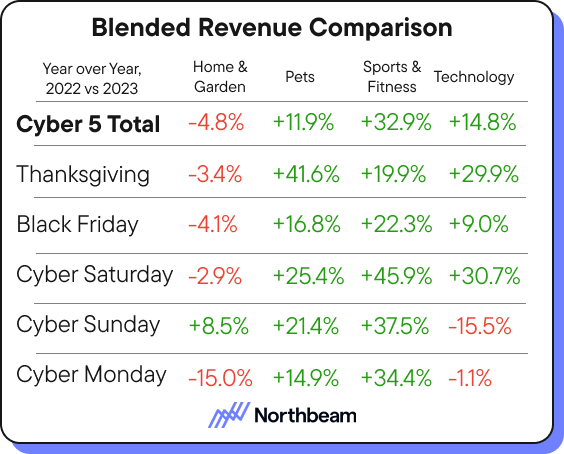
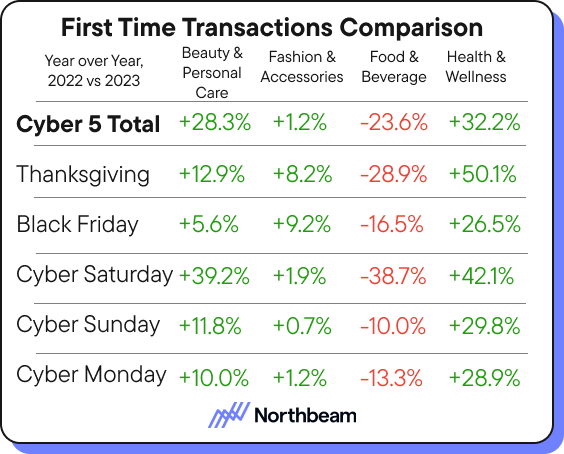
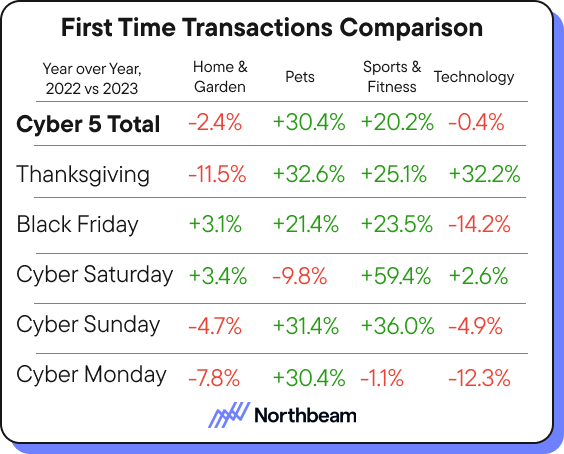

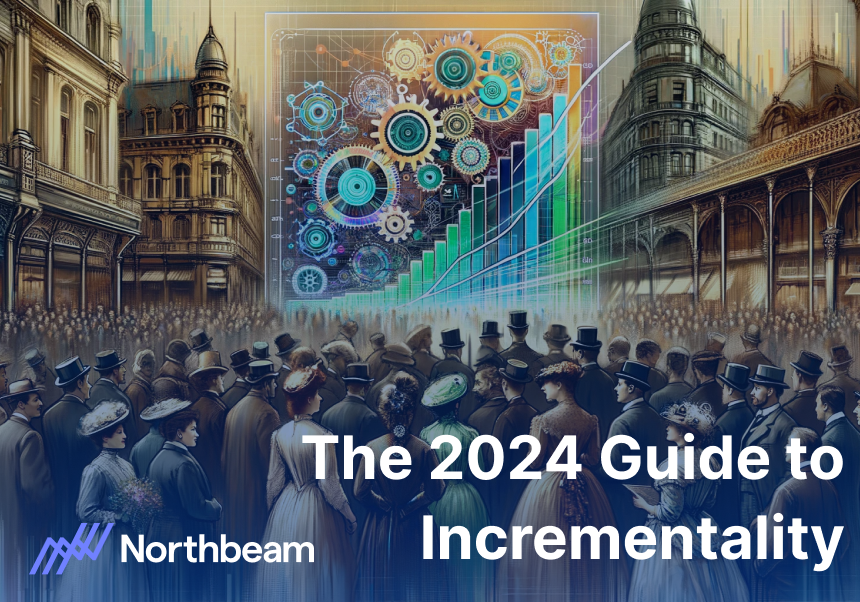
.jpeg)

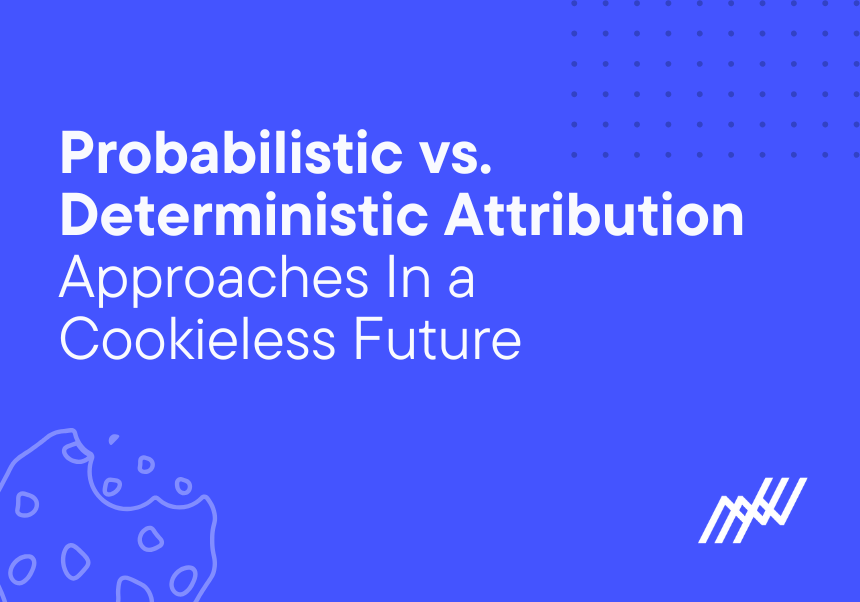
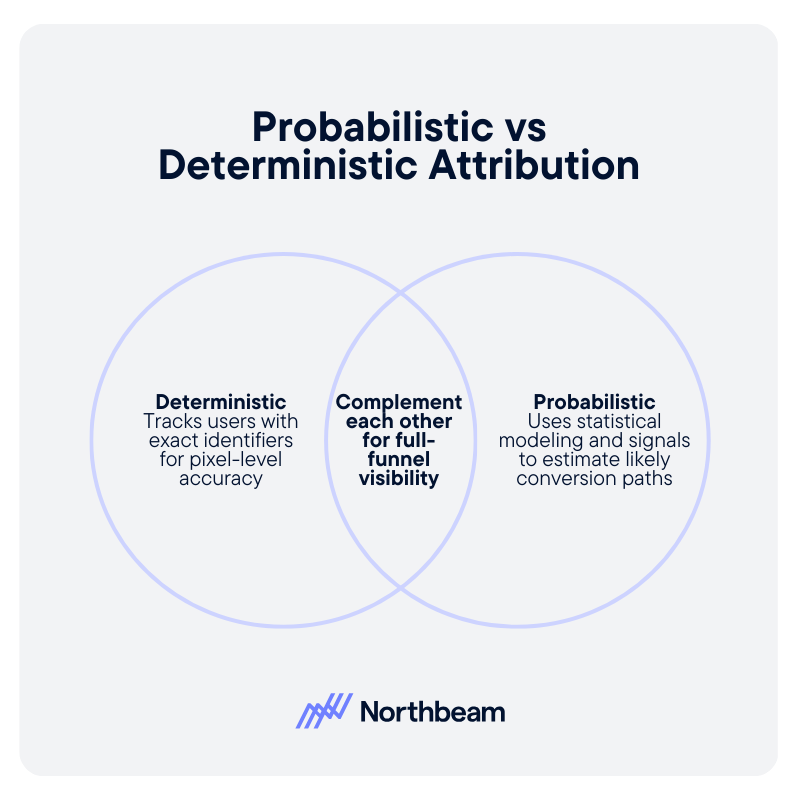
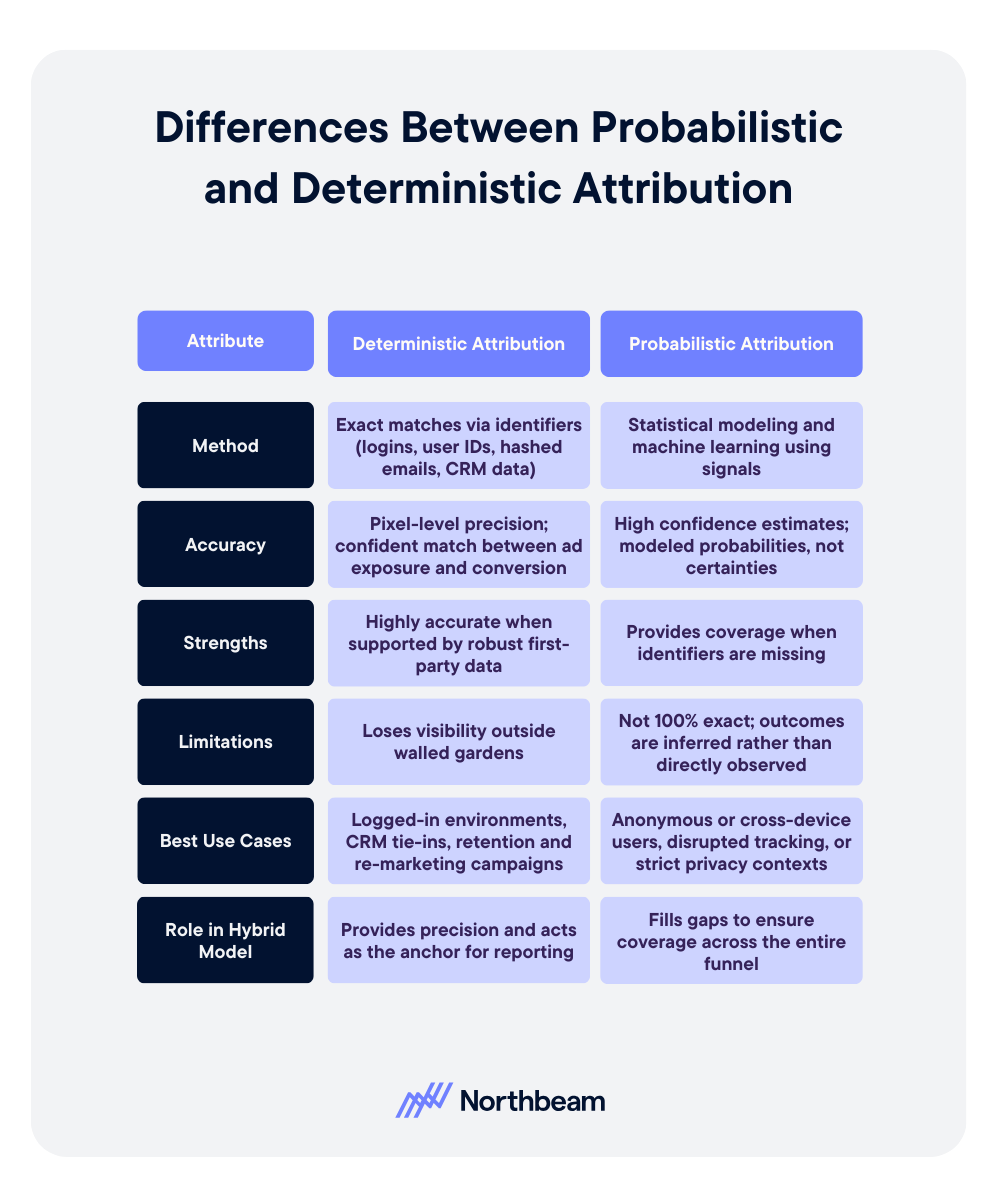
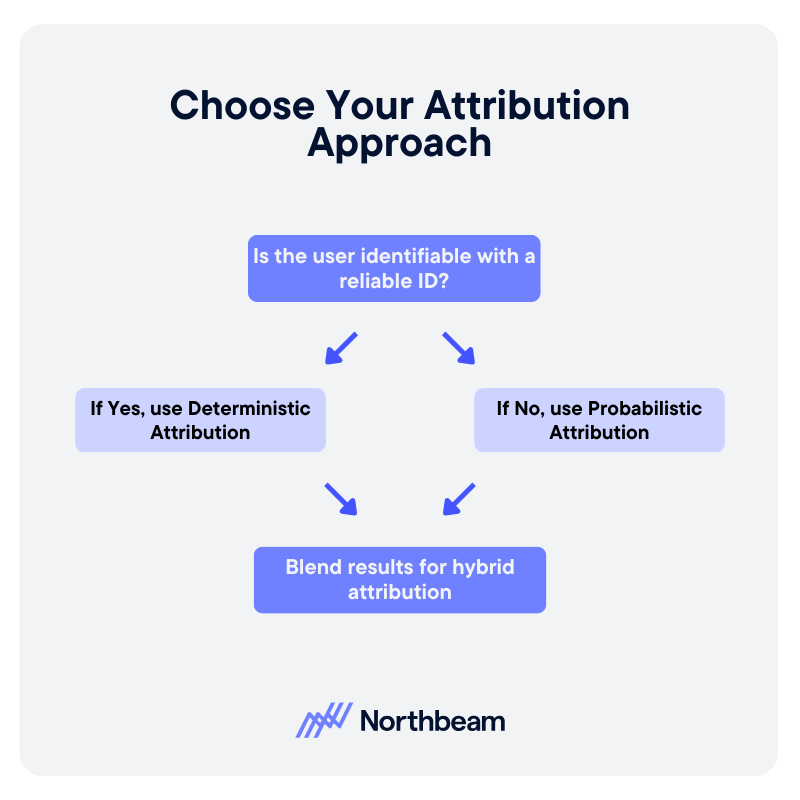




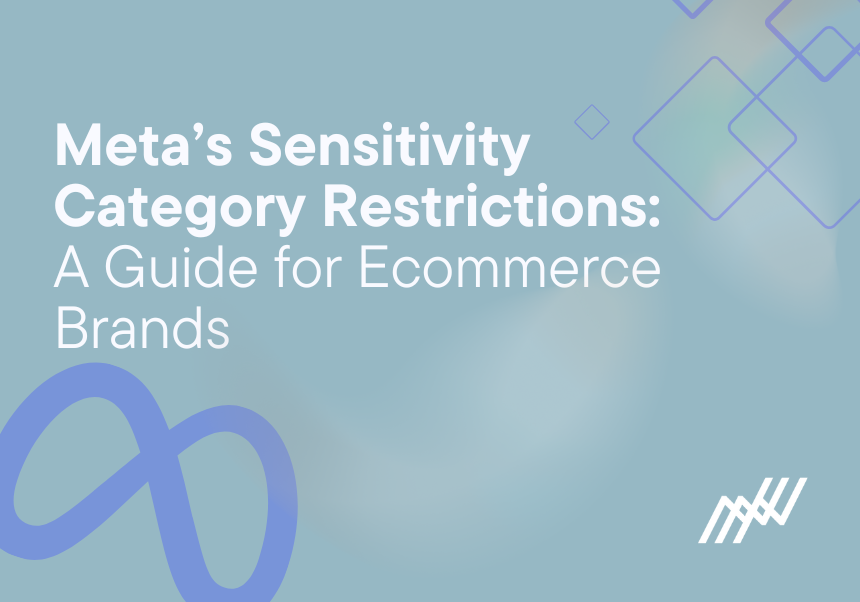
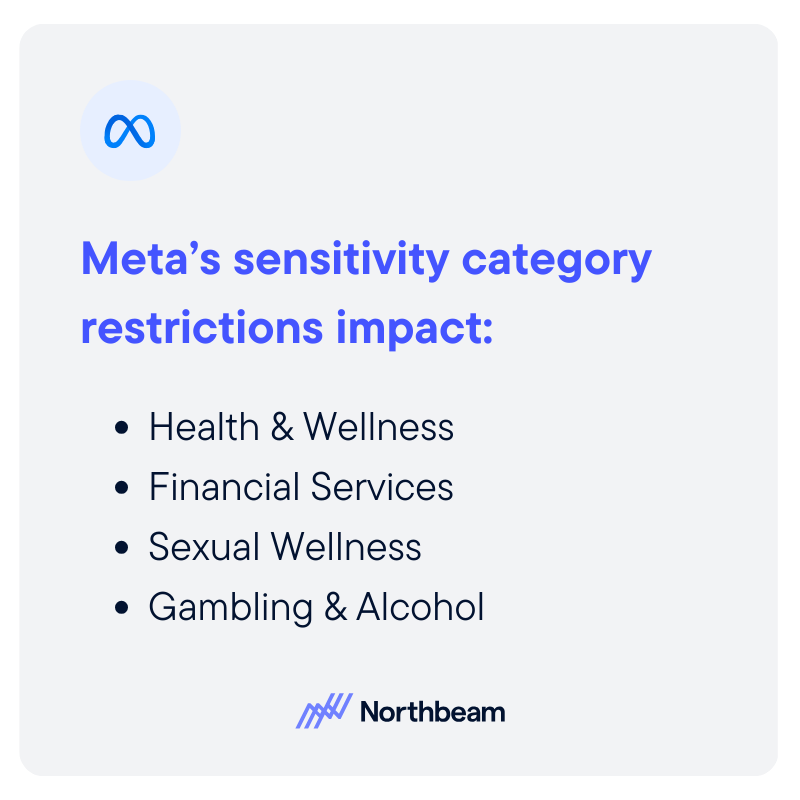
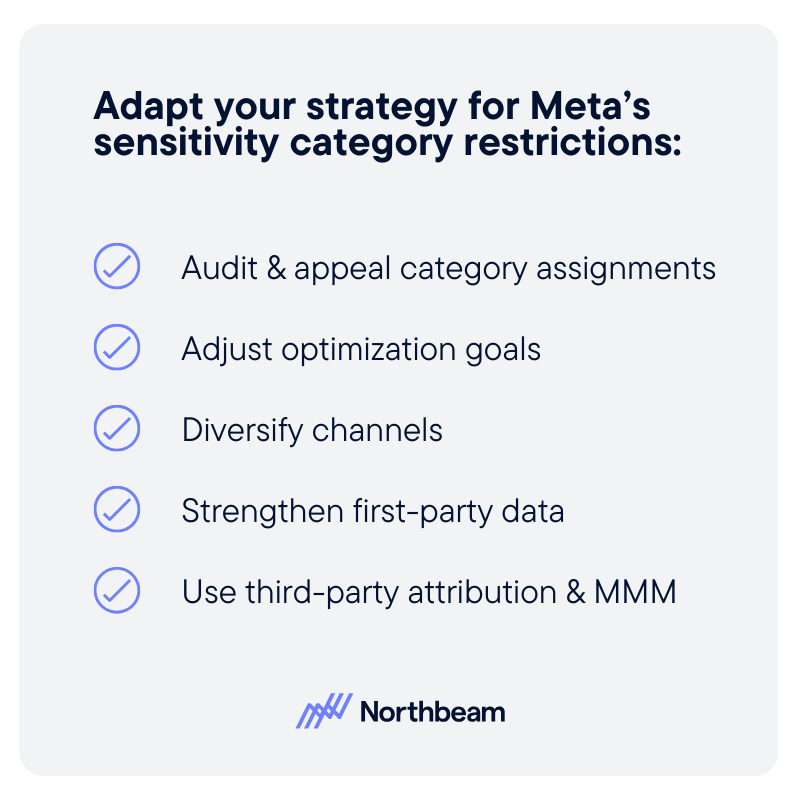

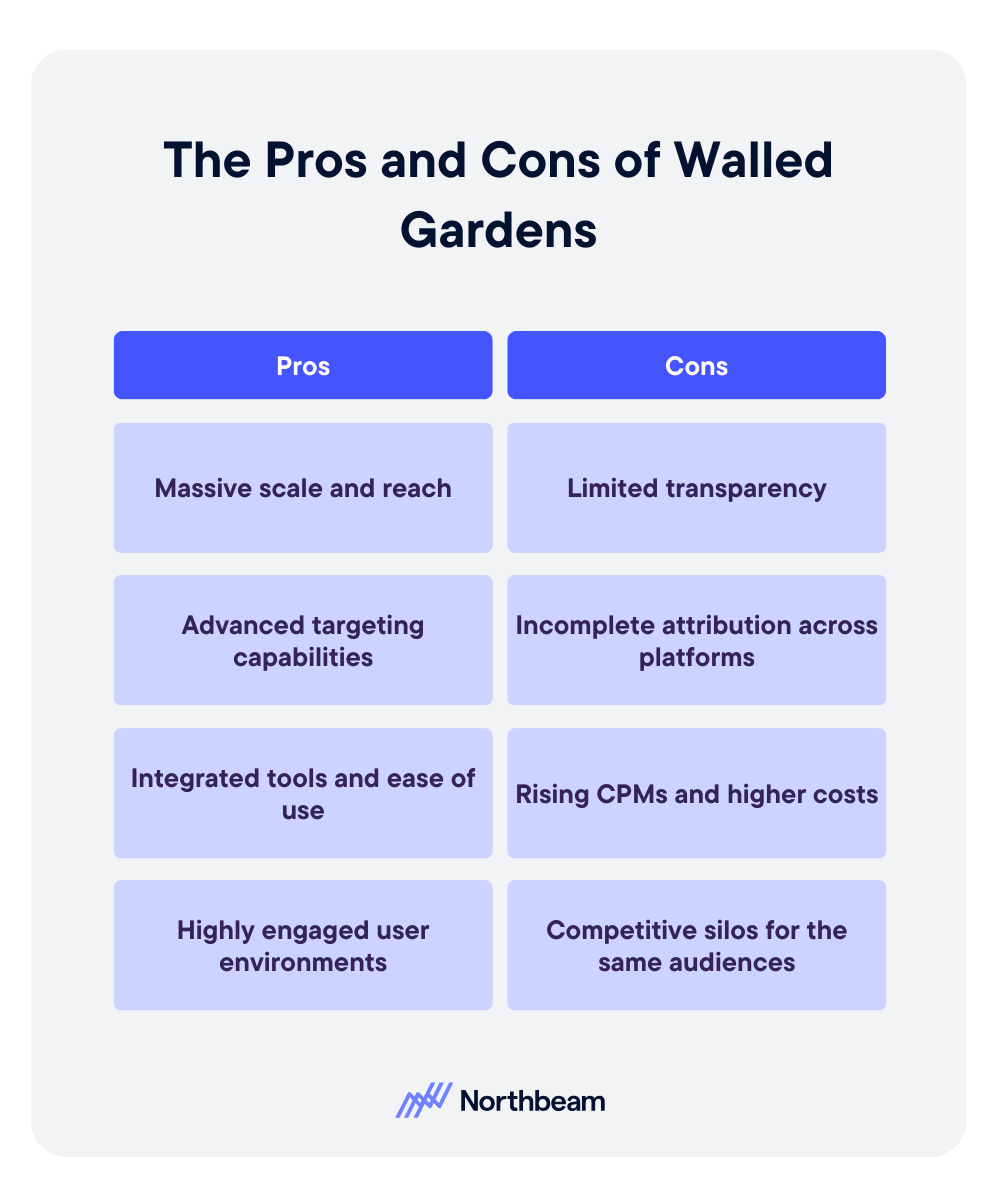
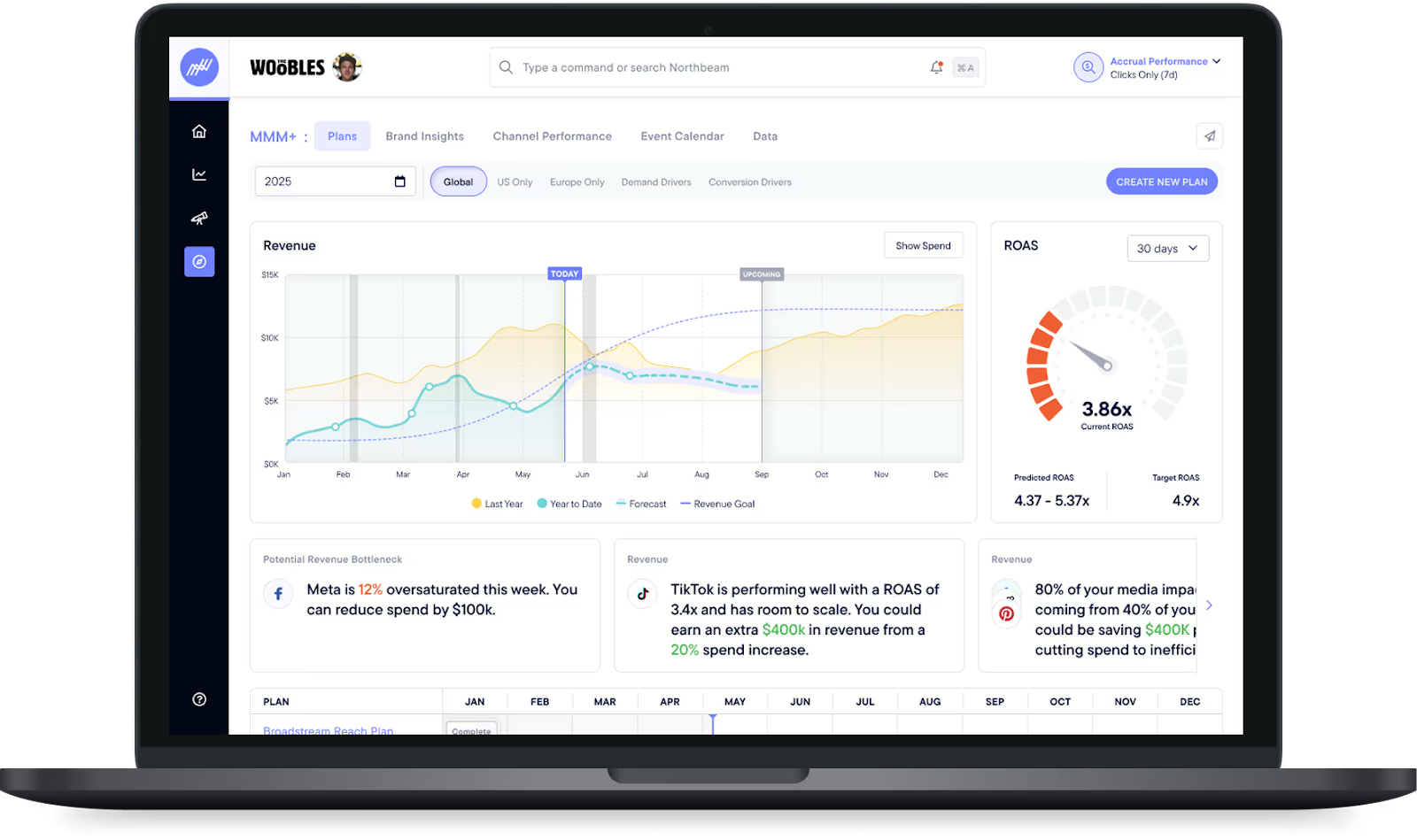
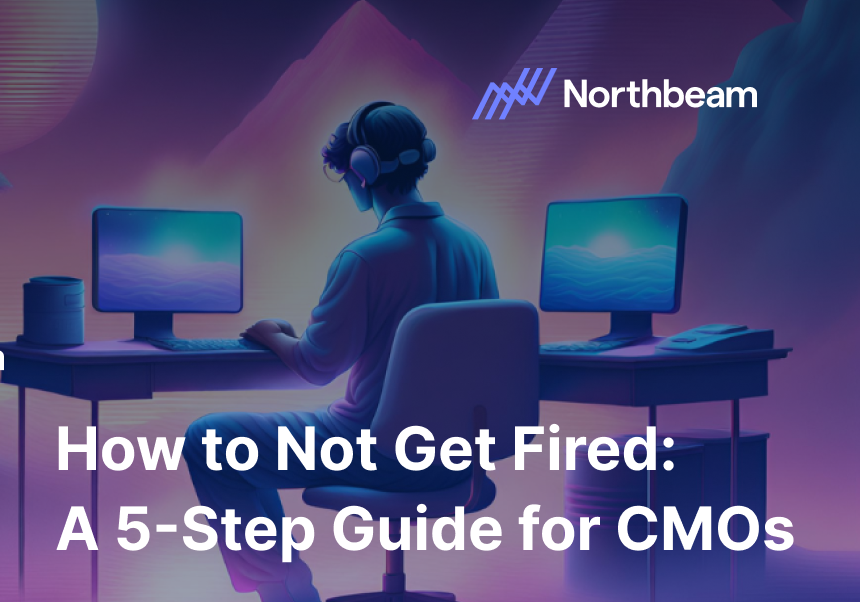
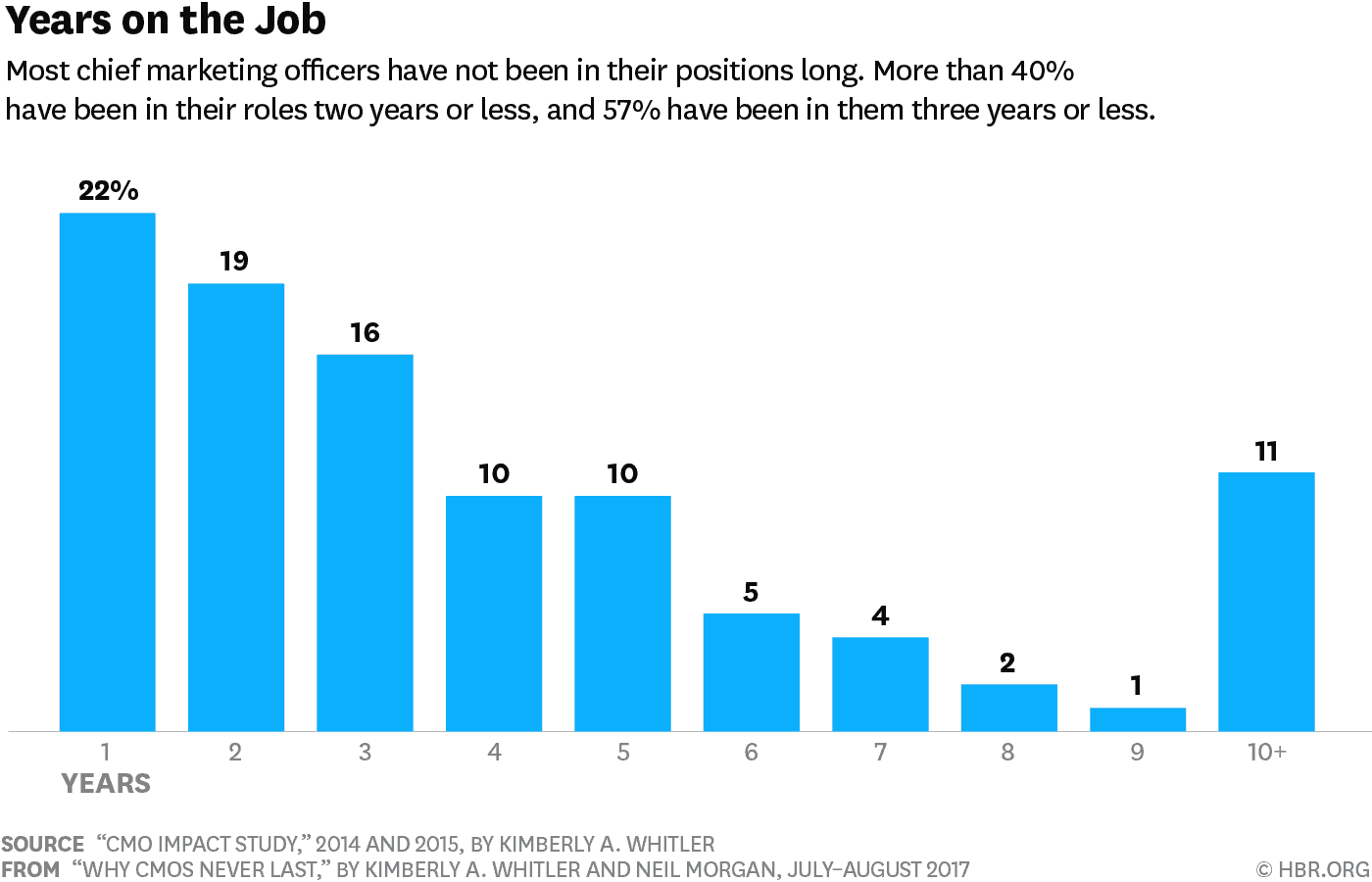
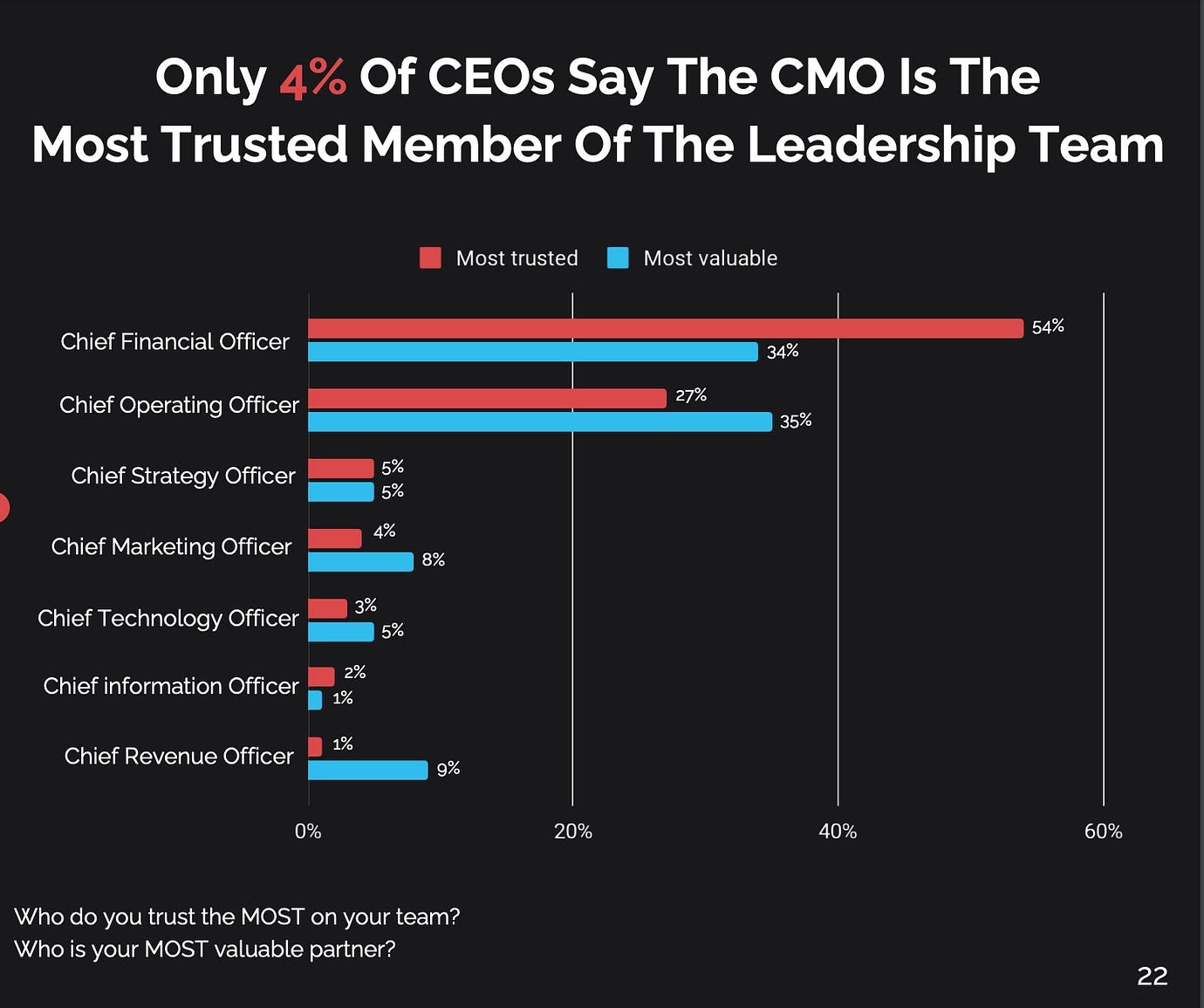

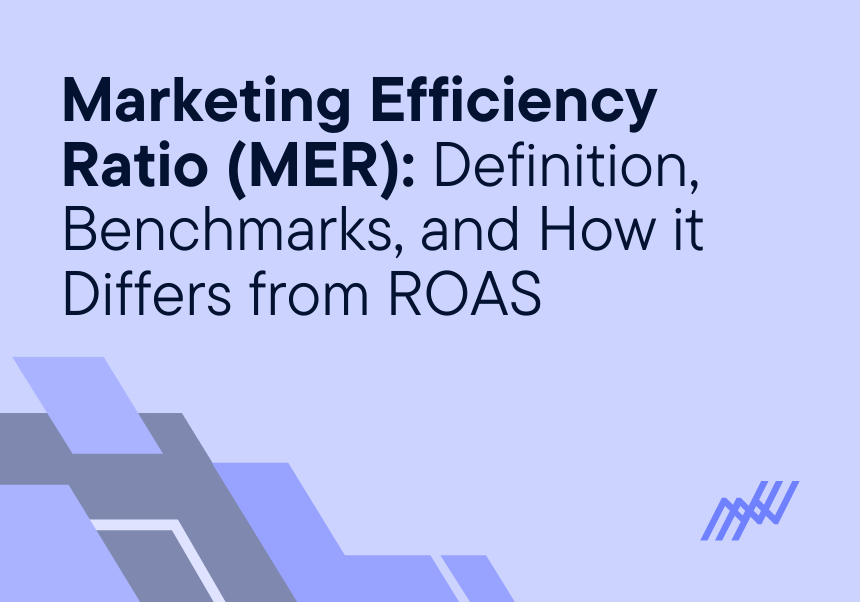
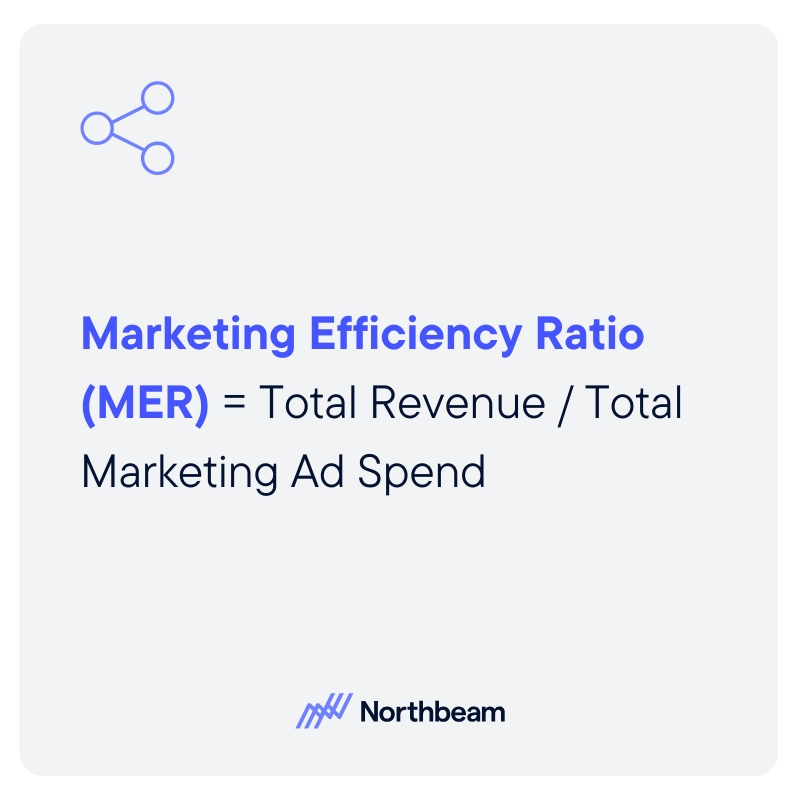

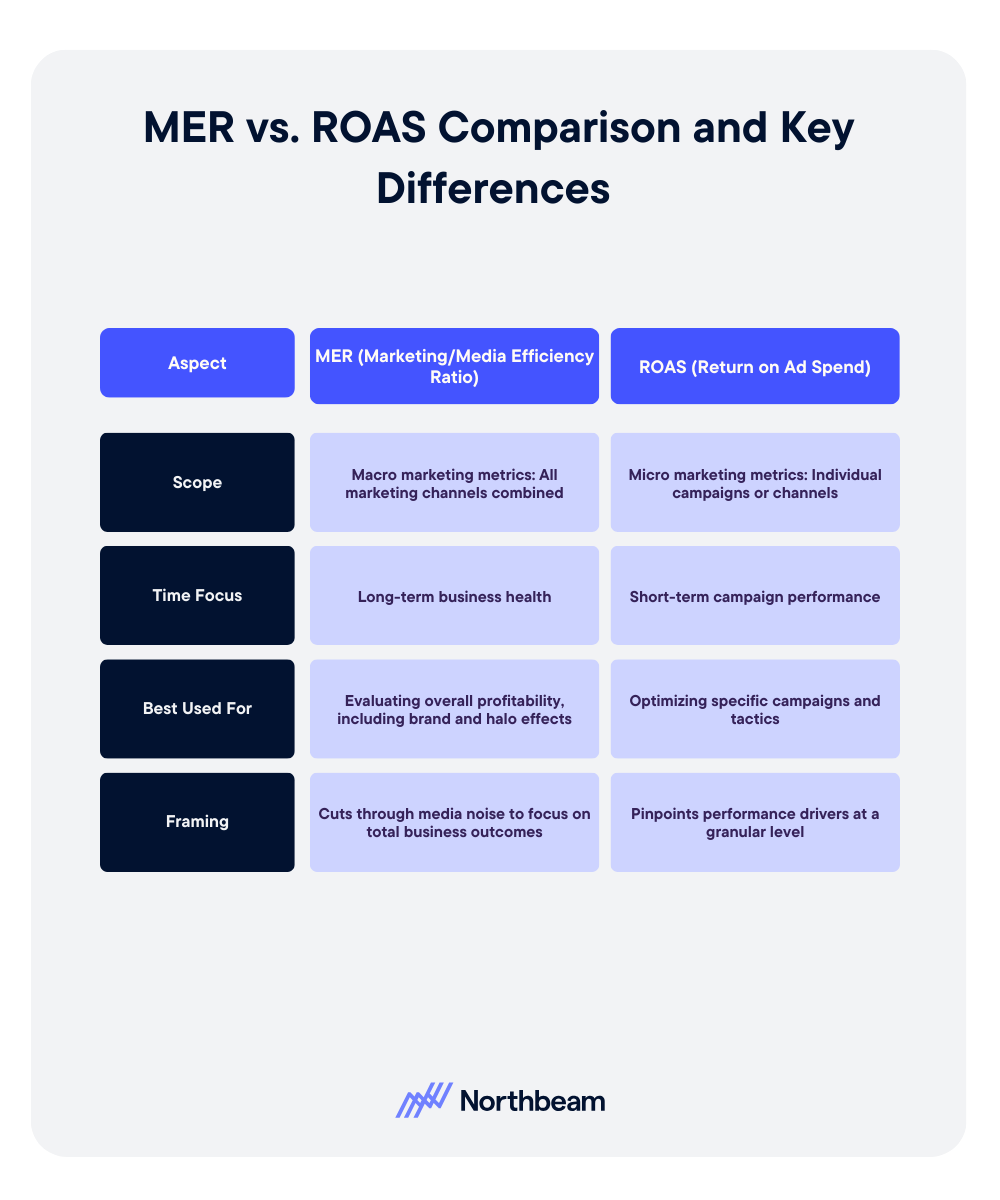







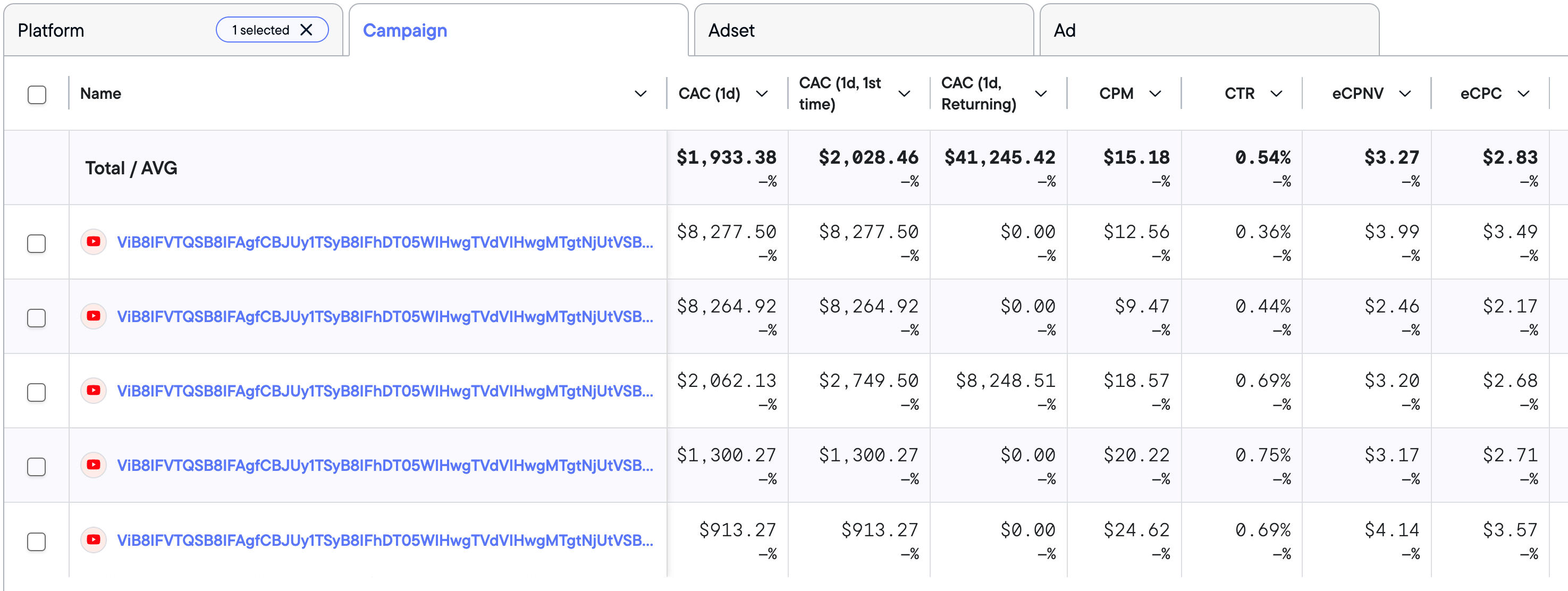

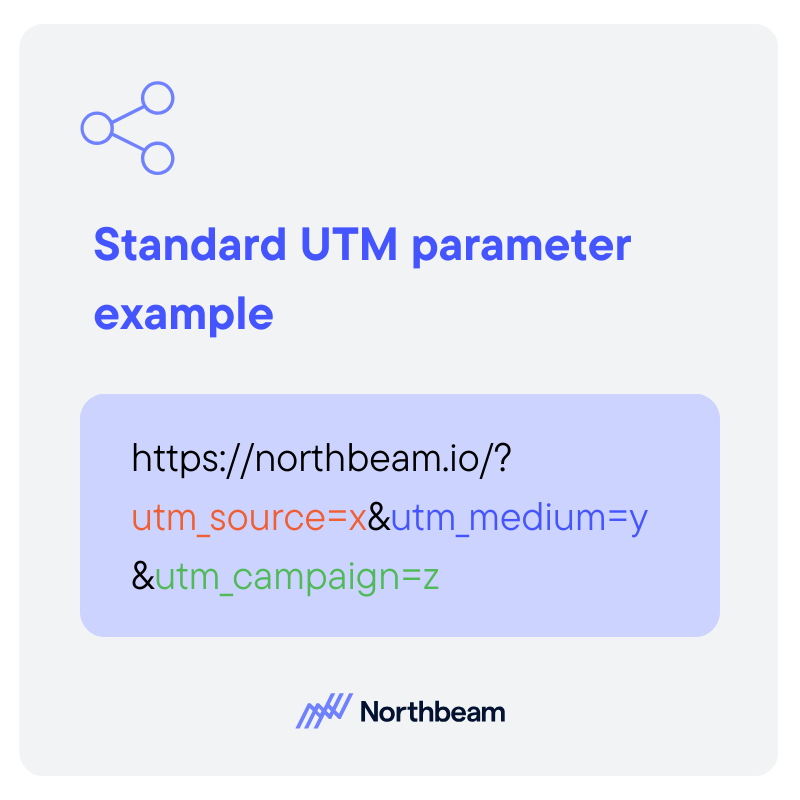
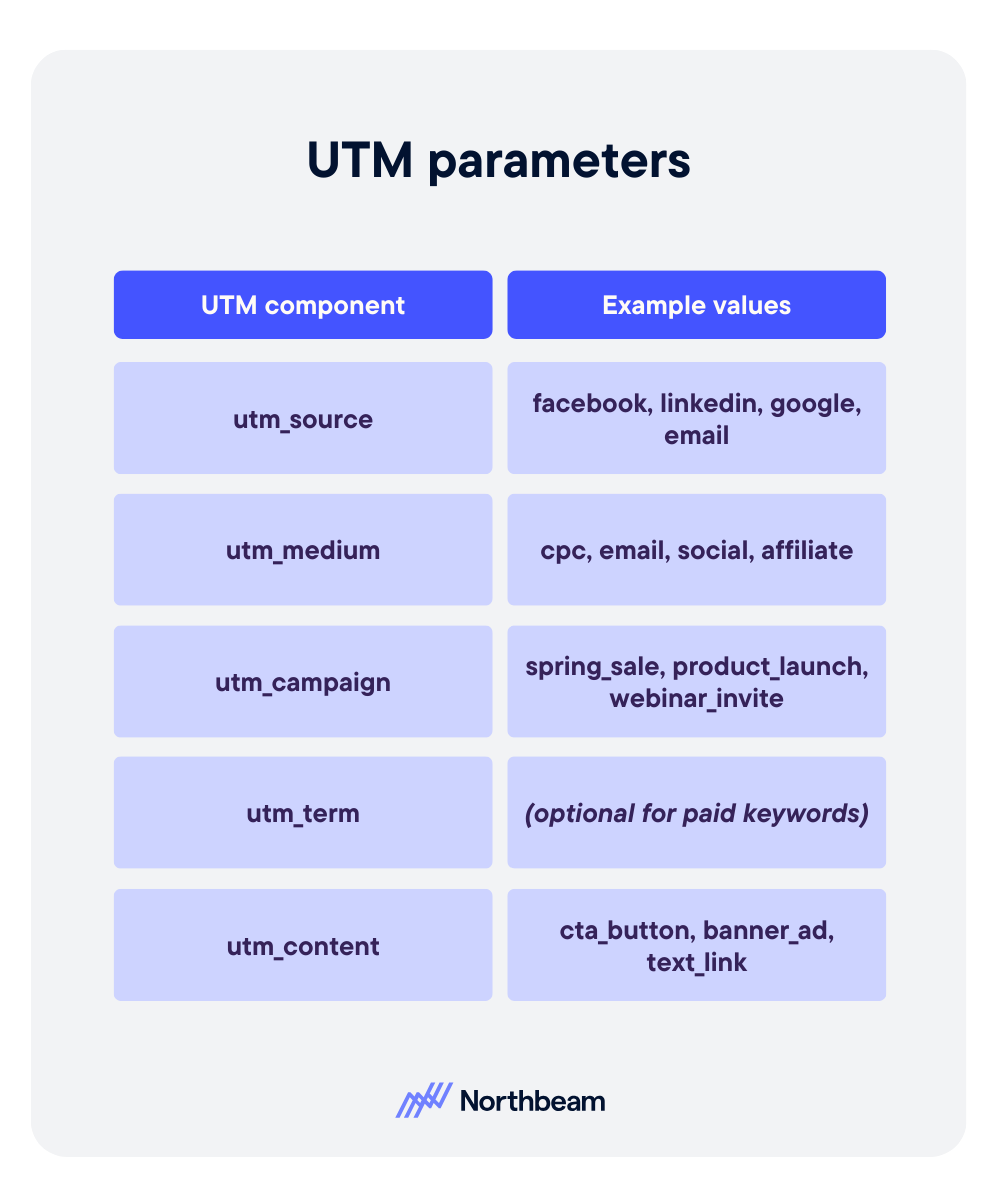
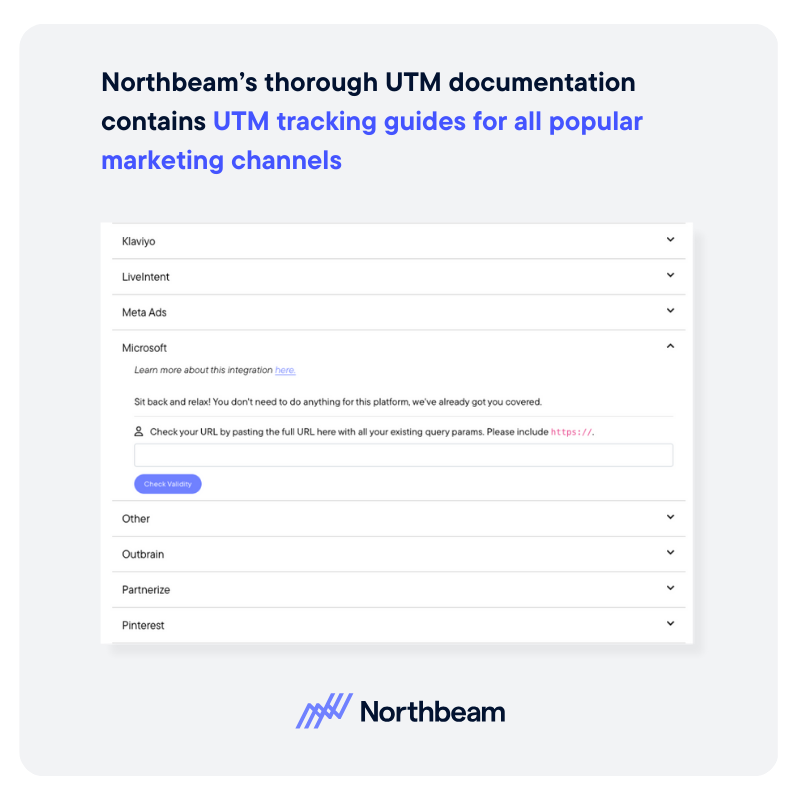

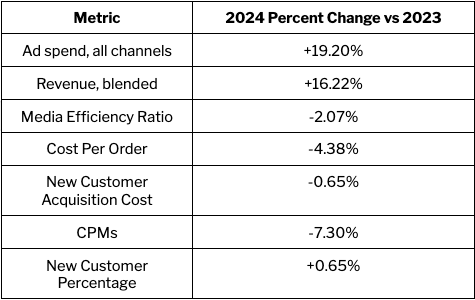
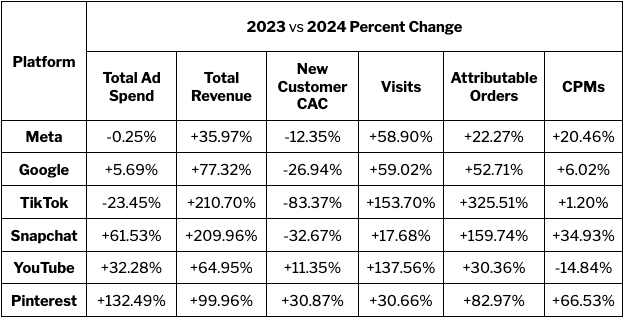

.png)

.png)
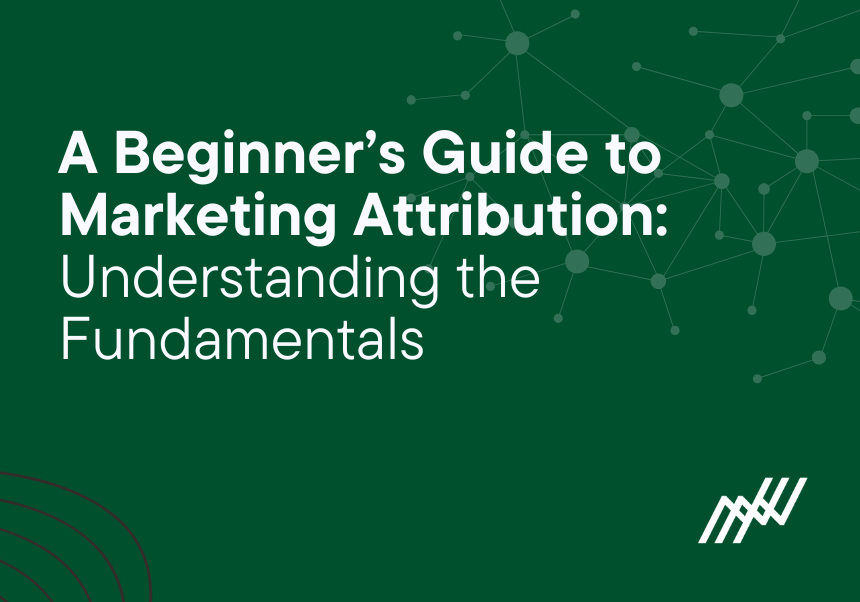
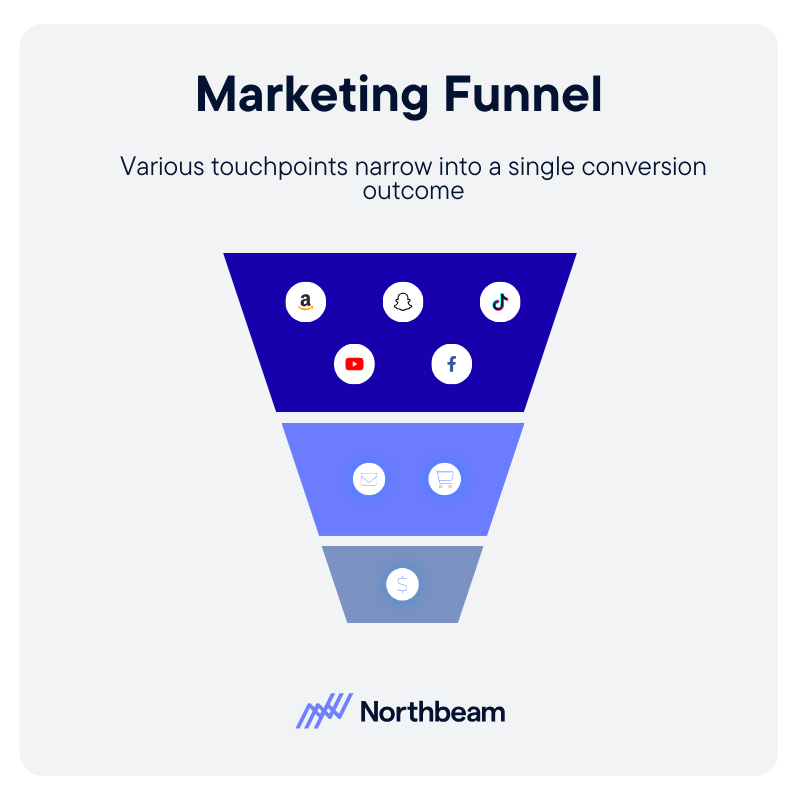
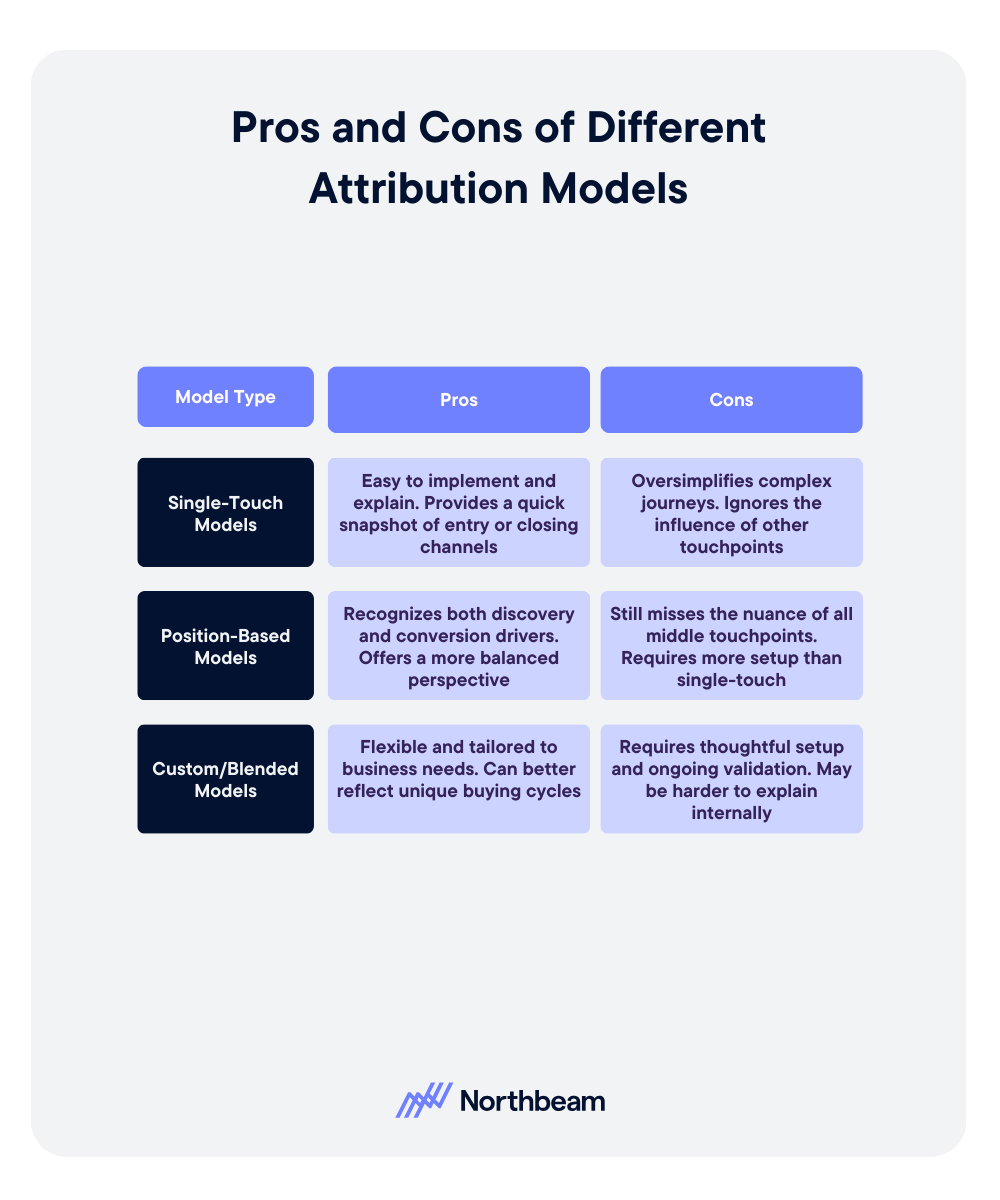



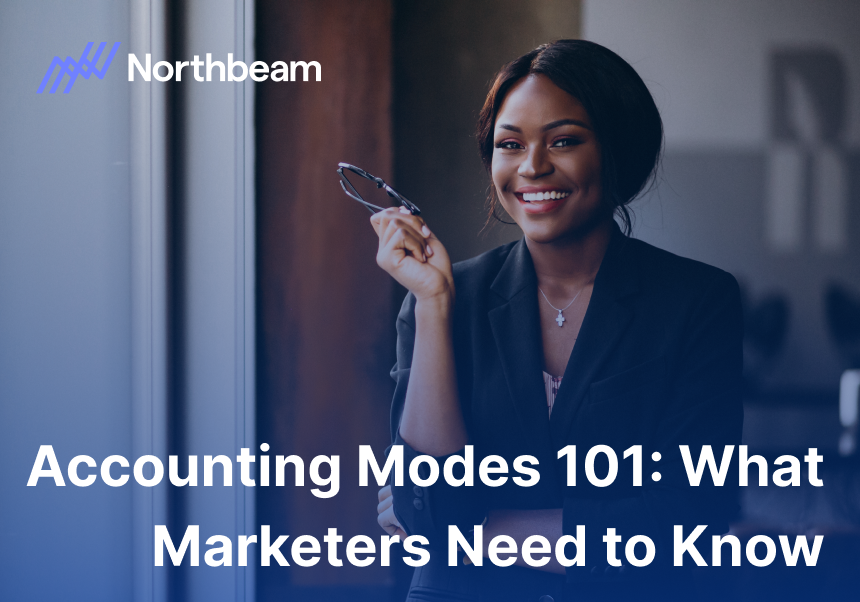
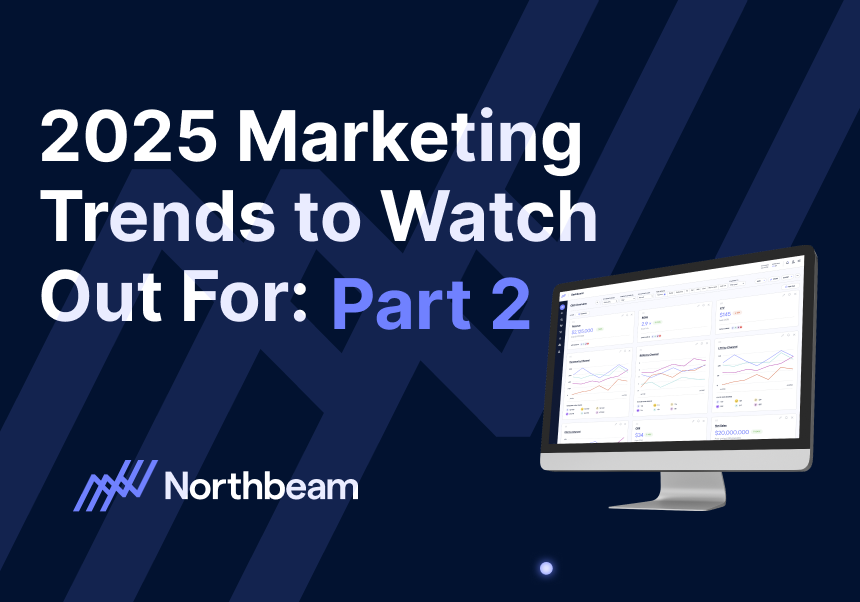
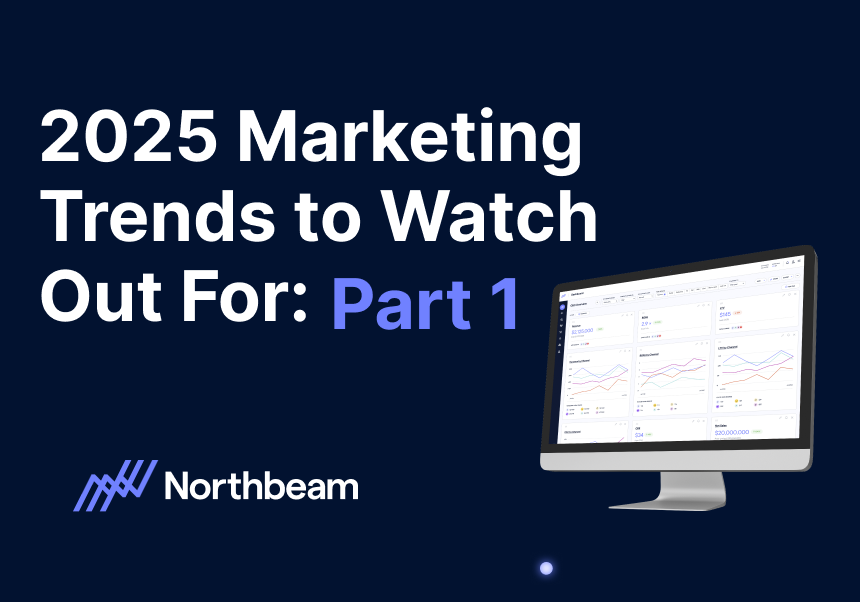



.svg)
